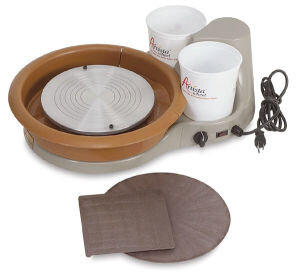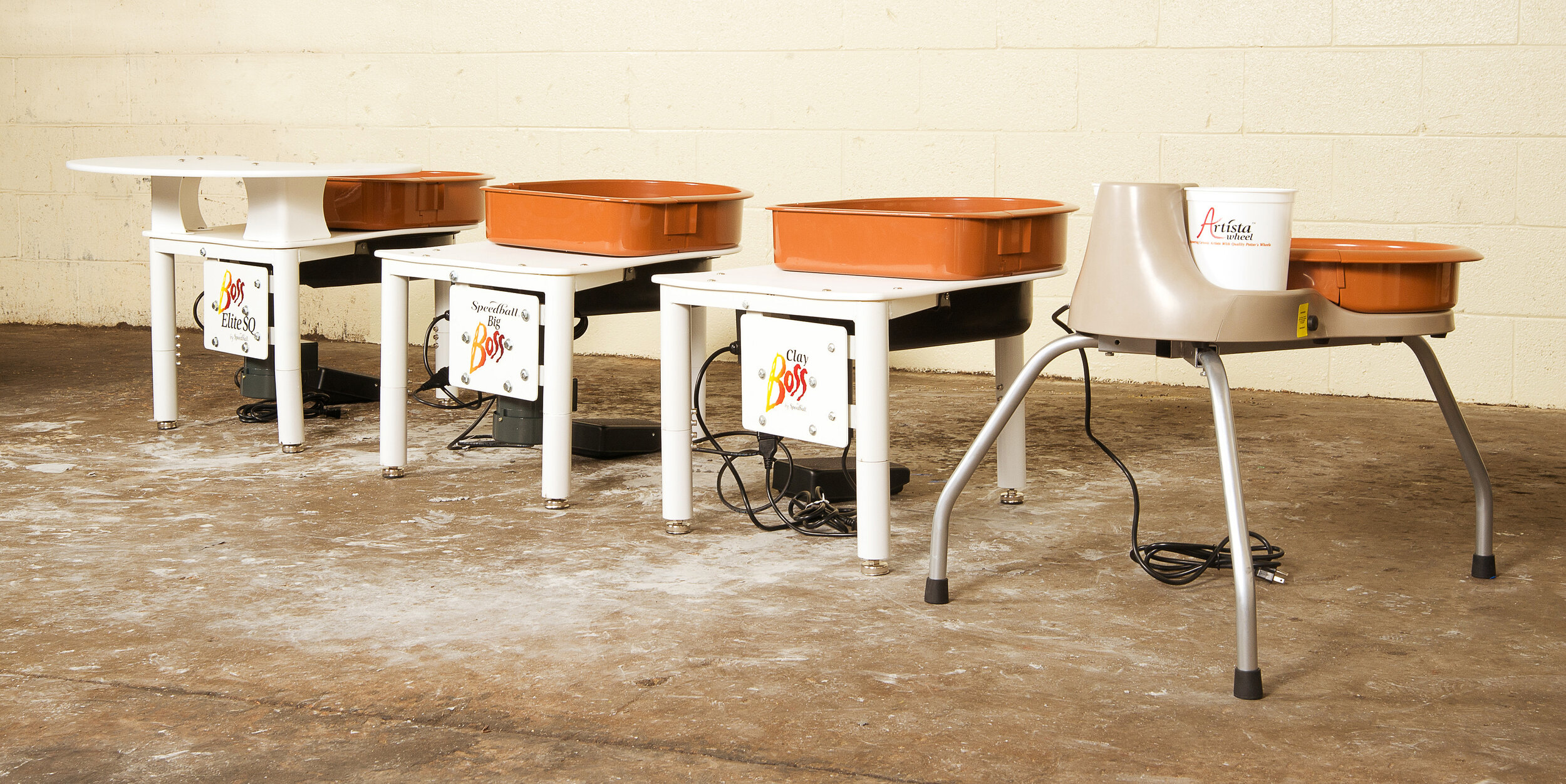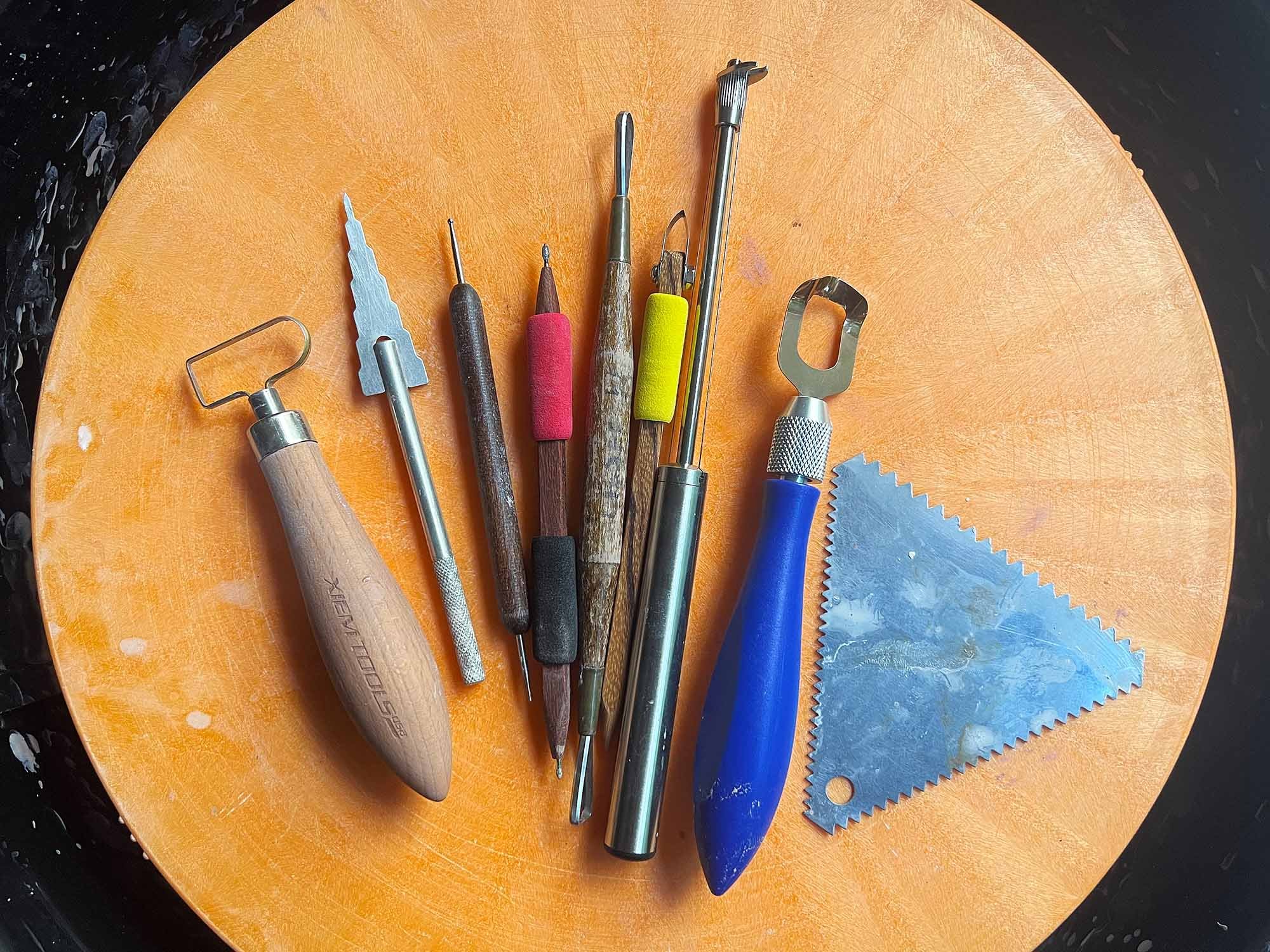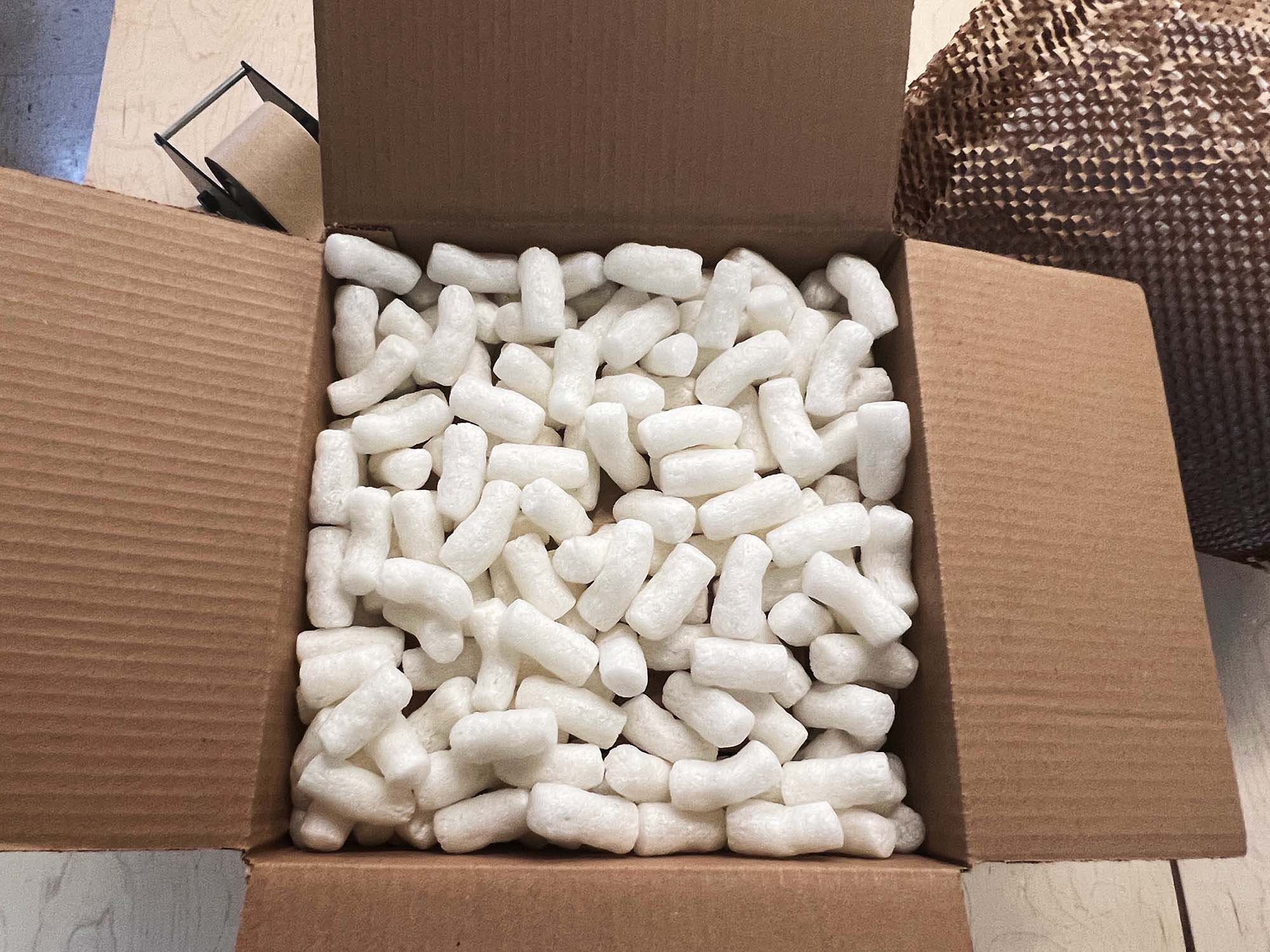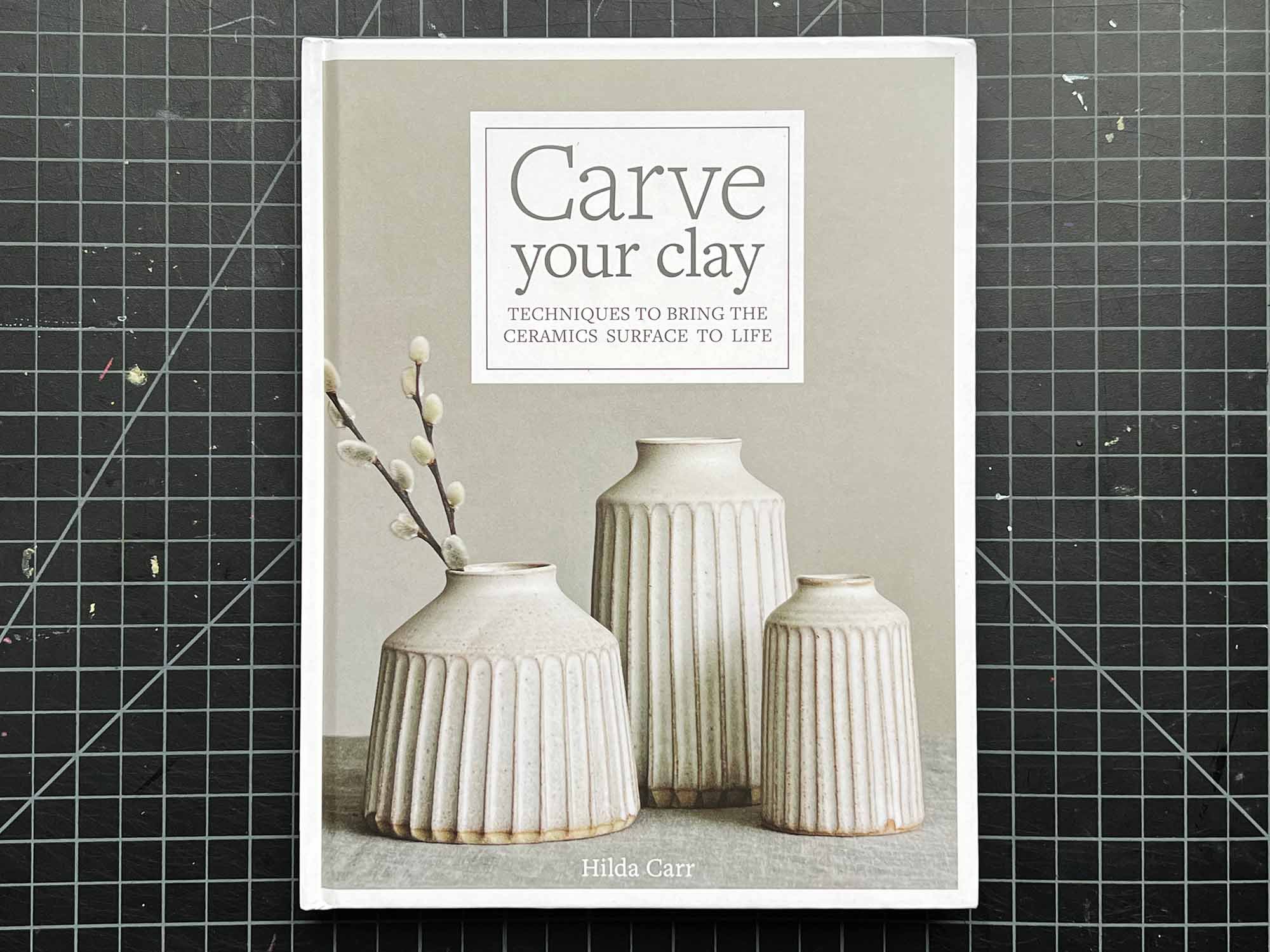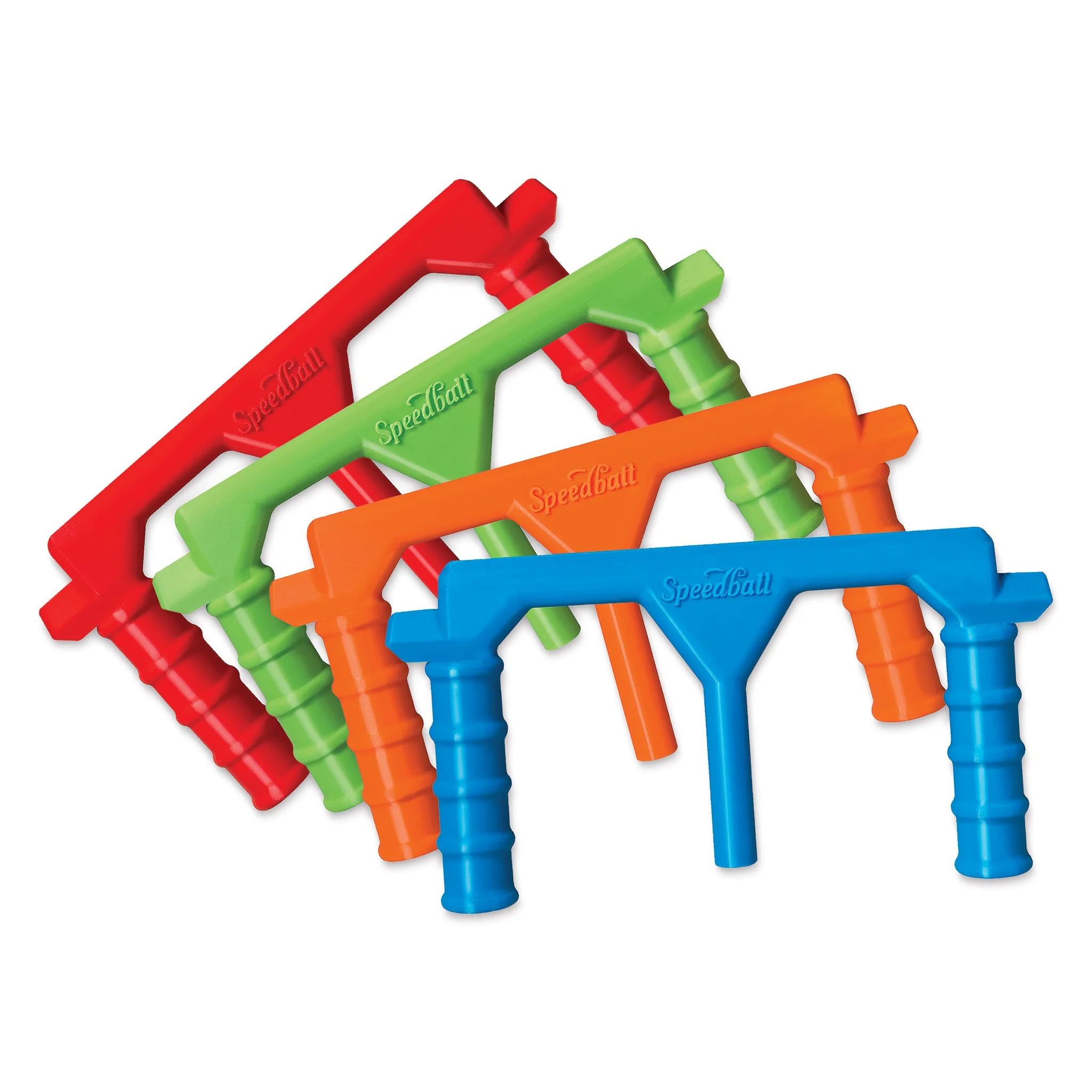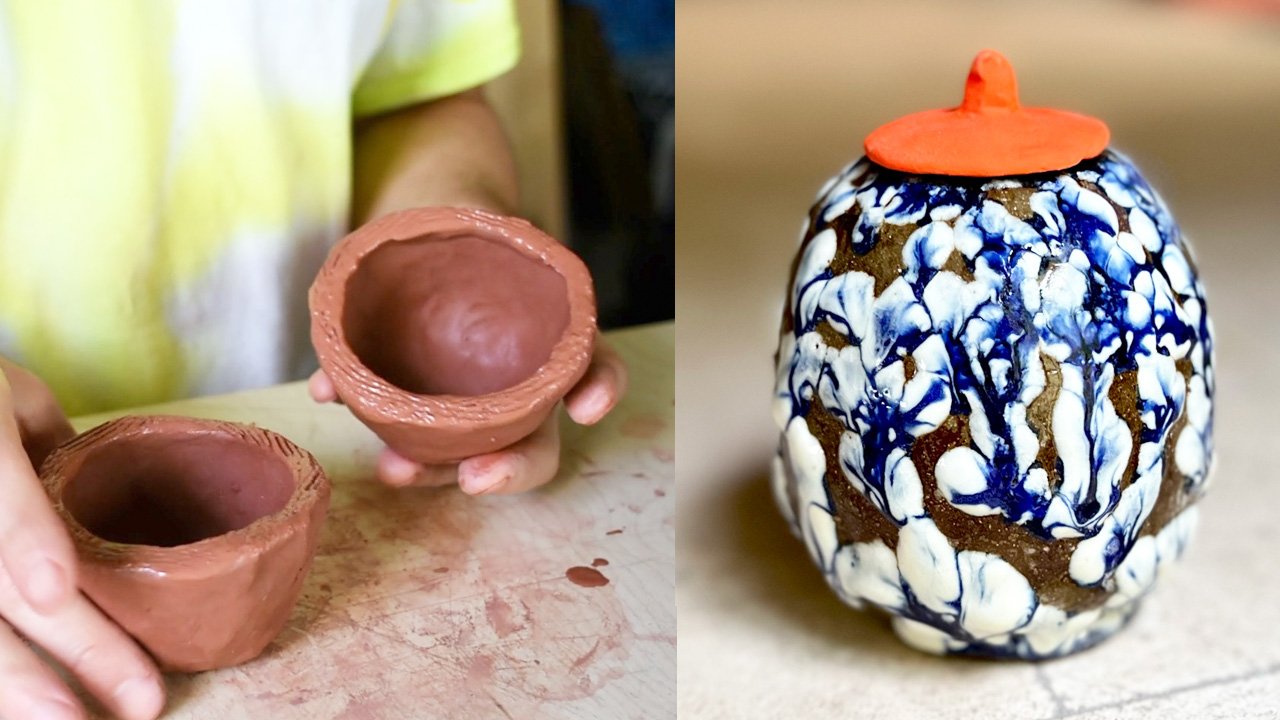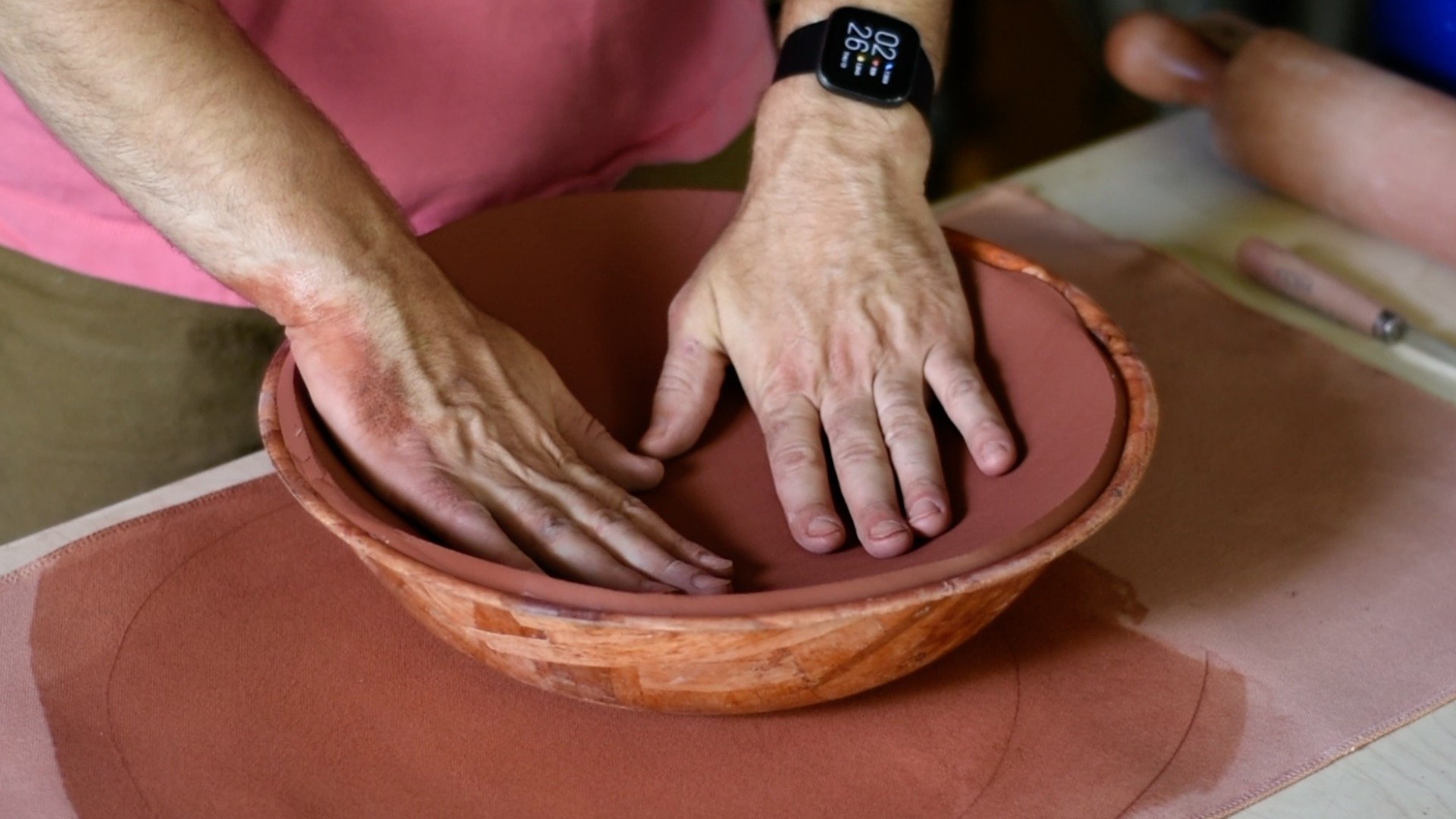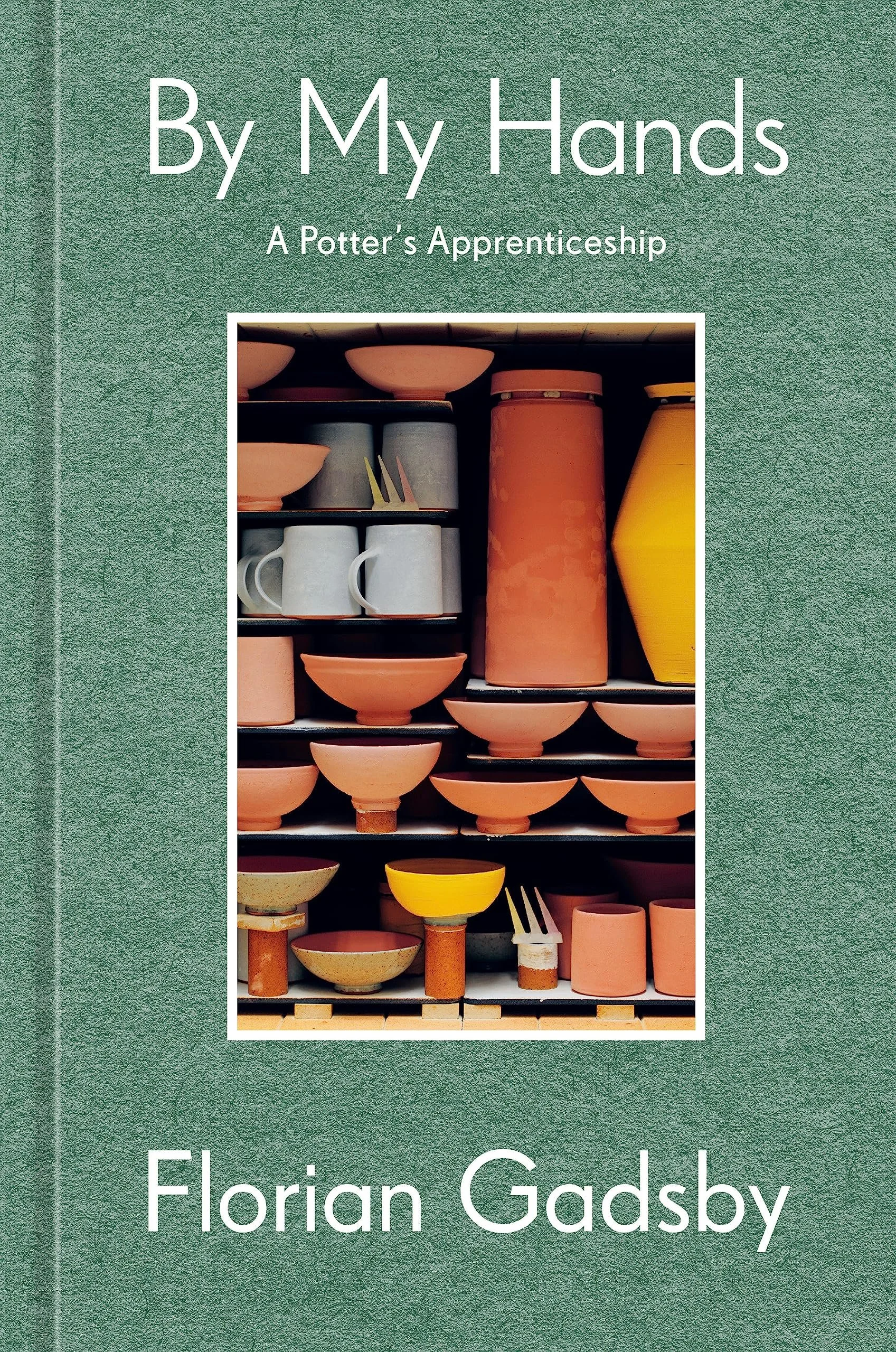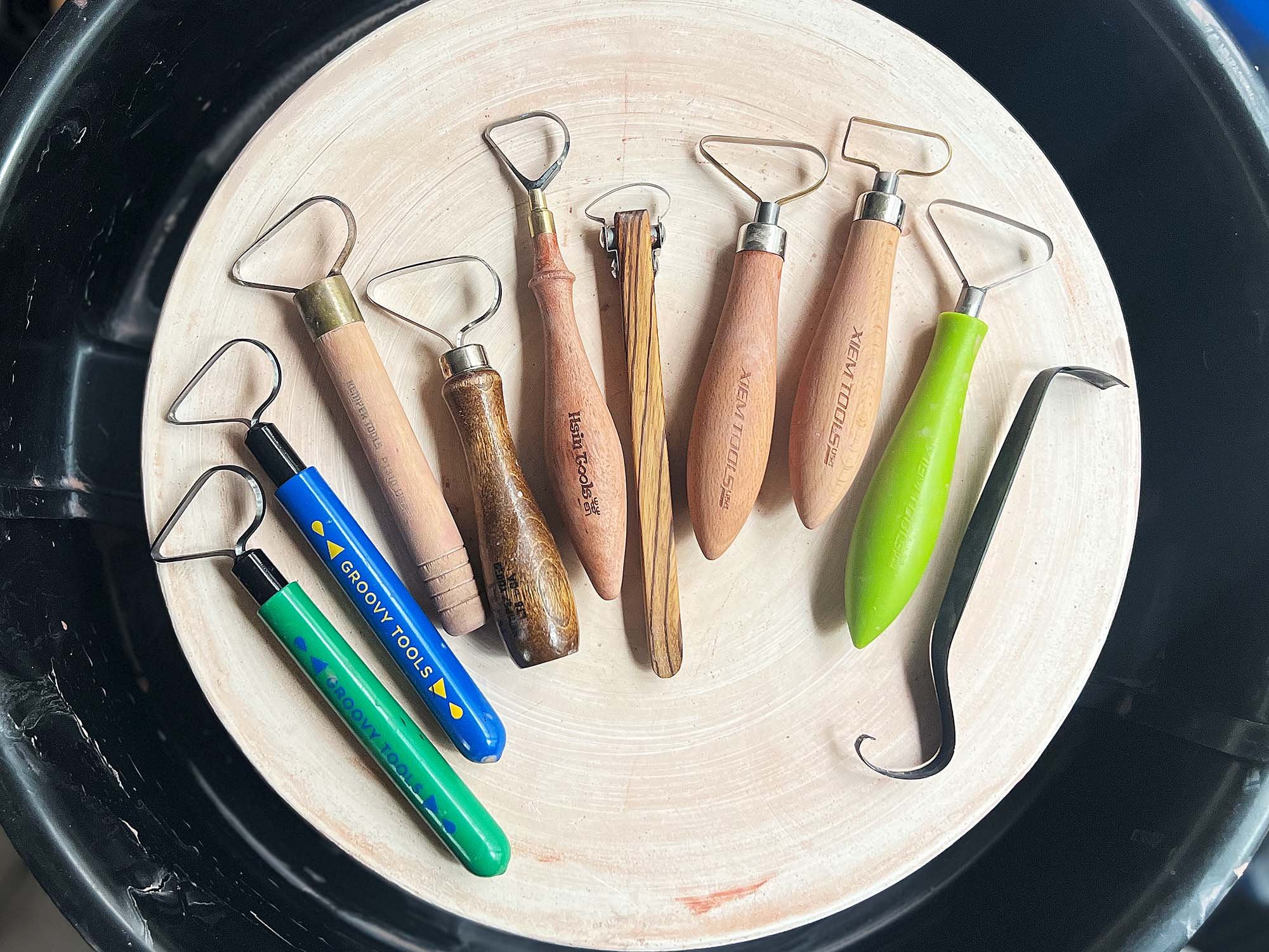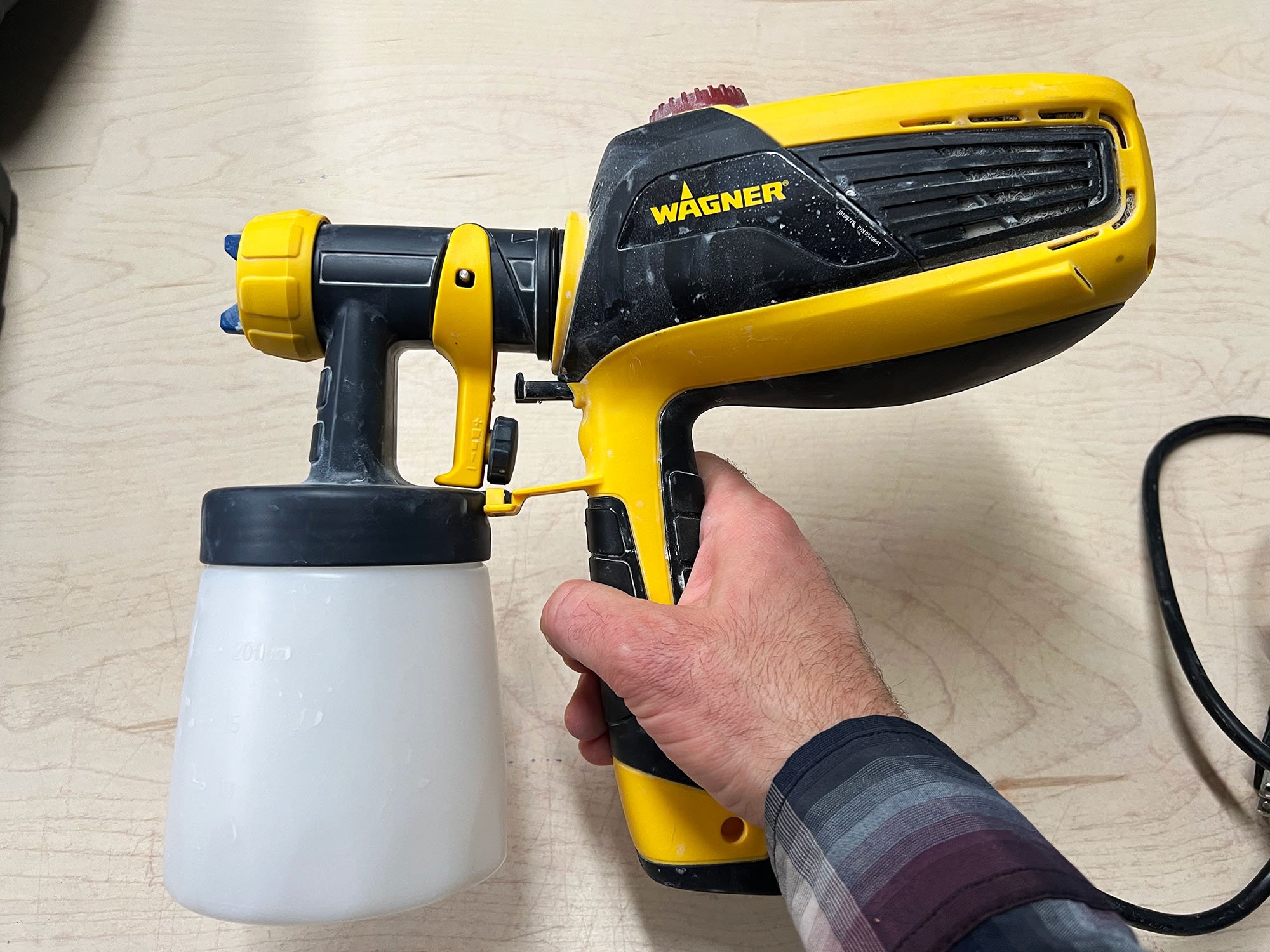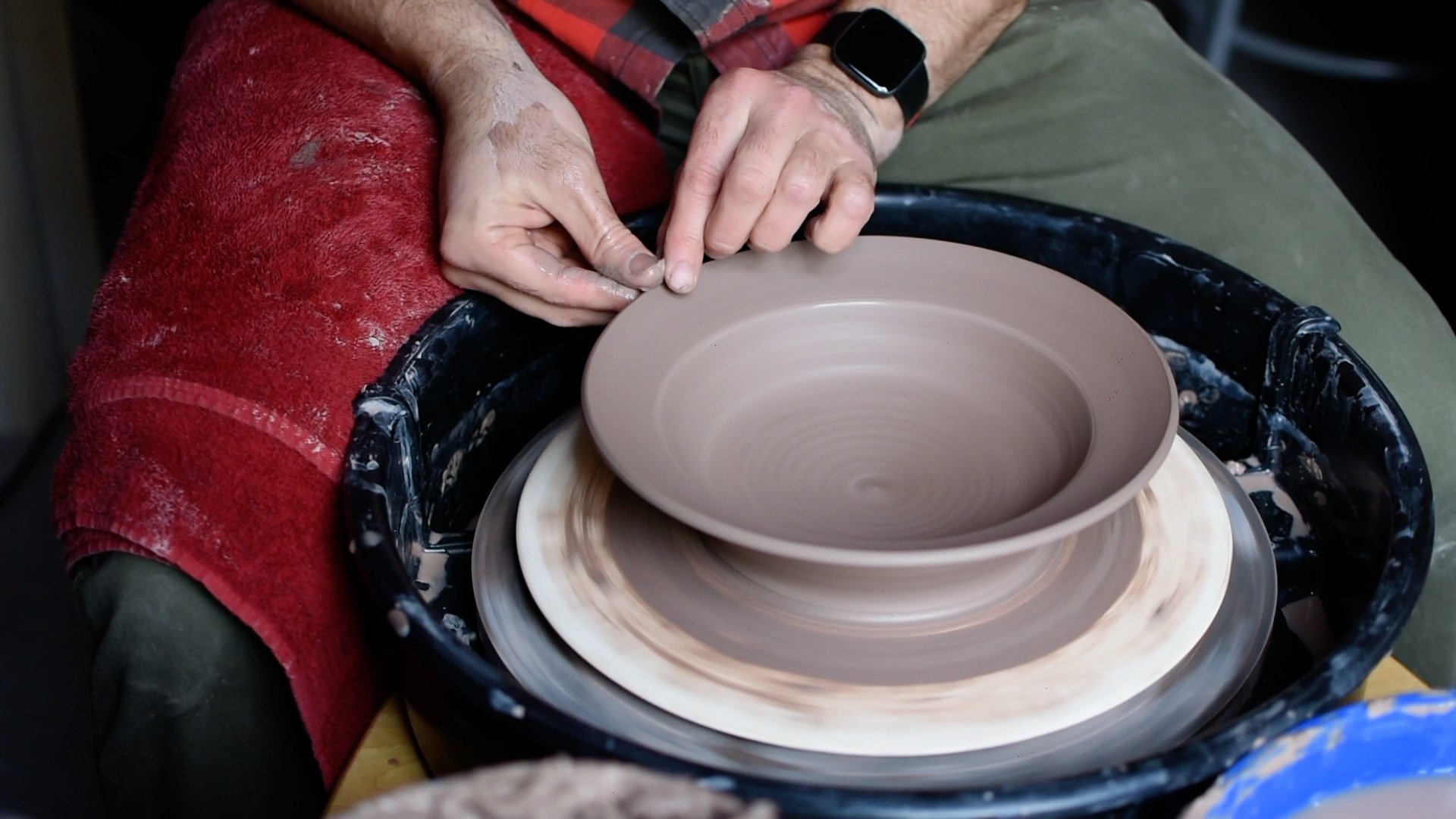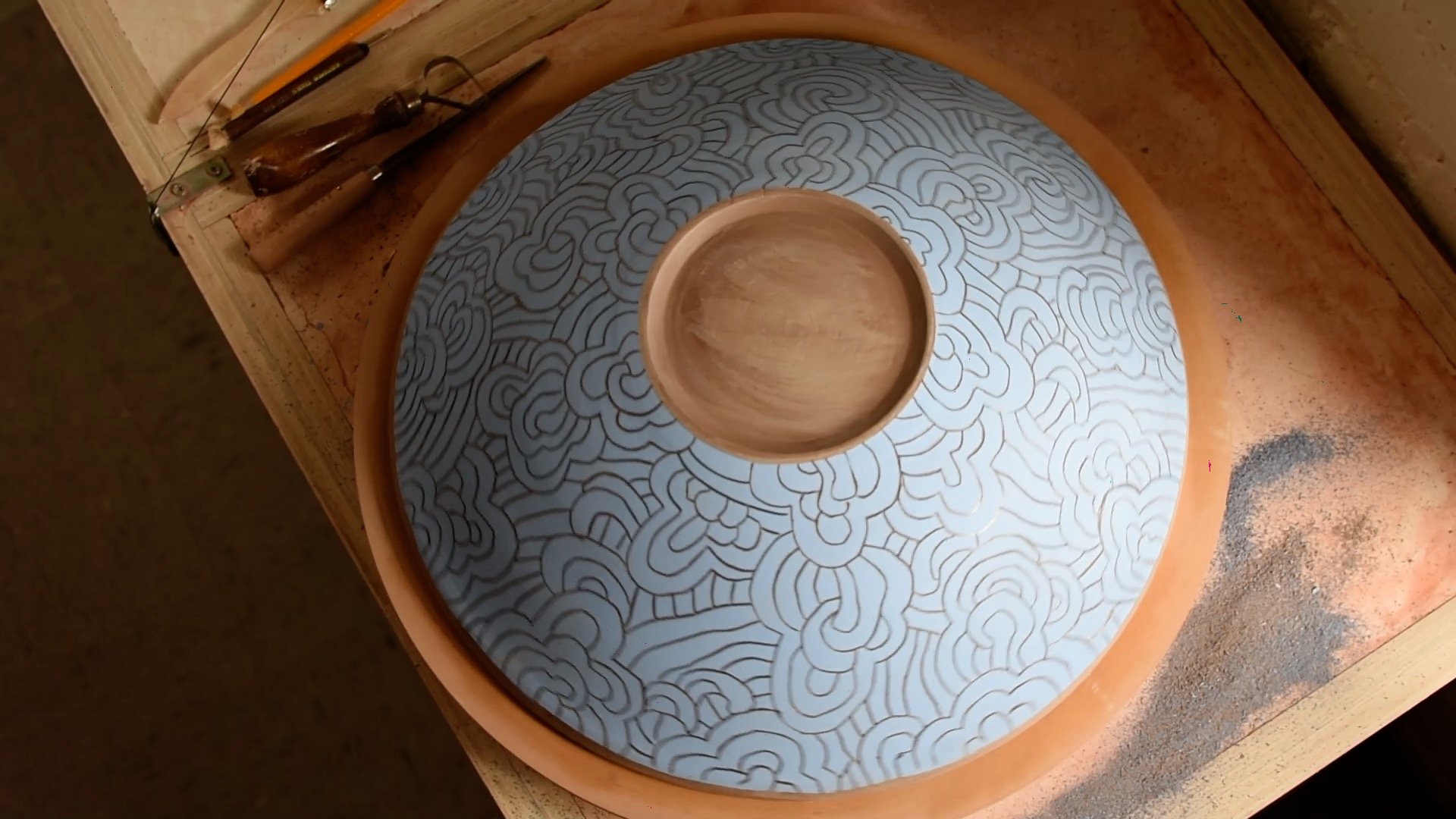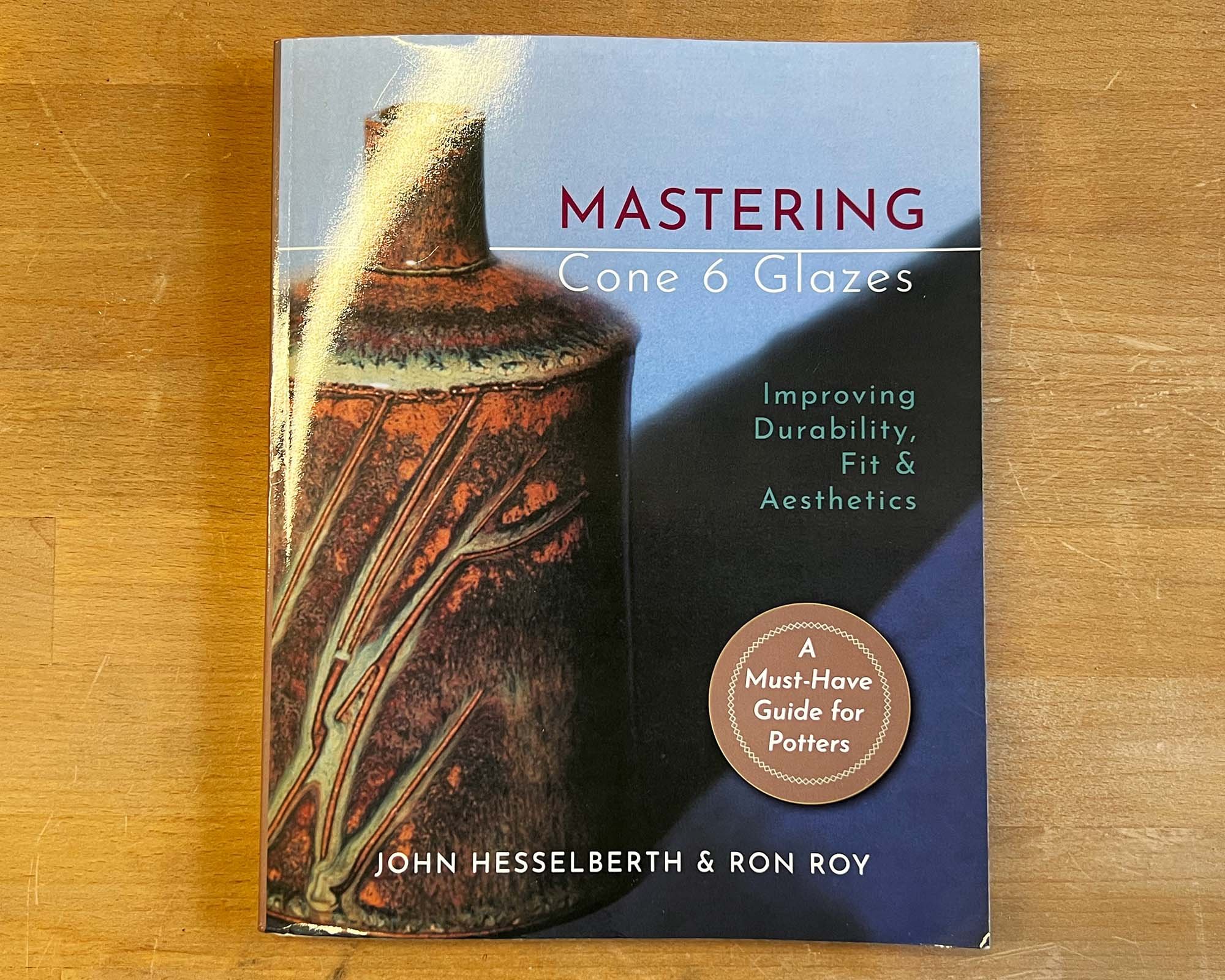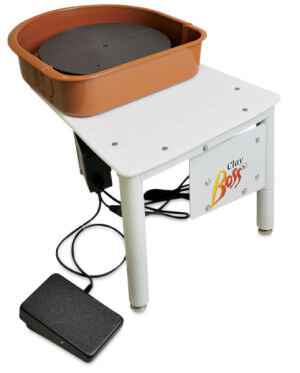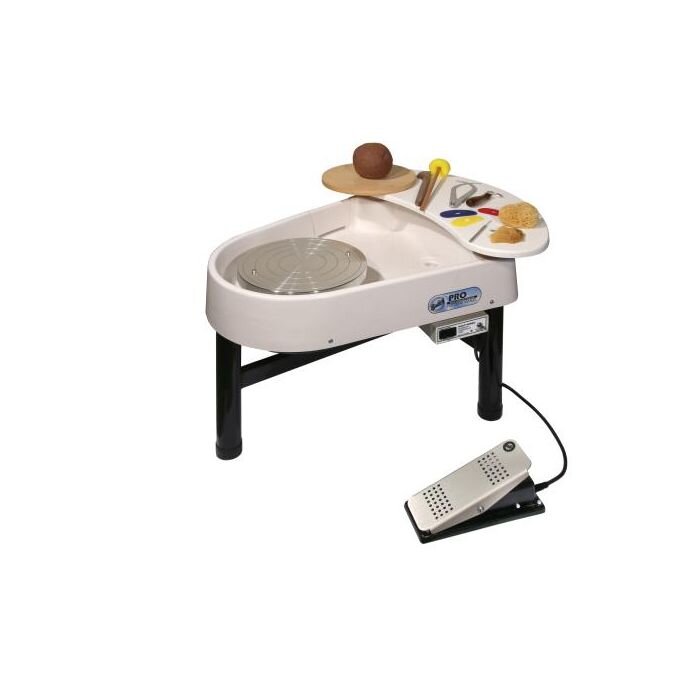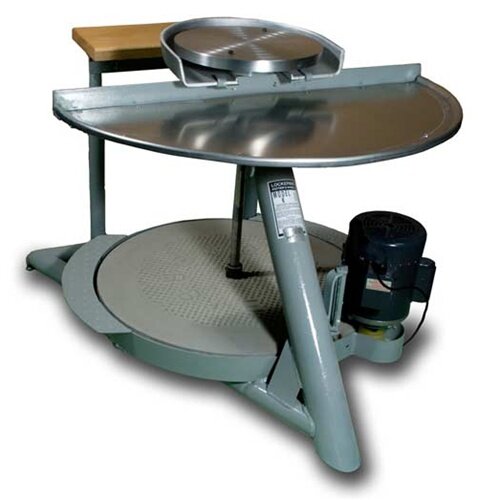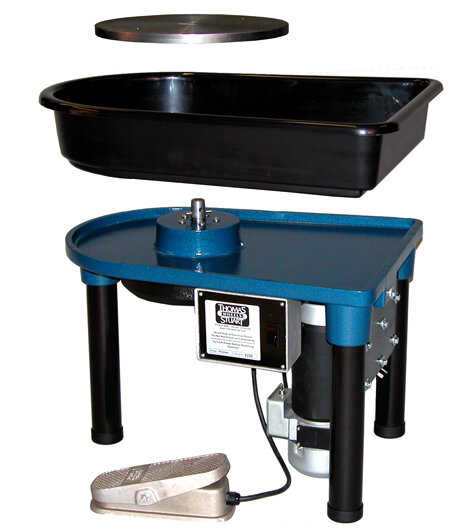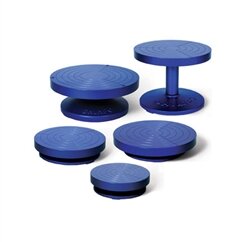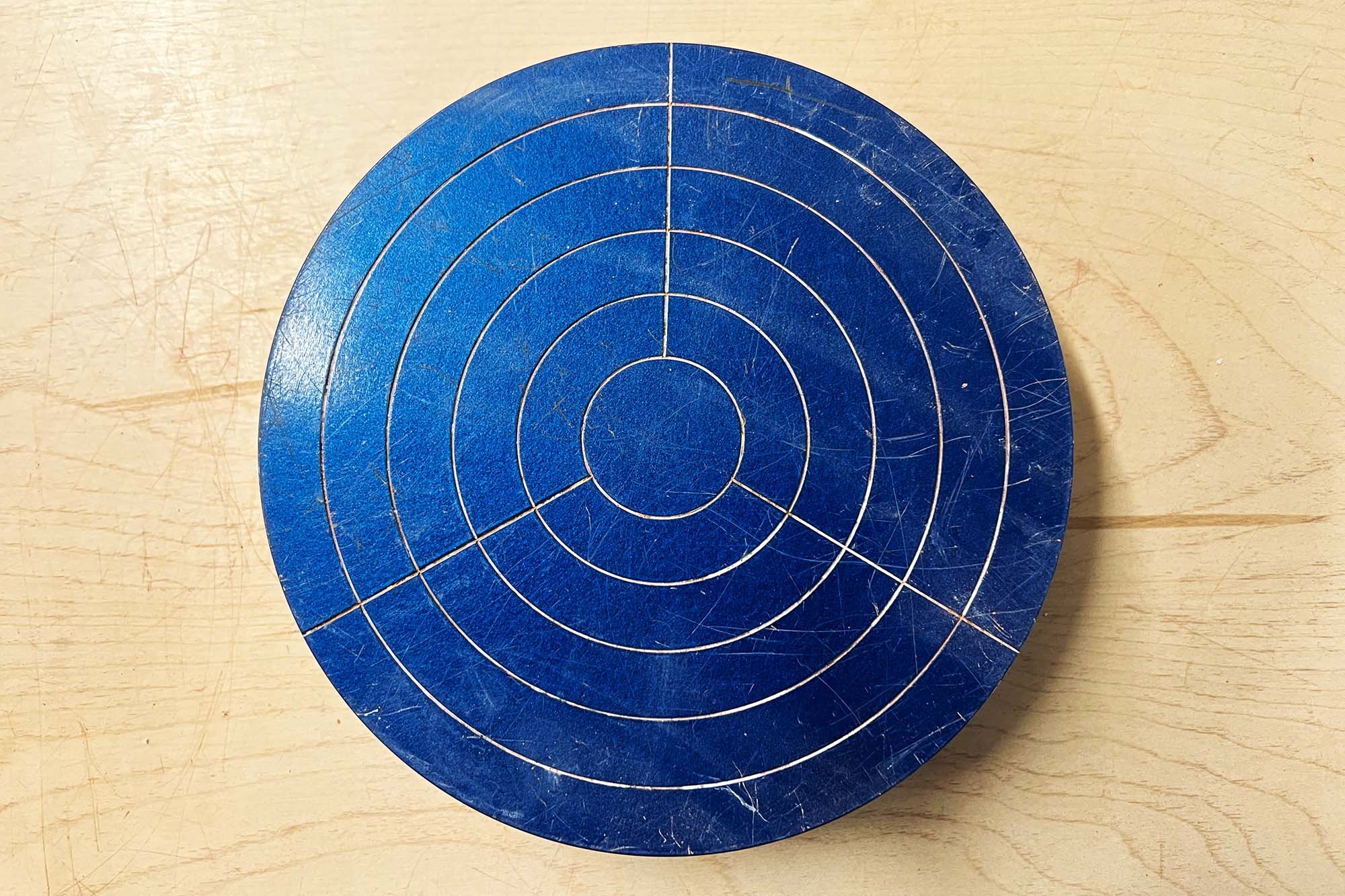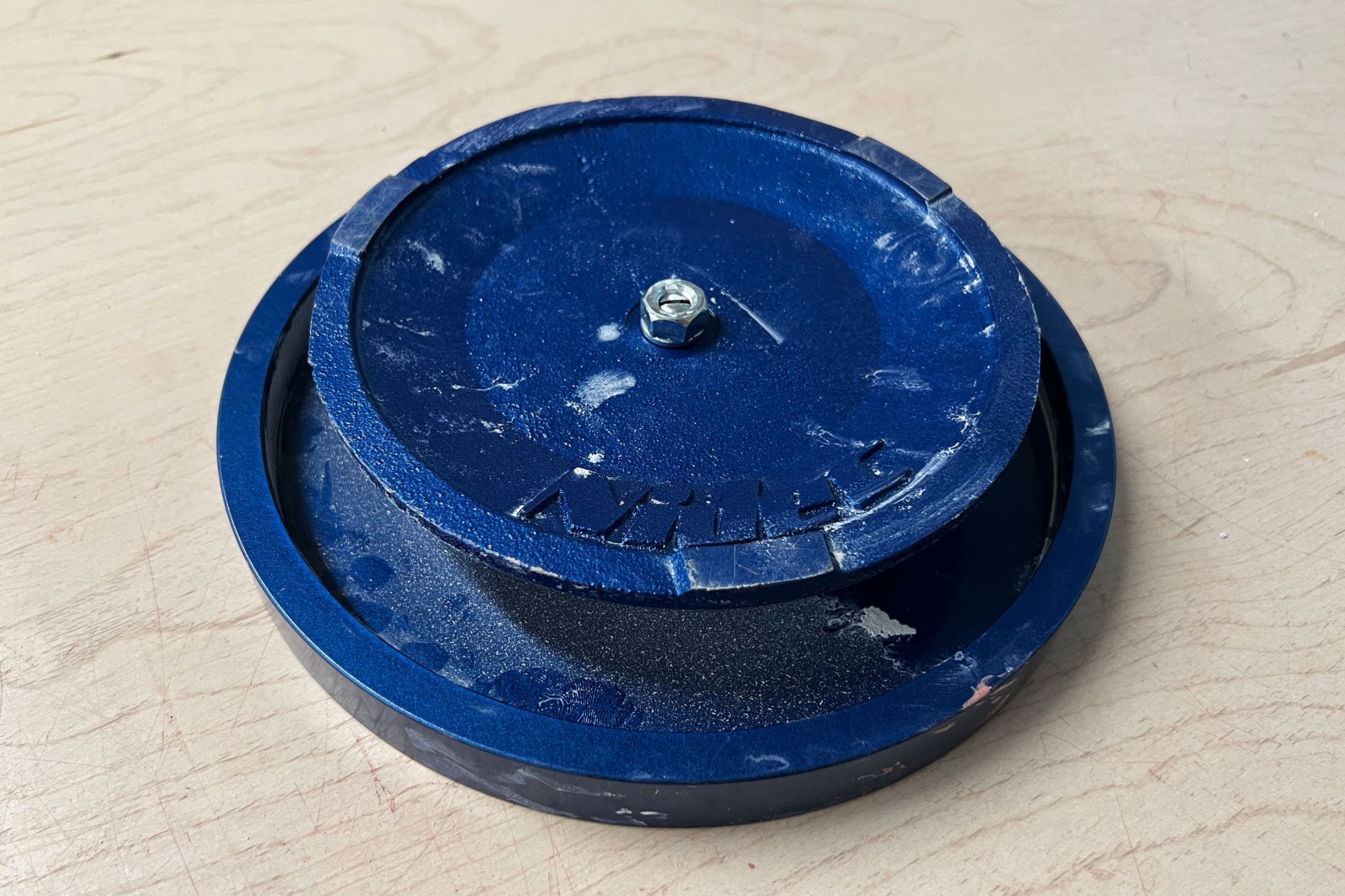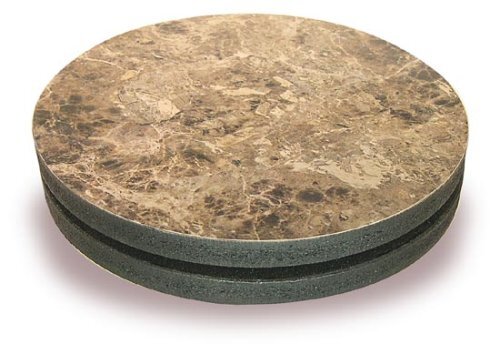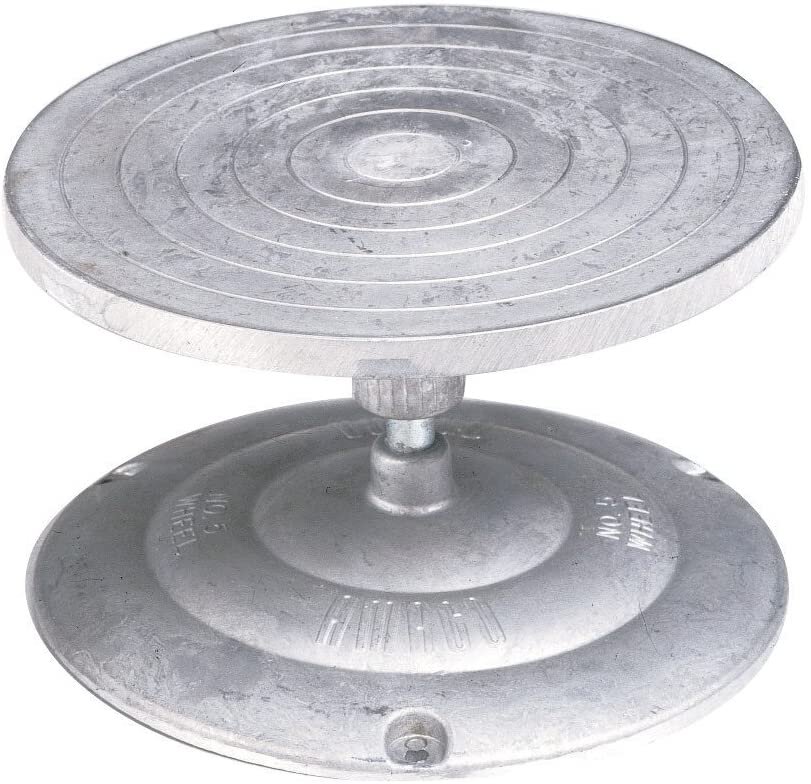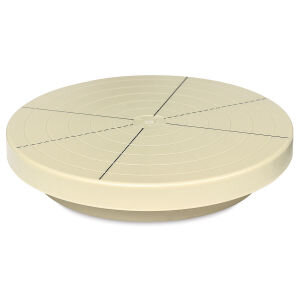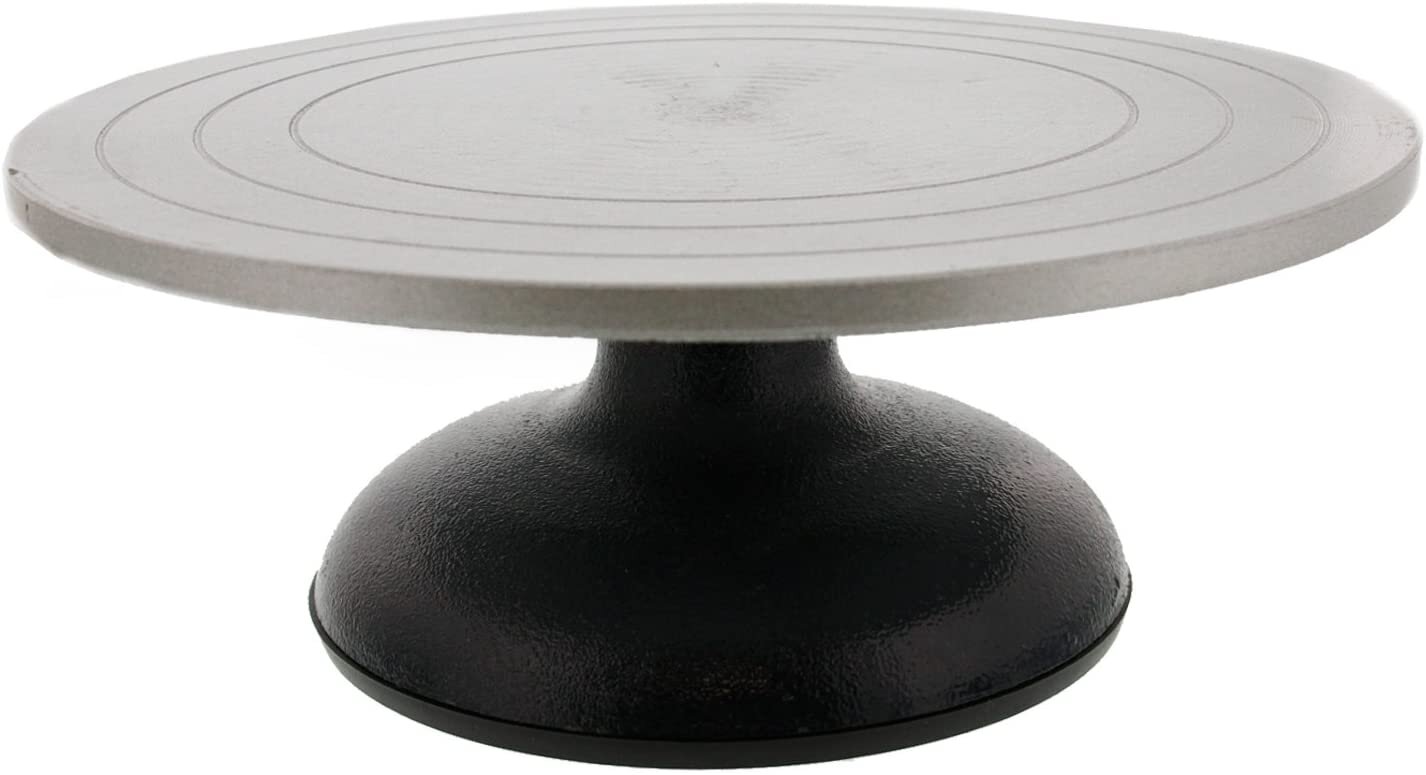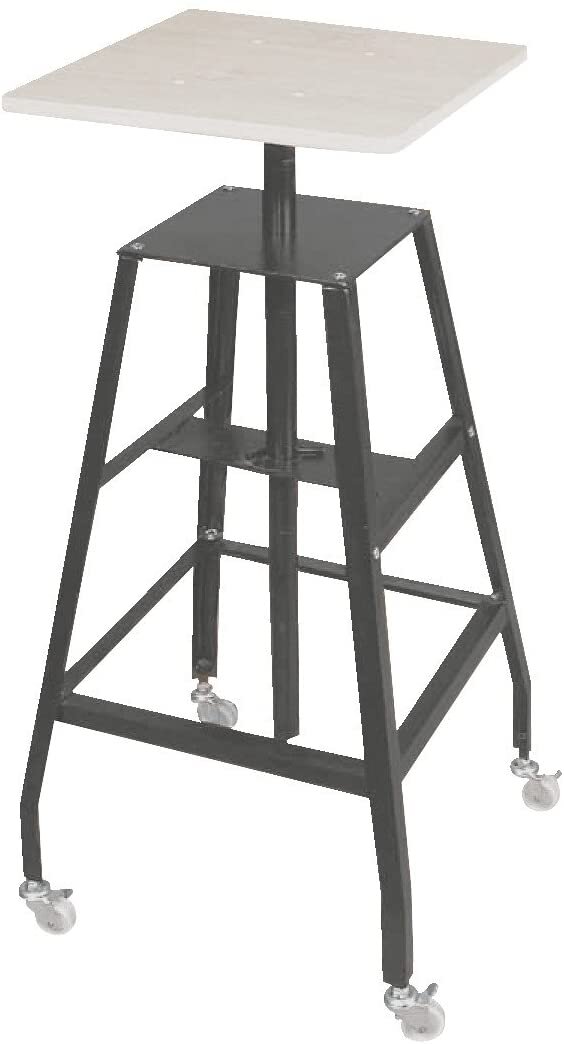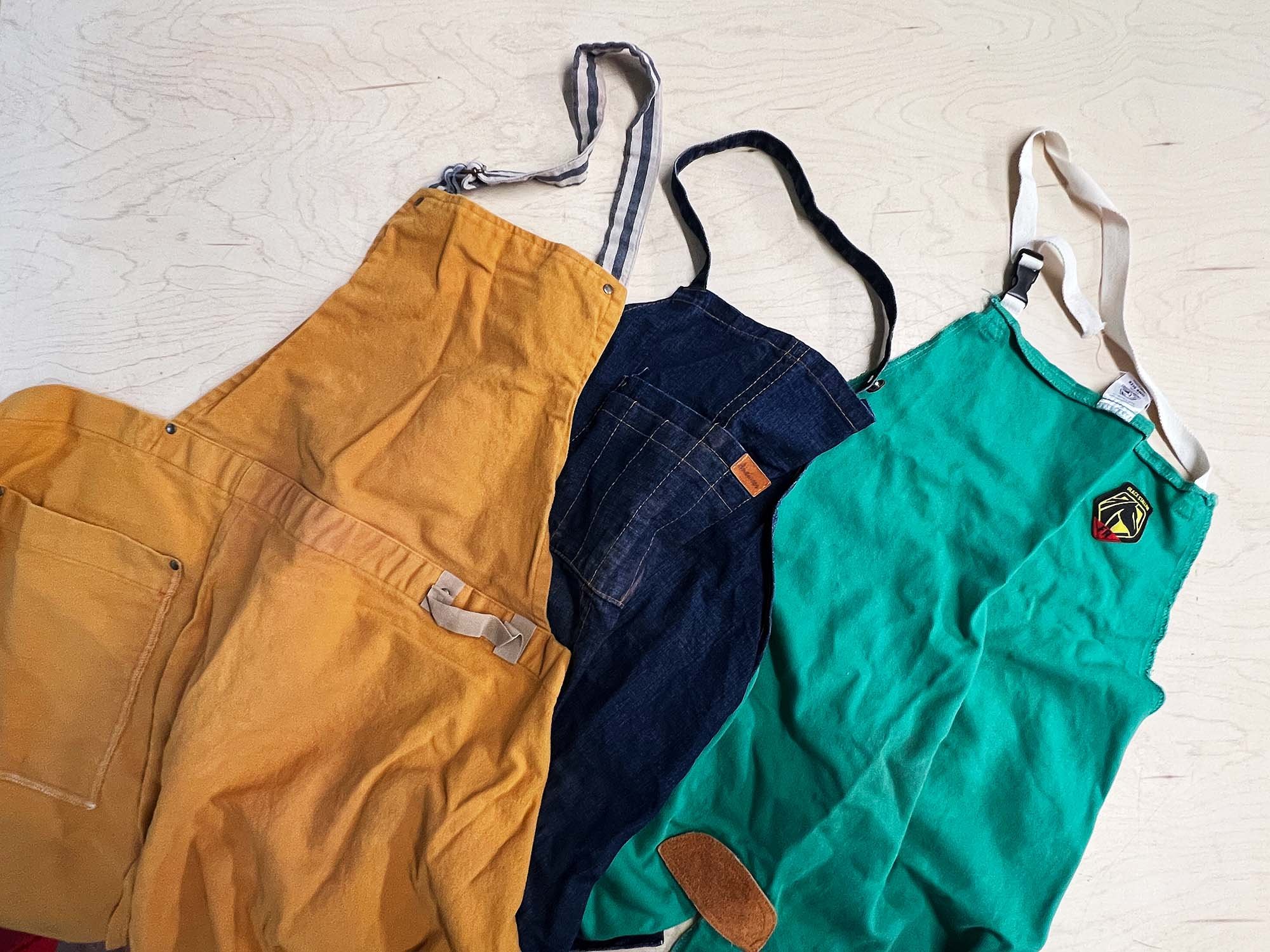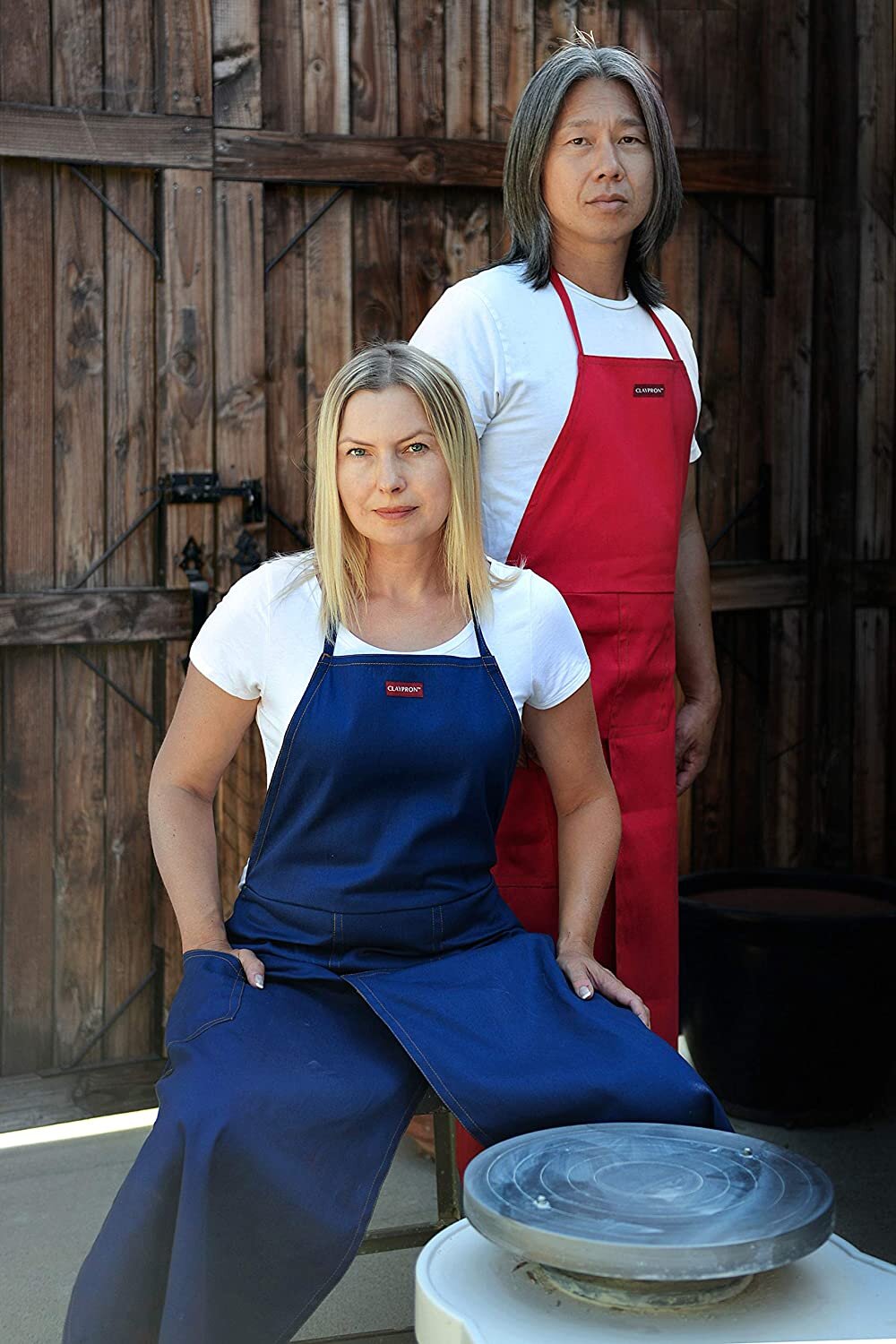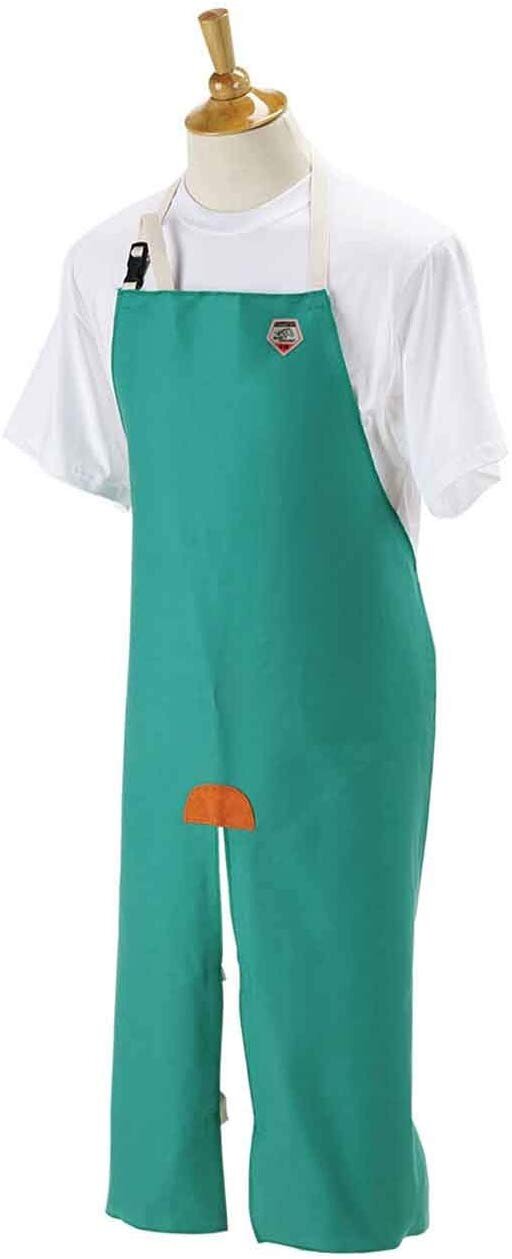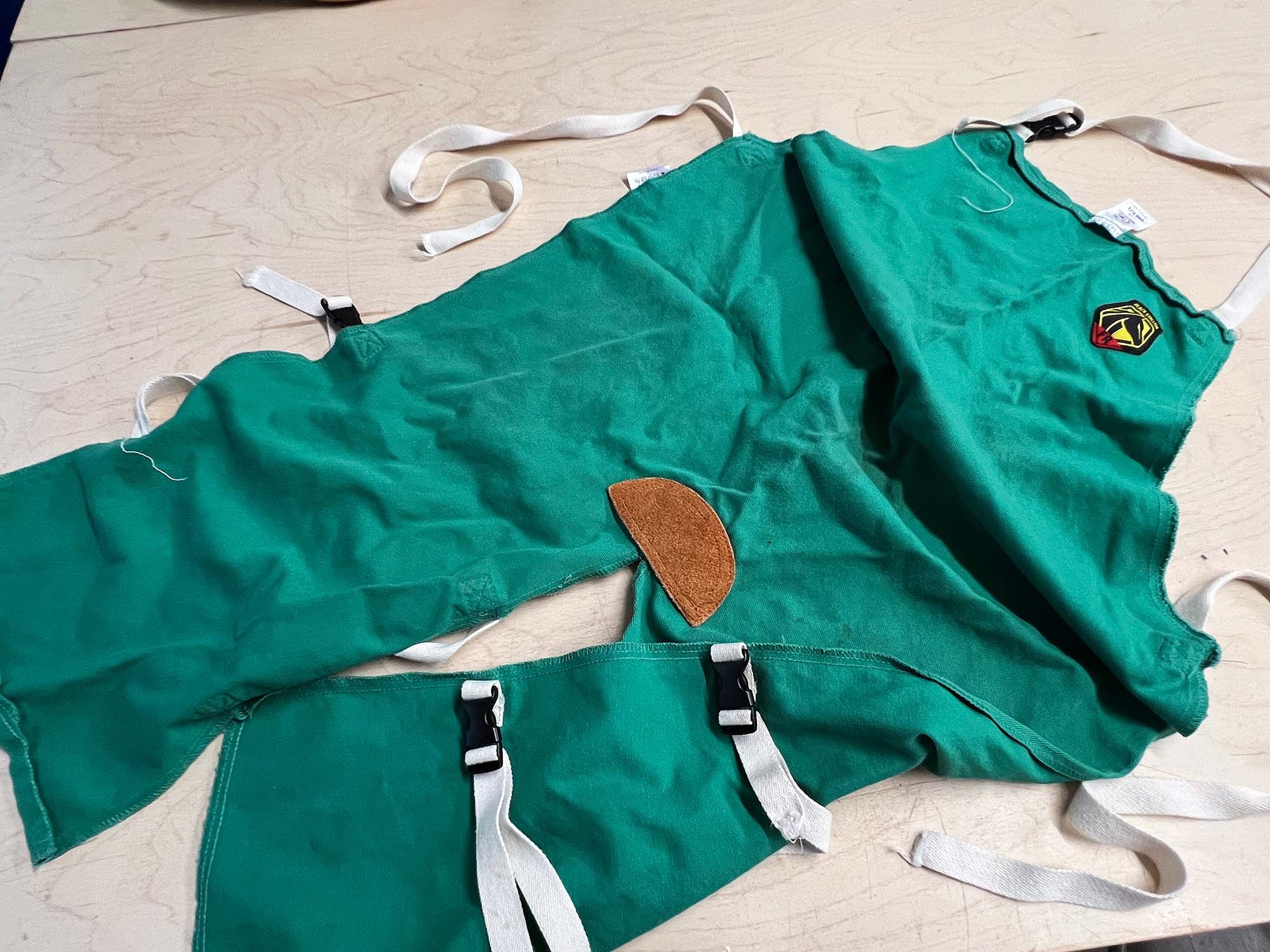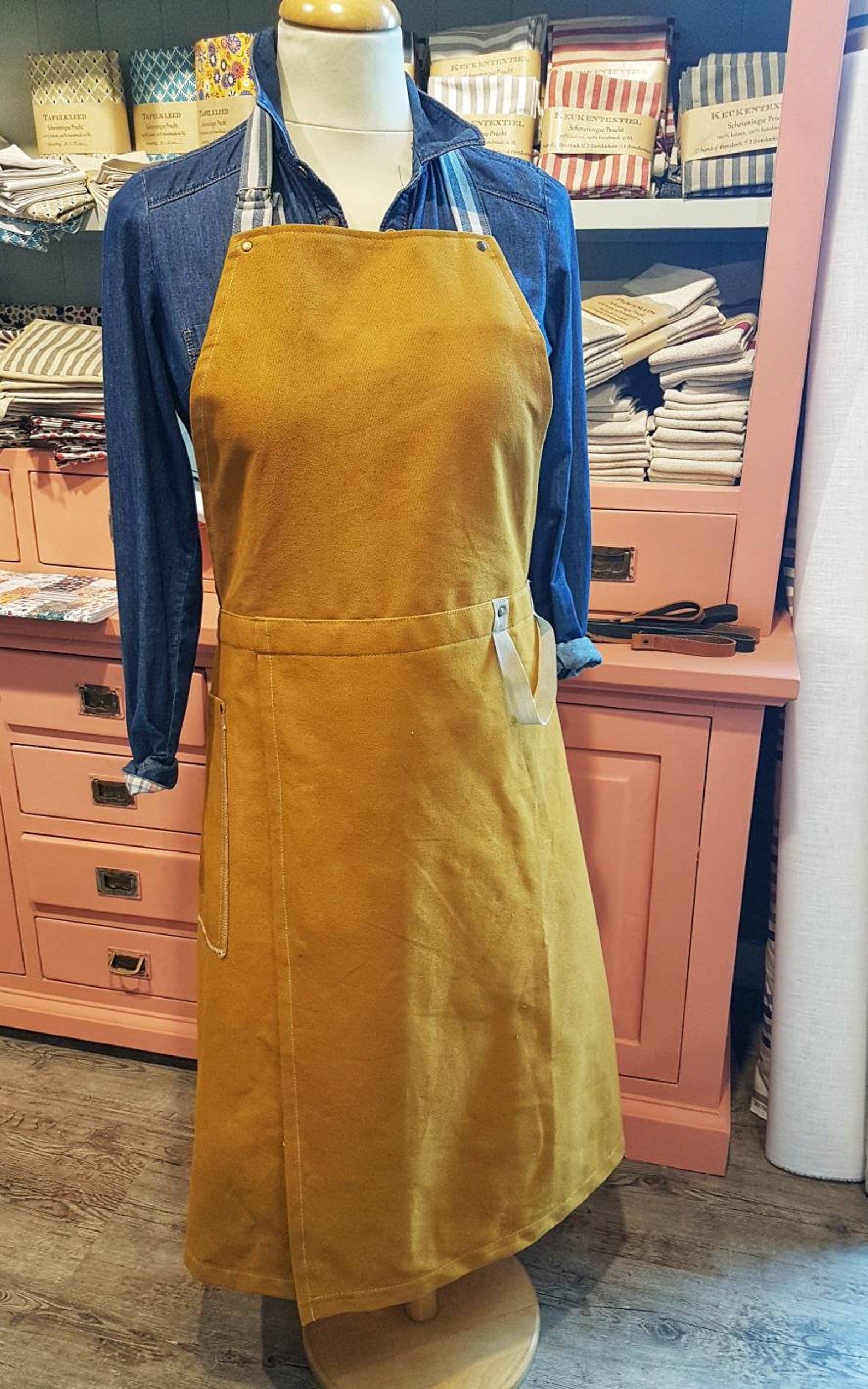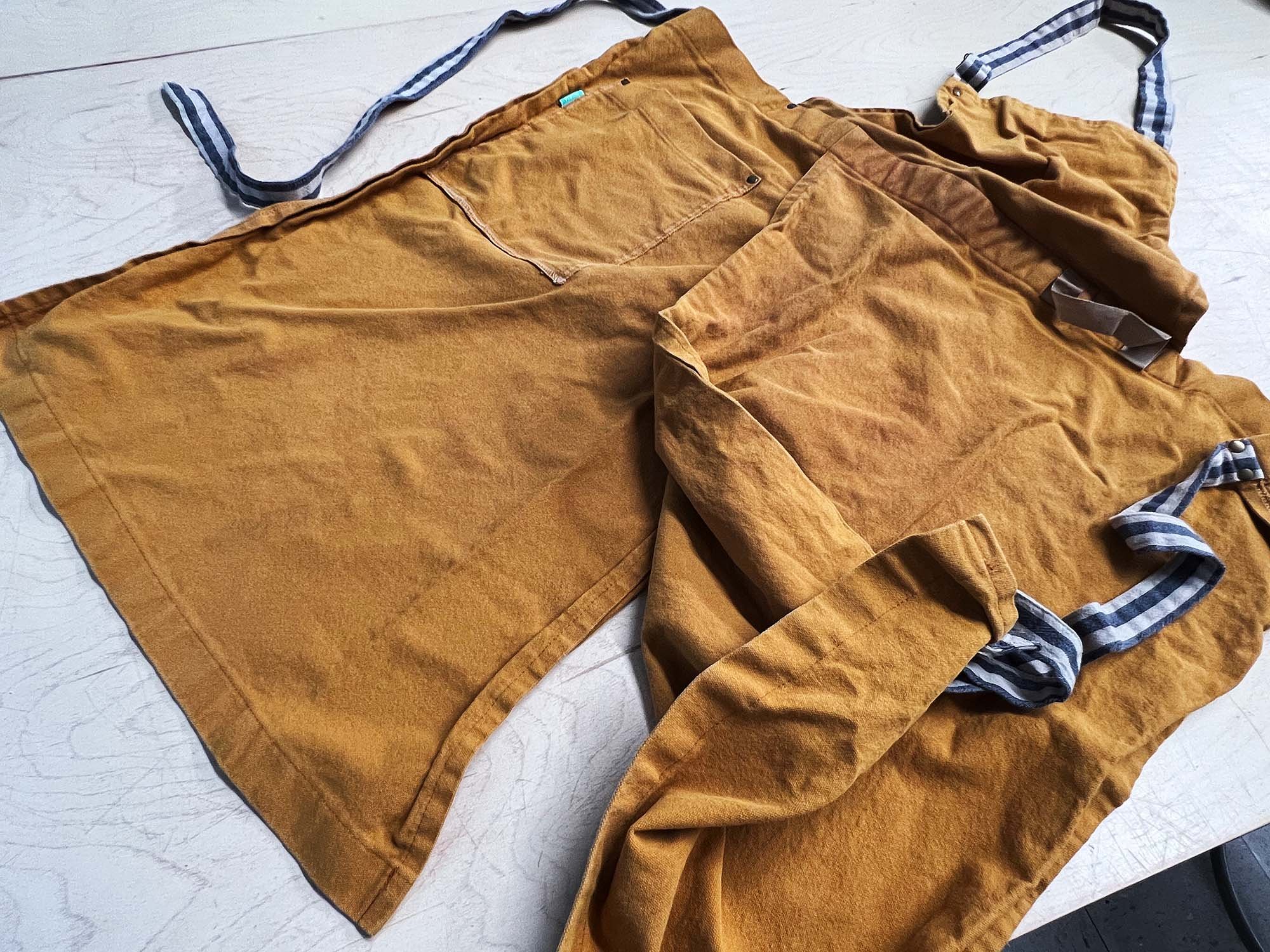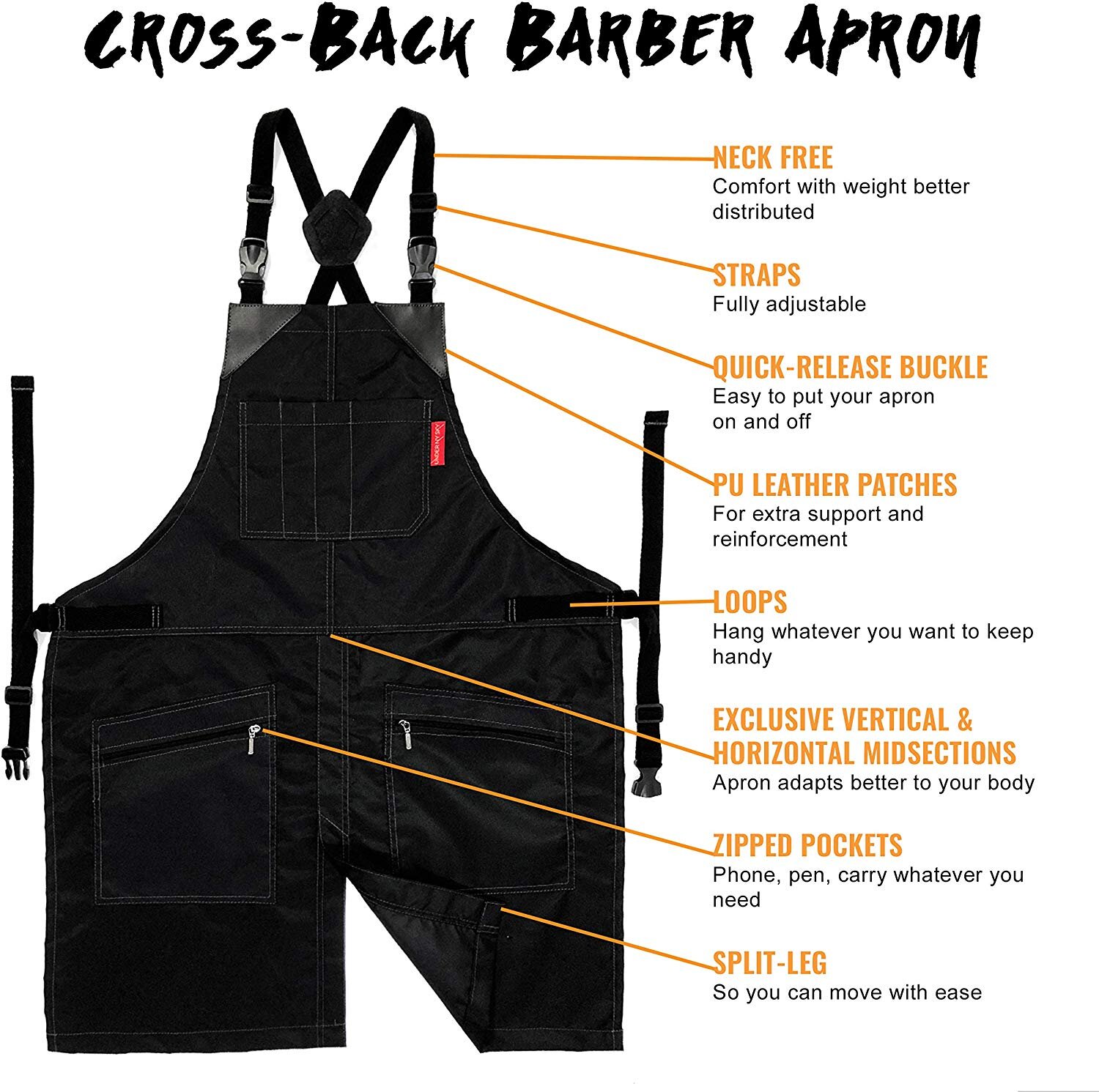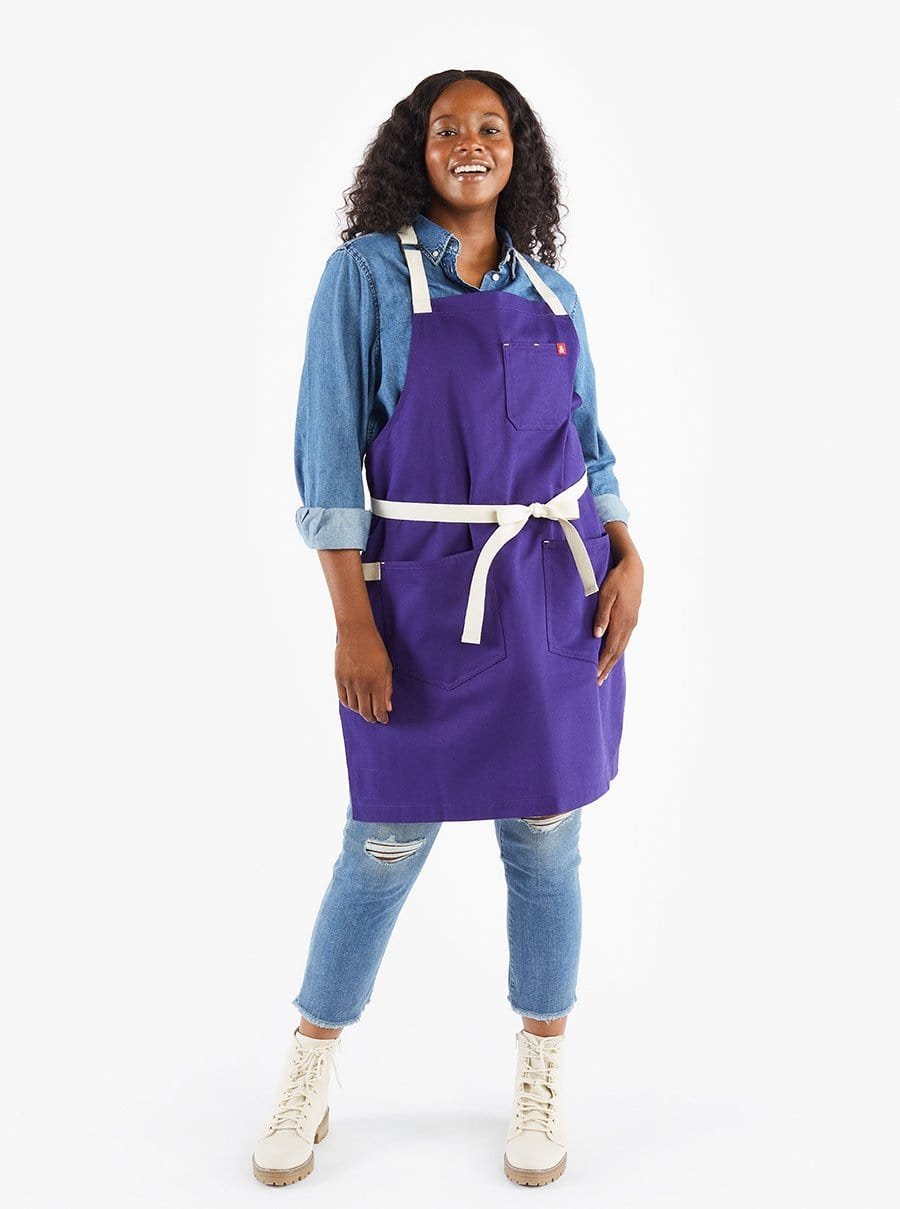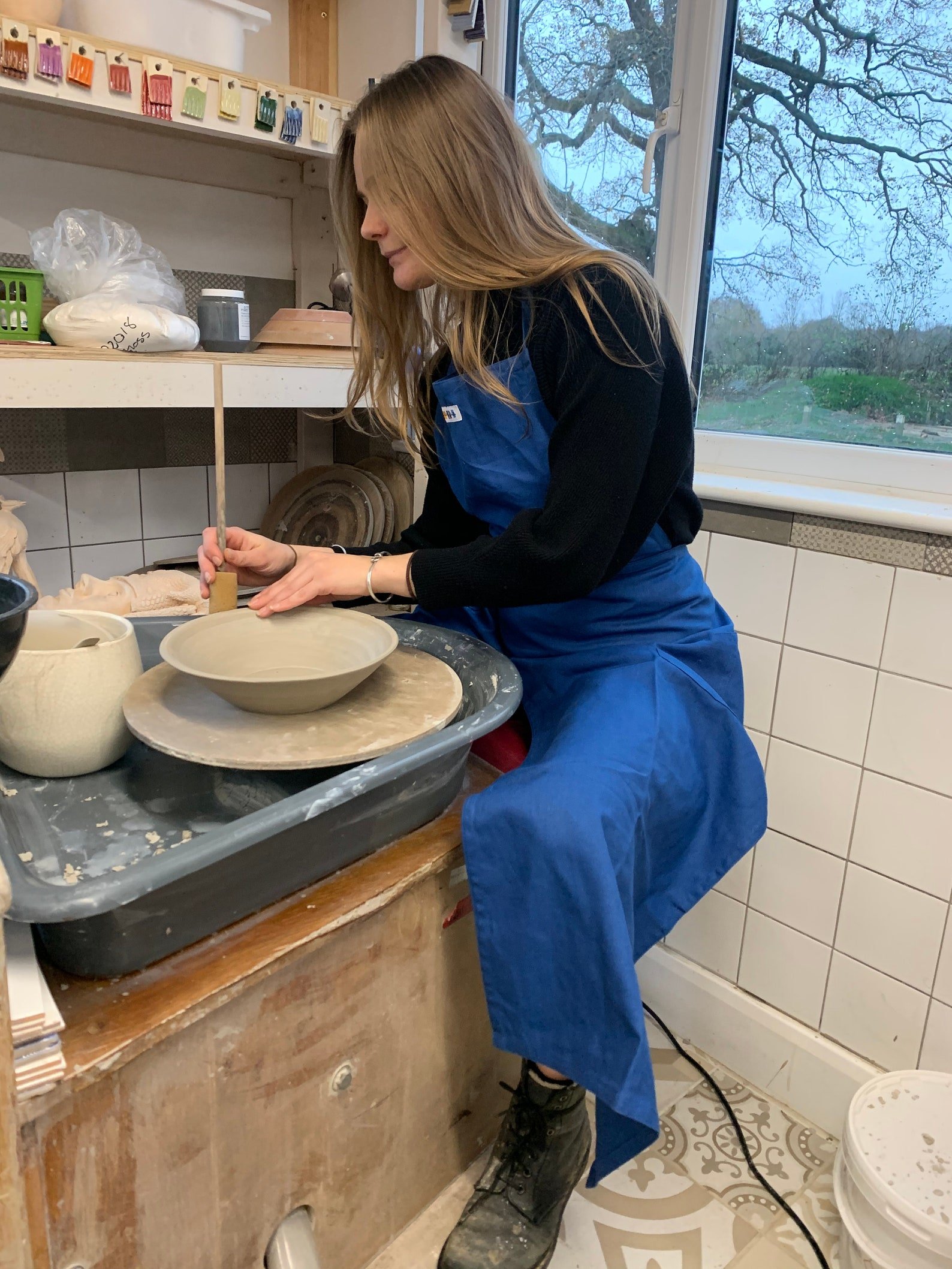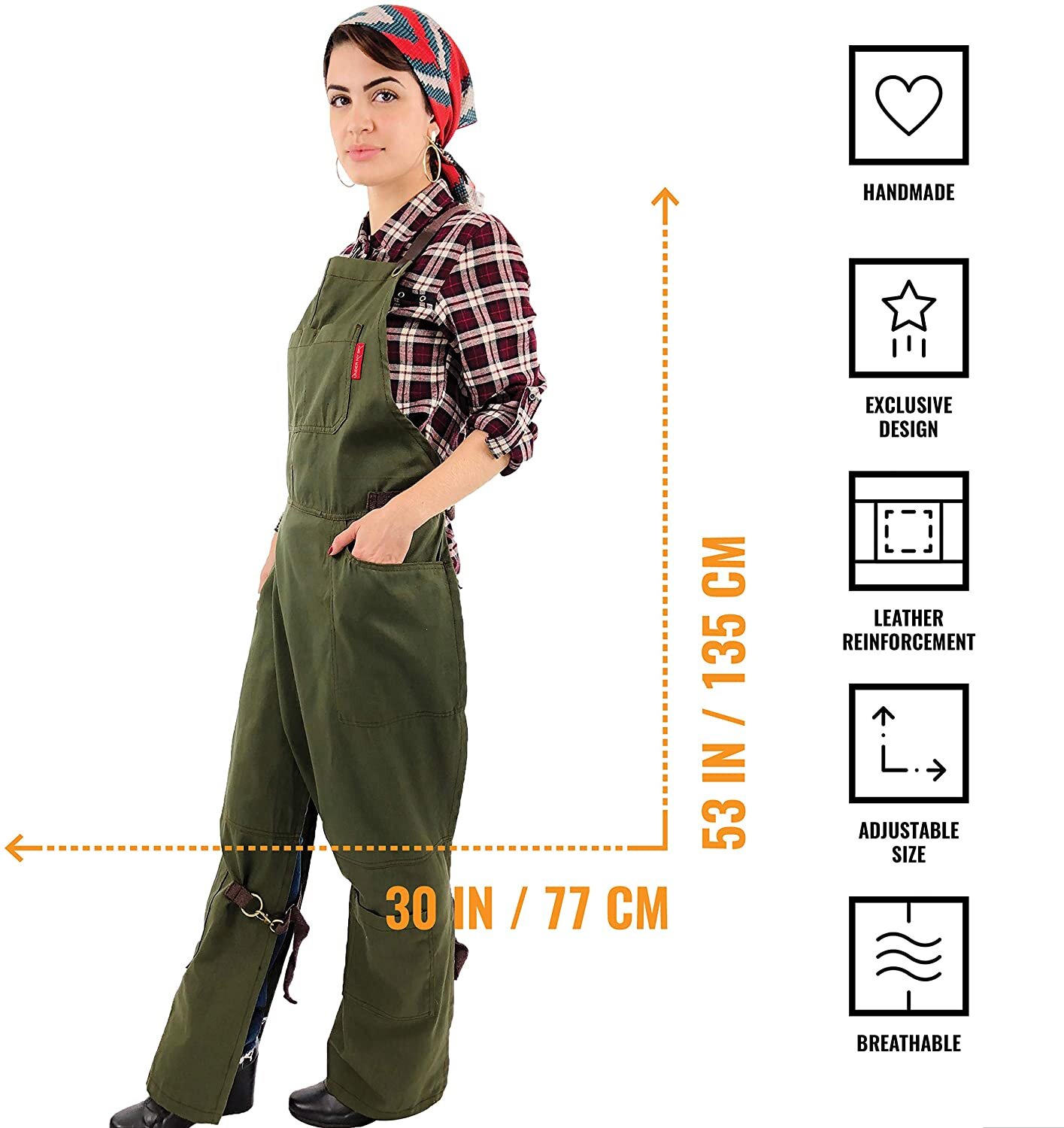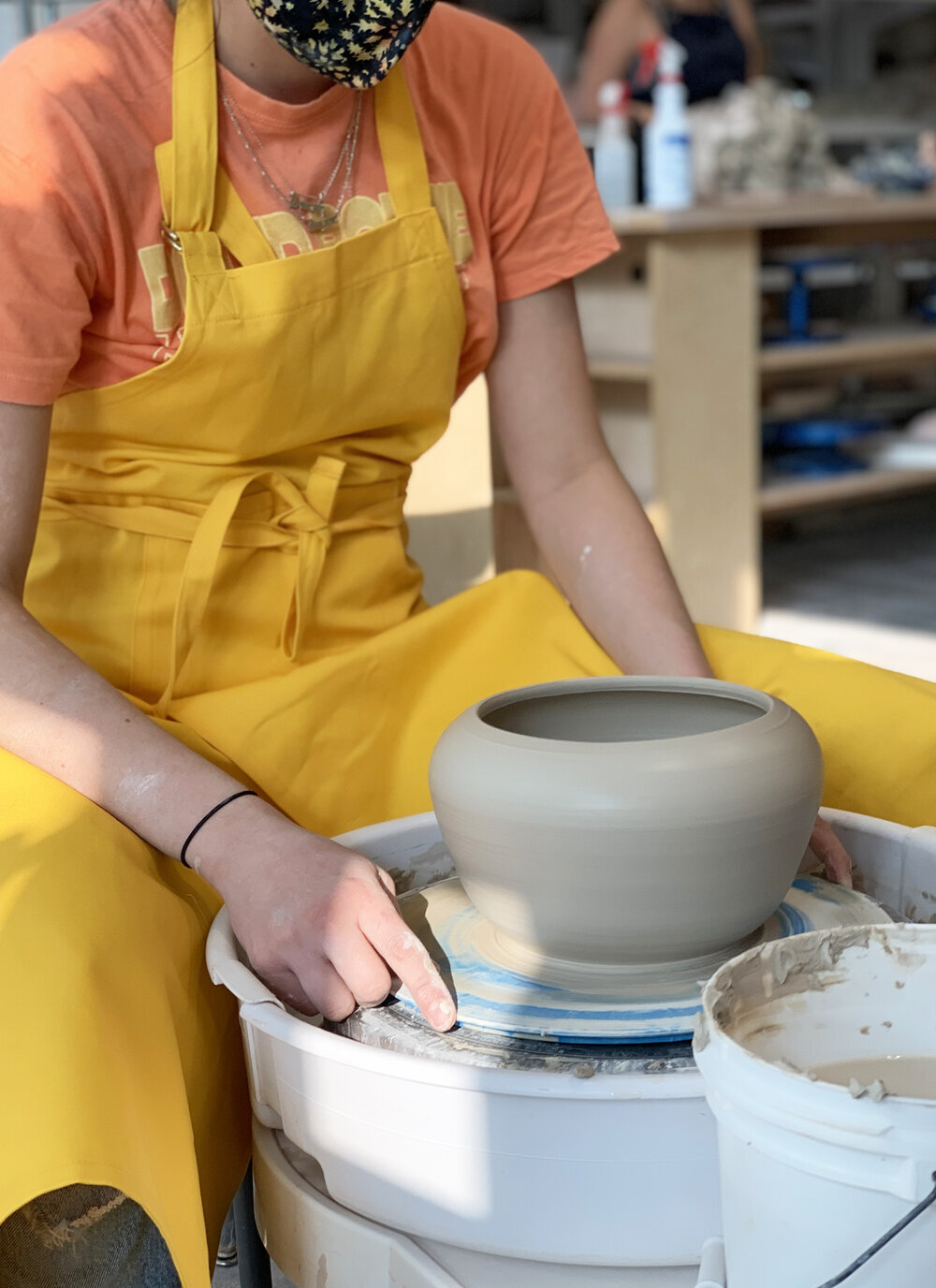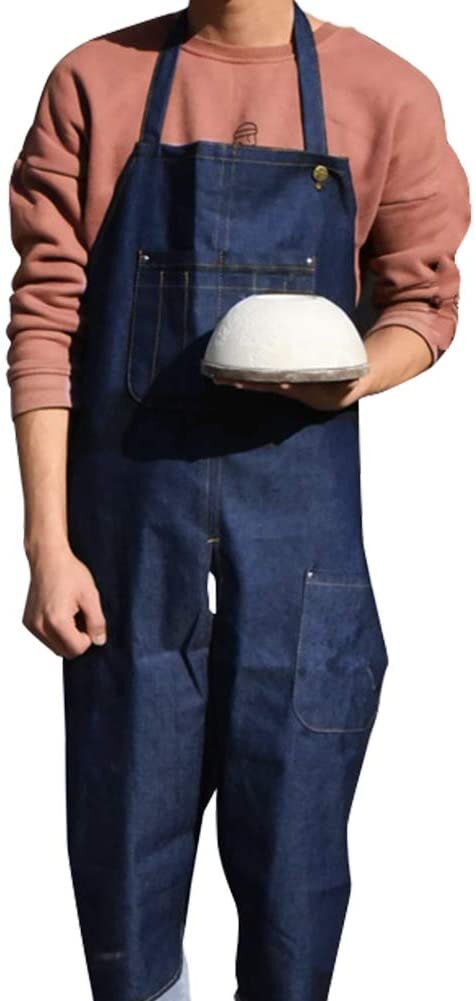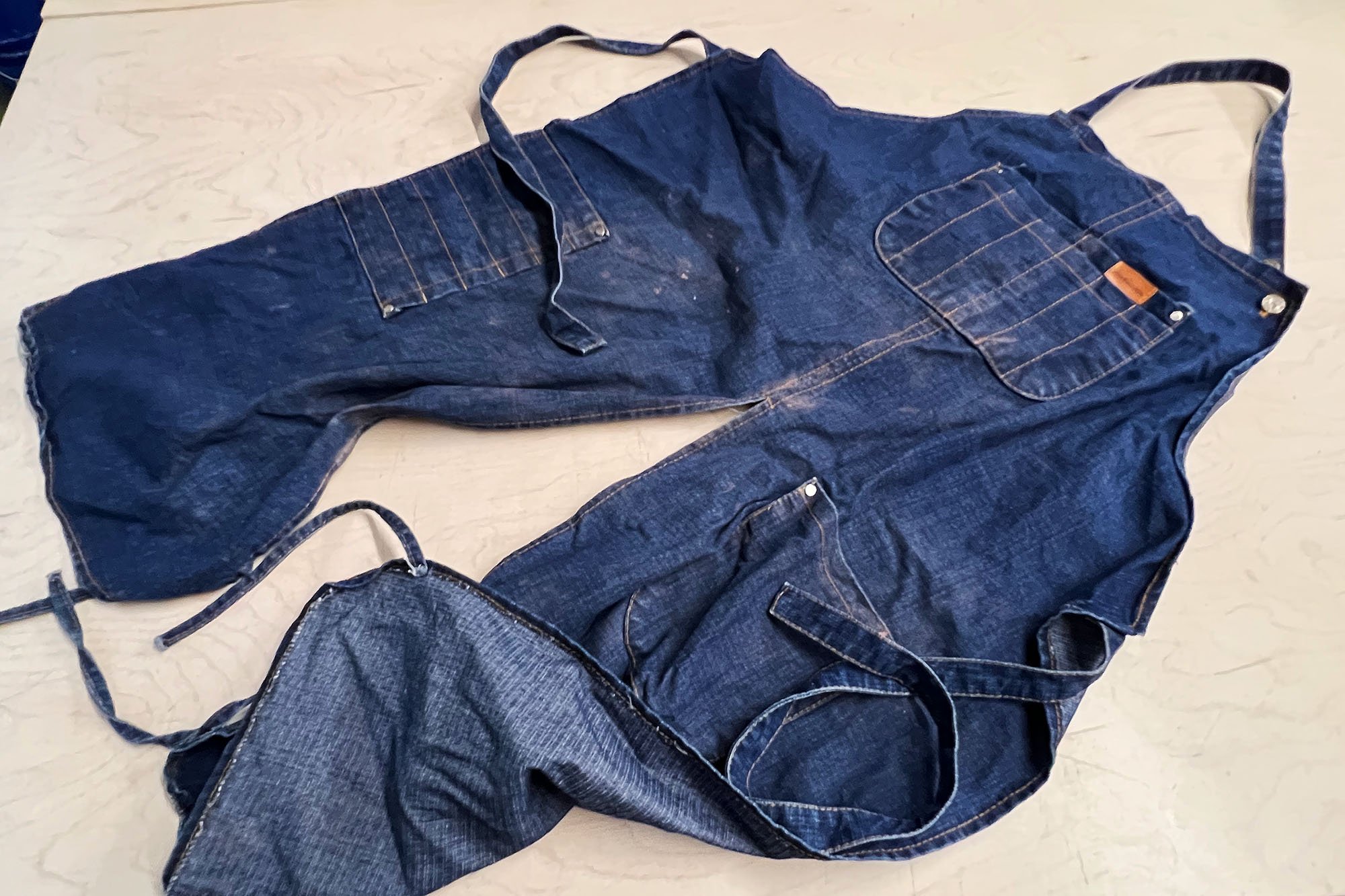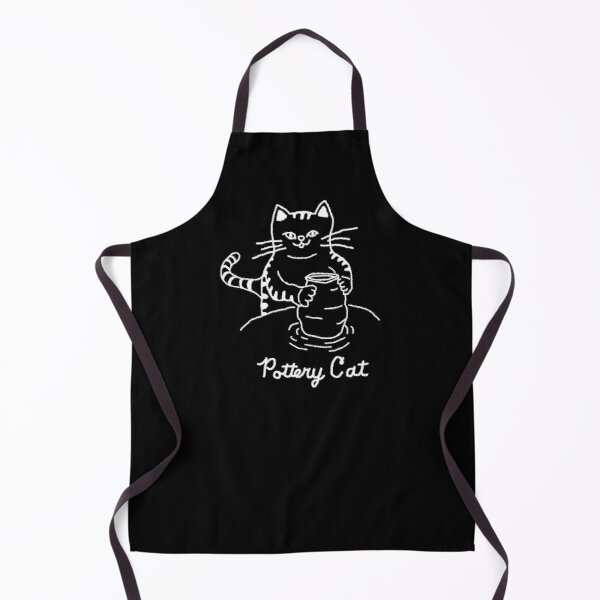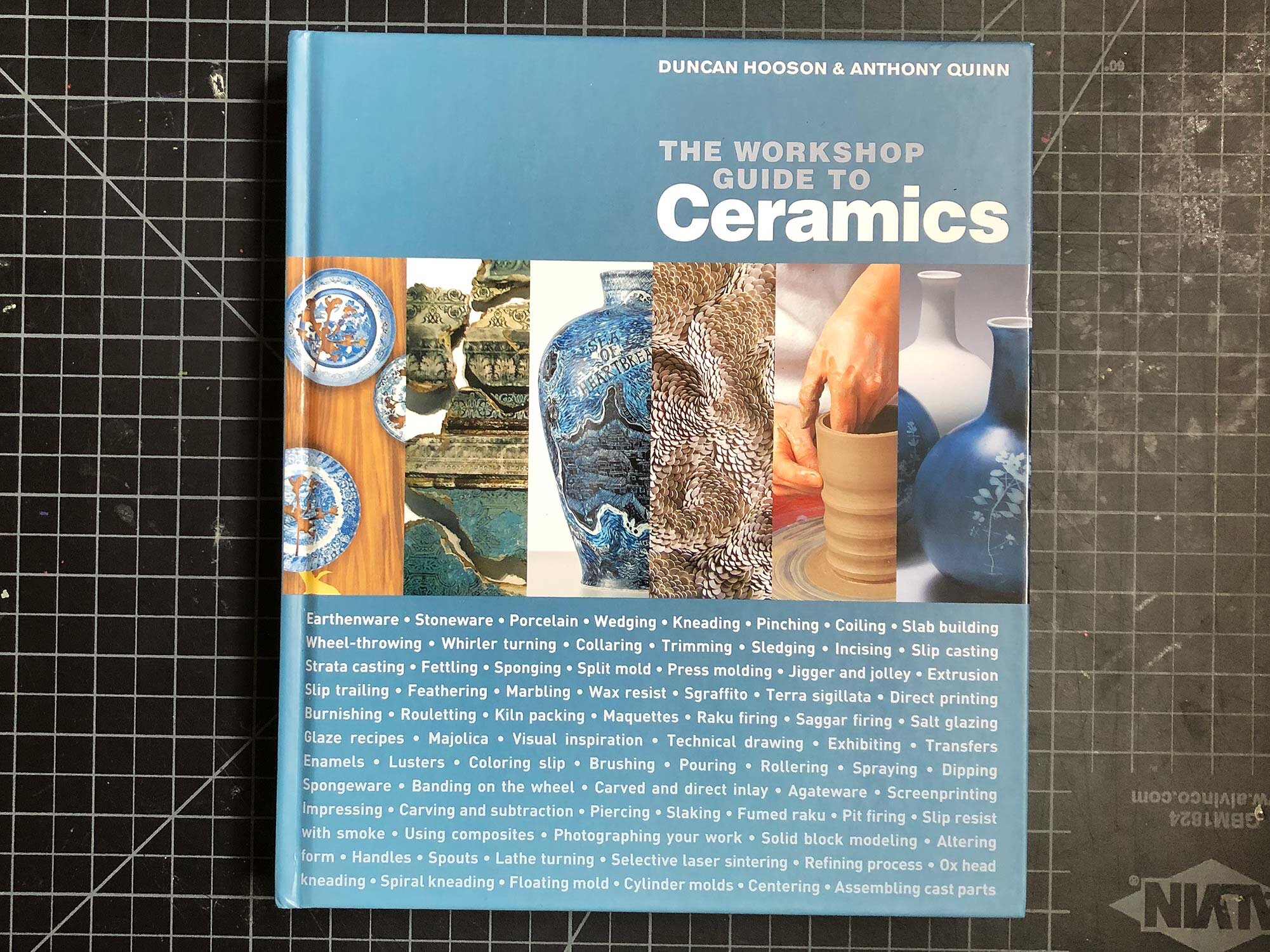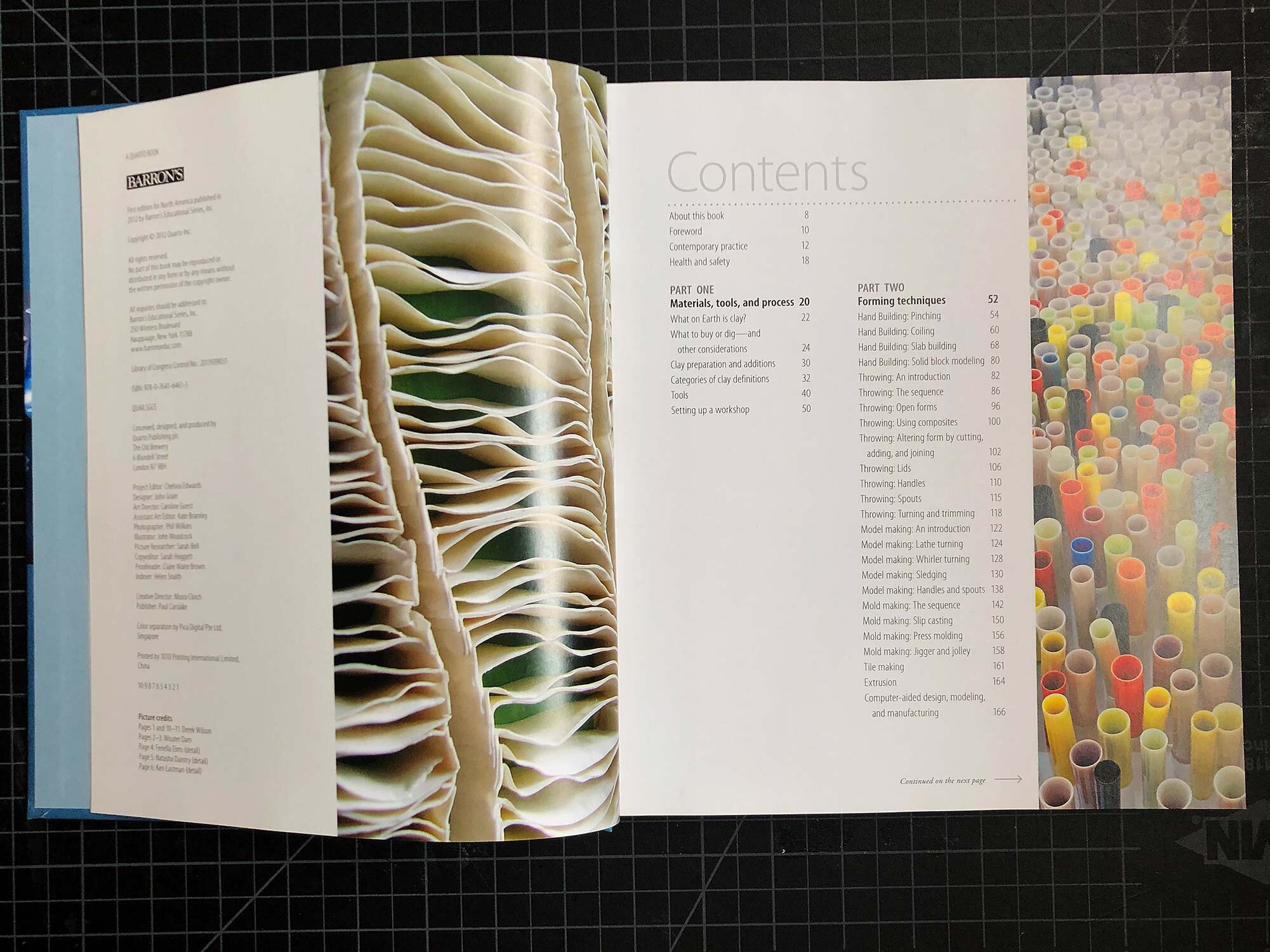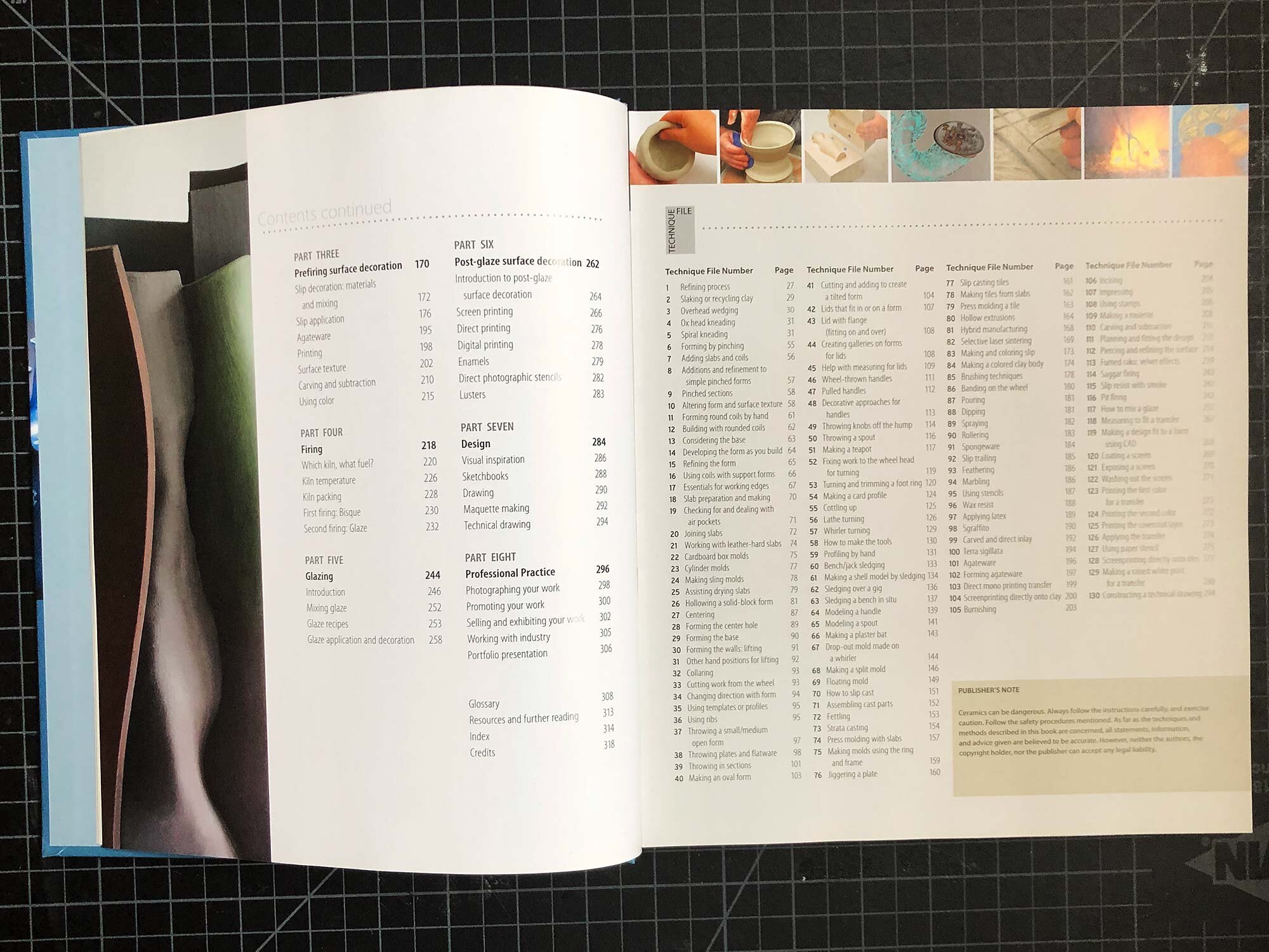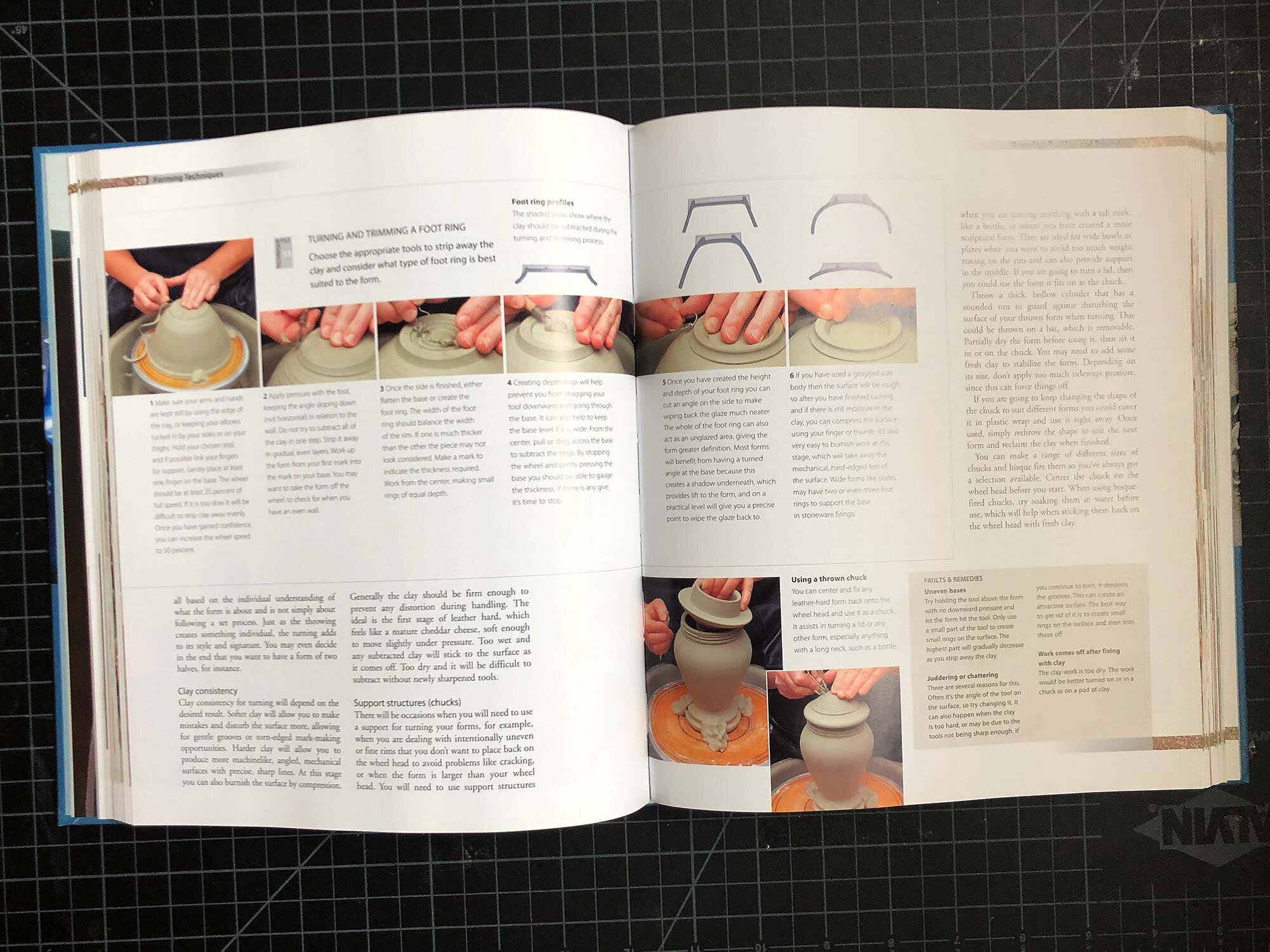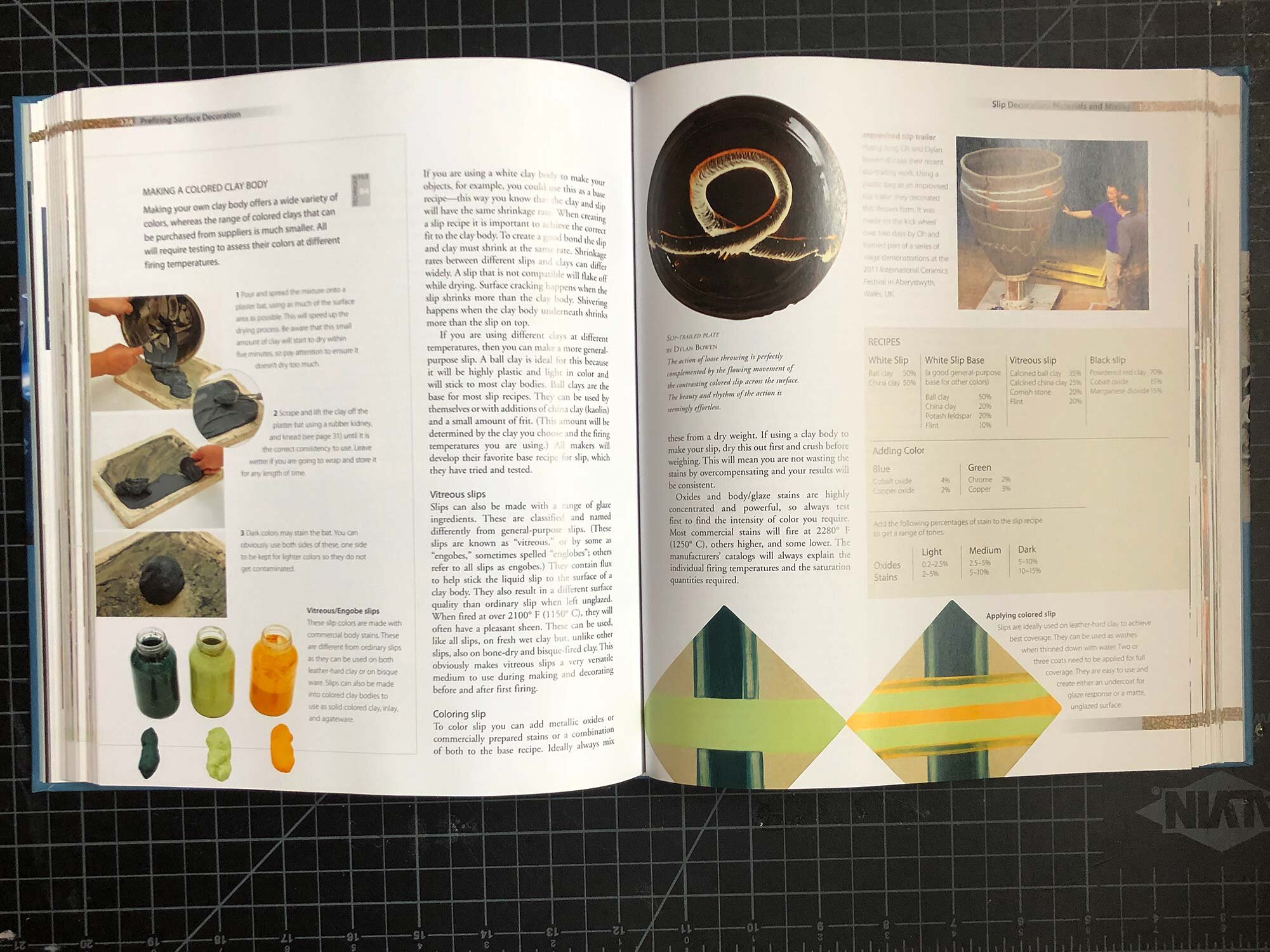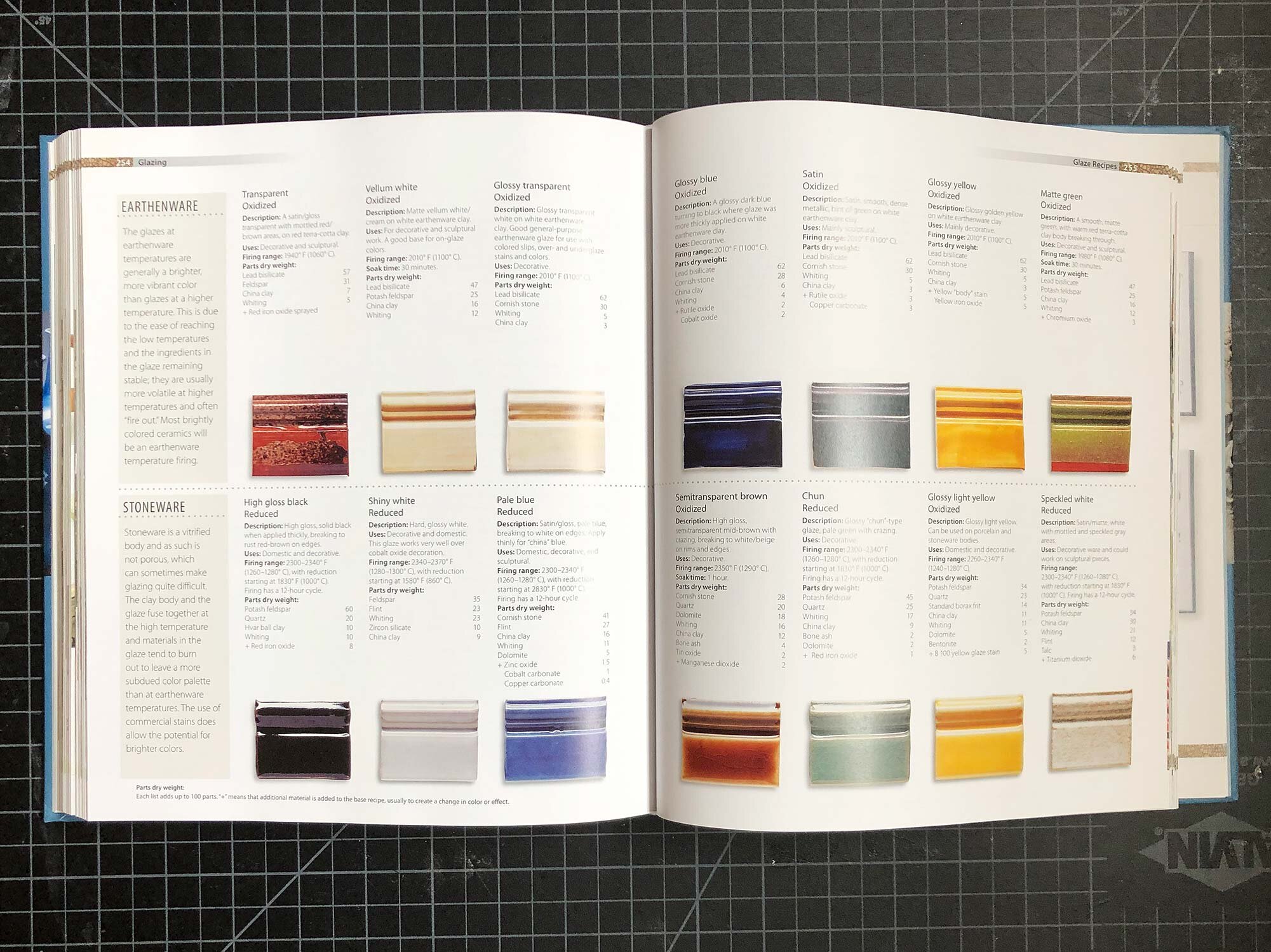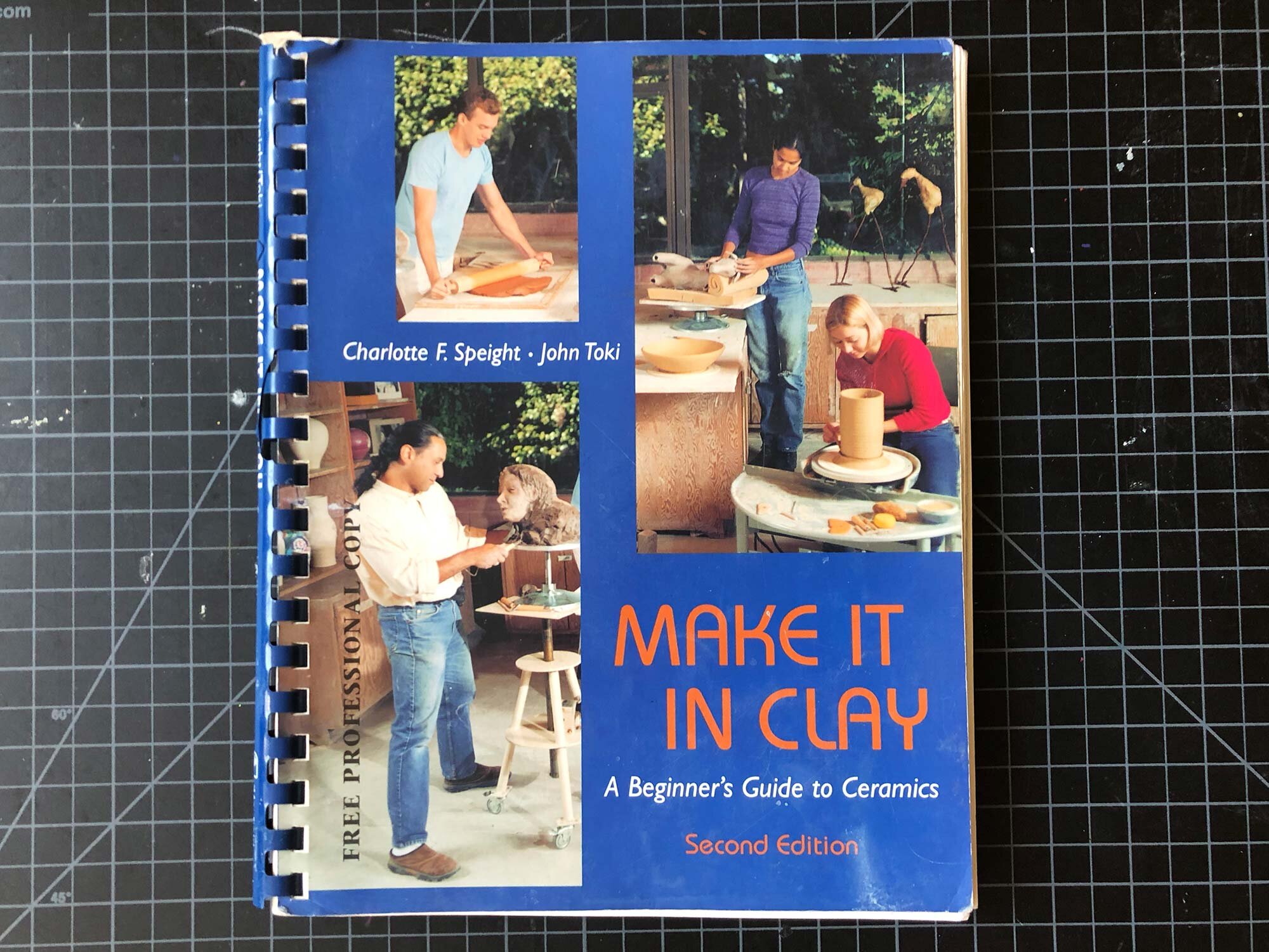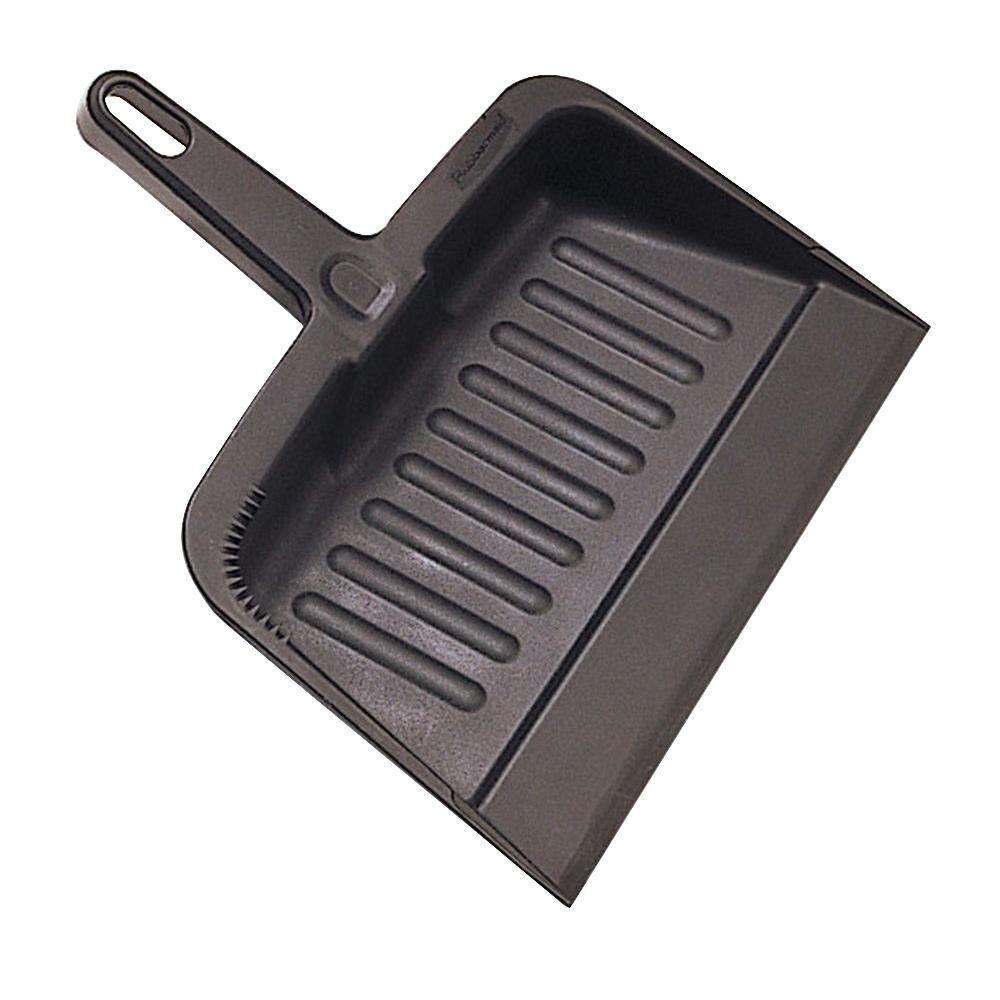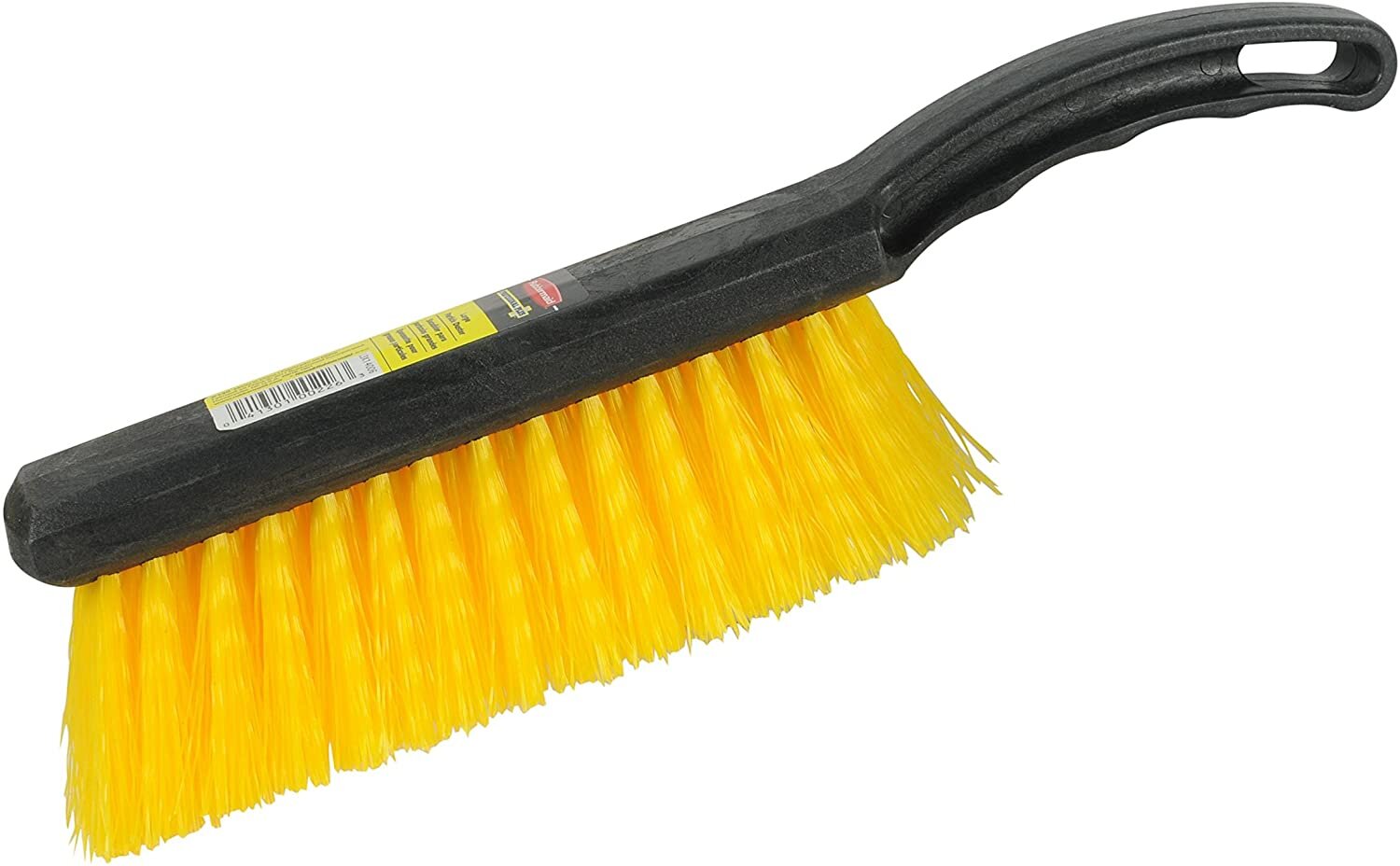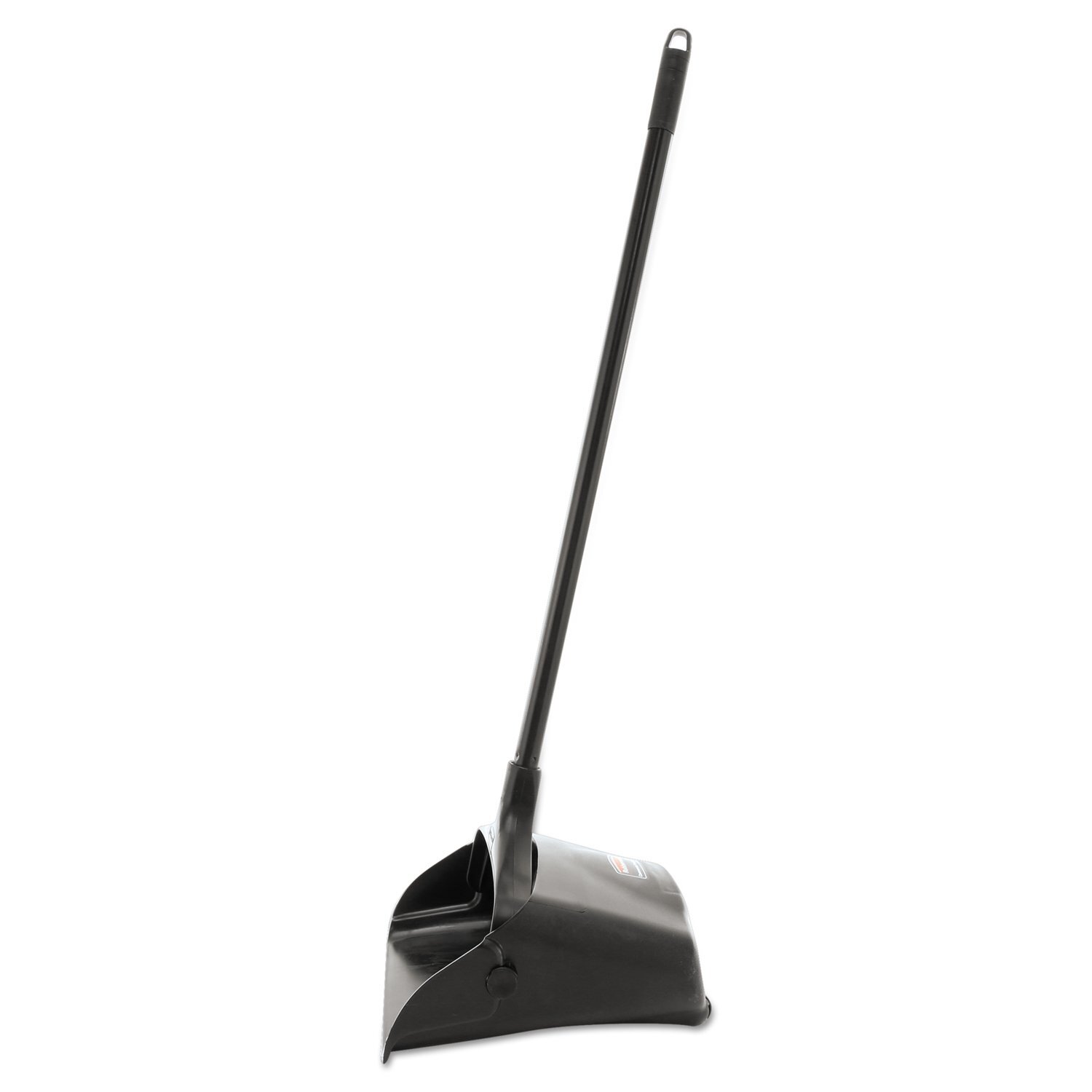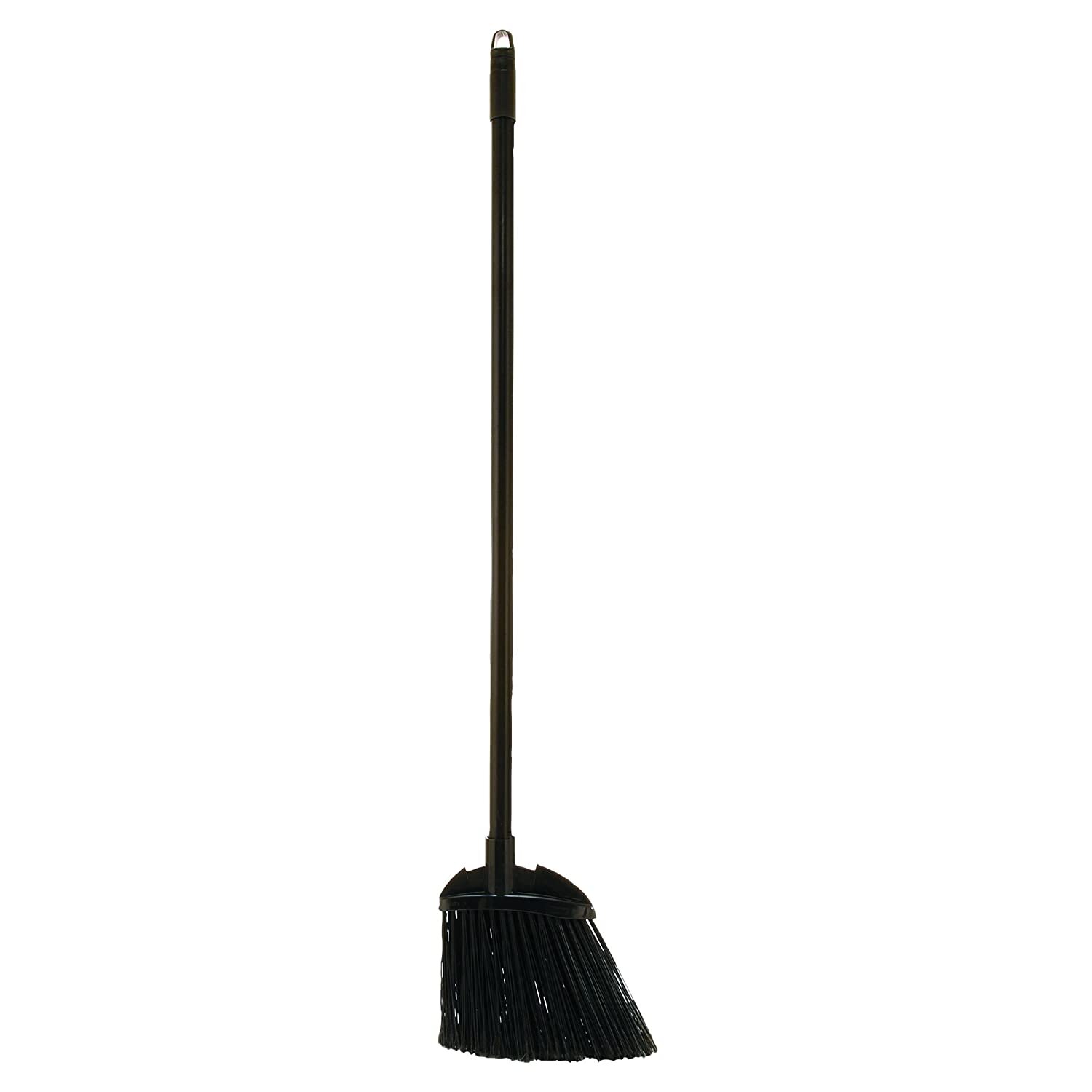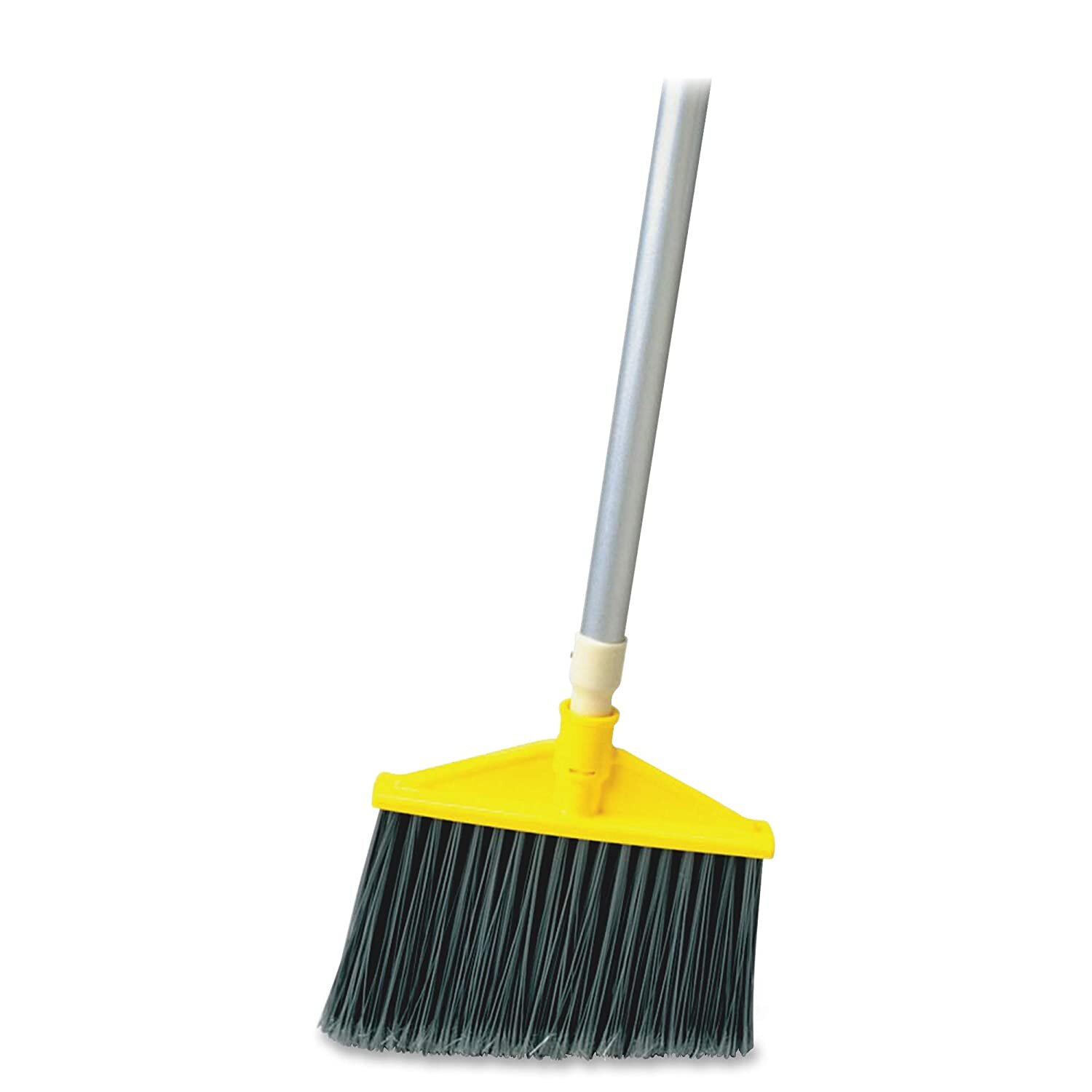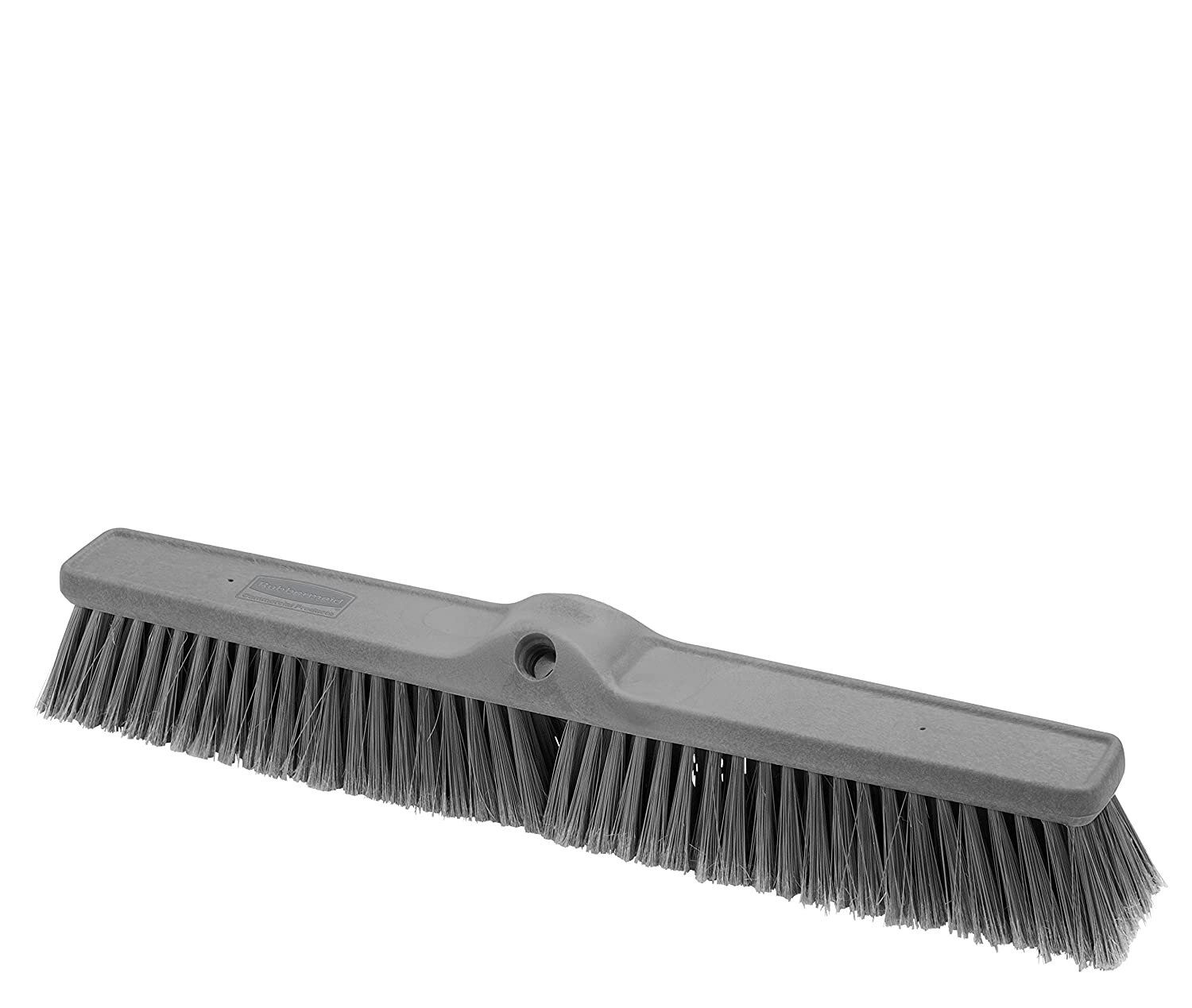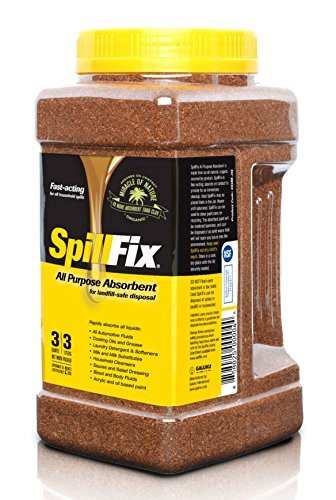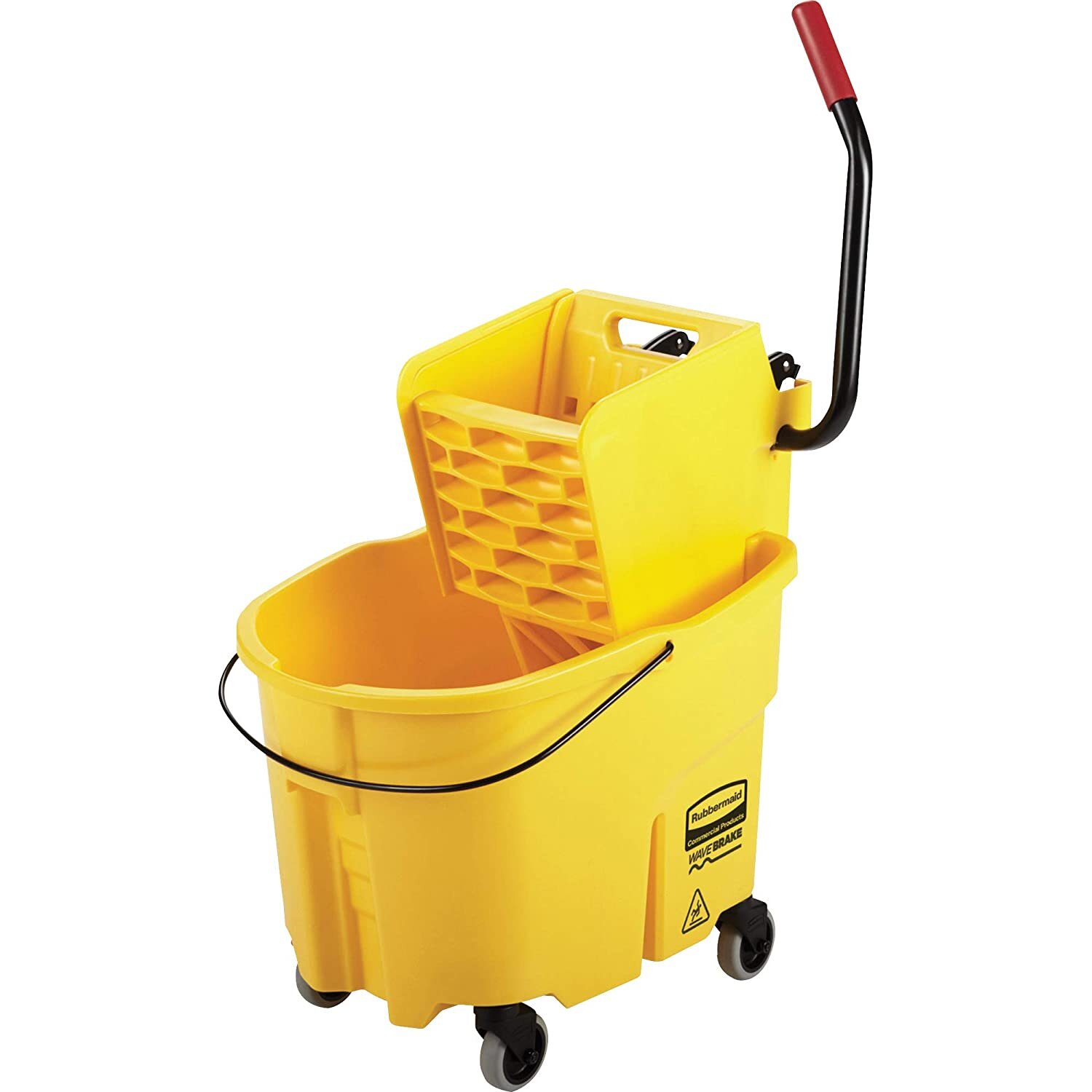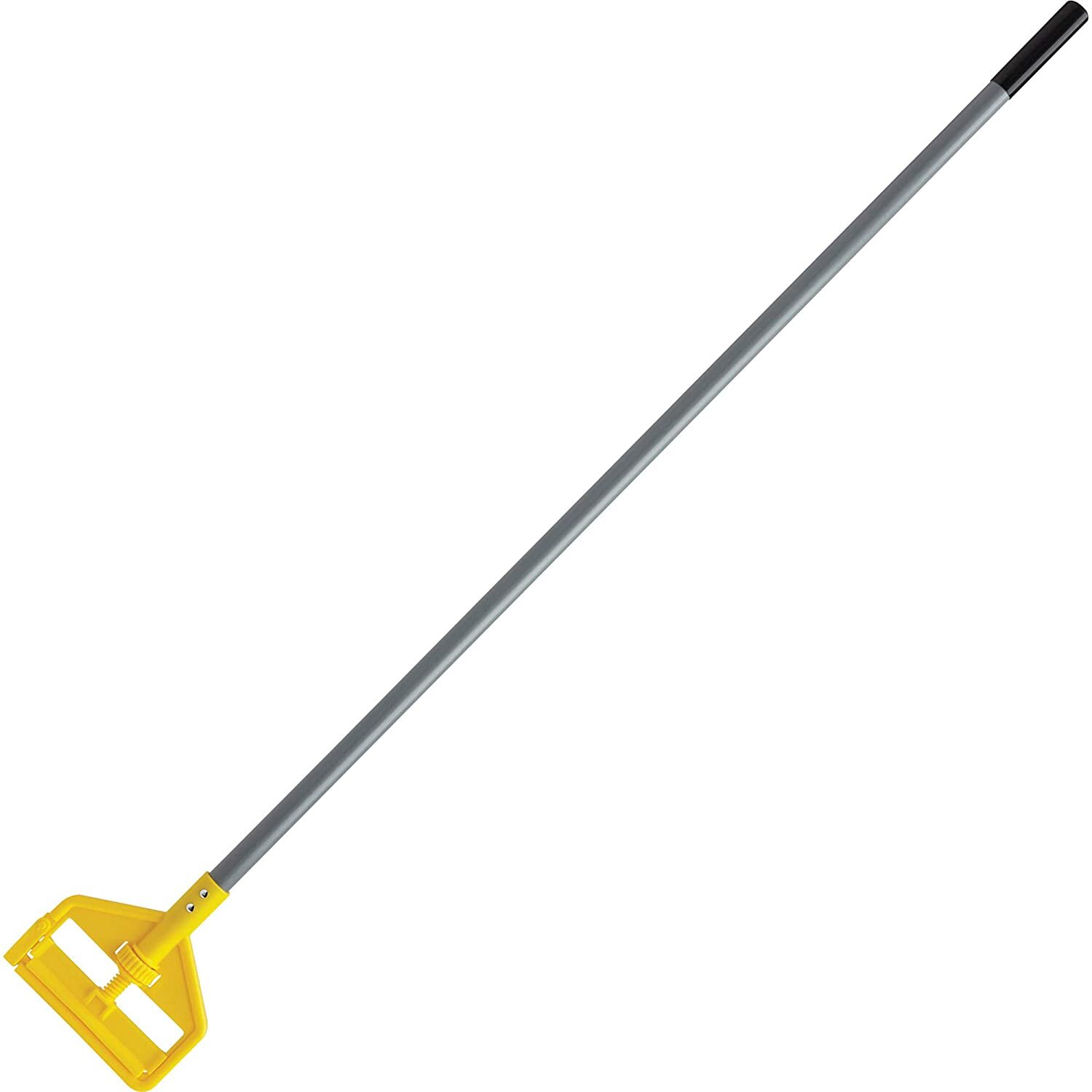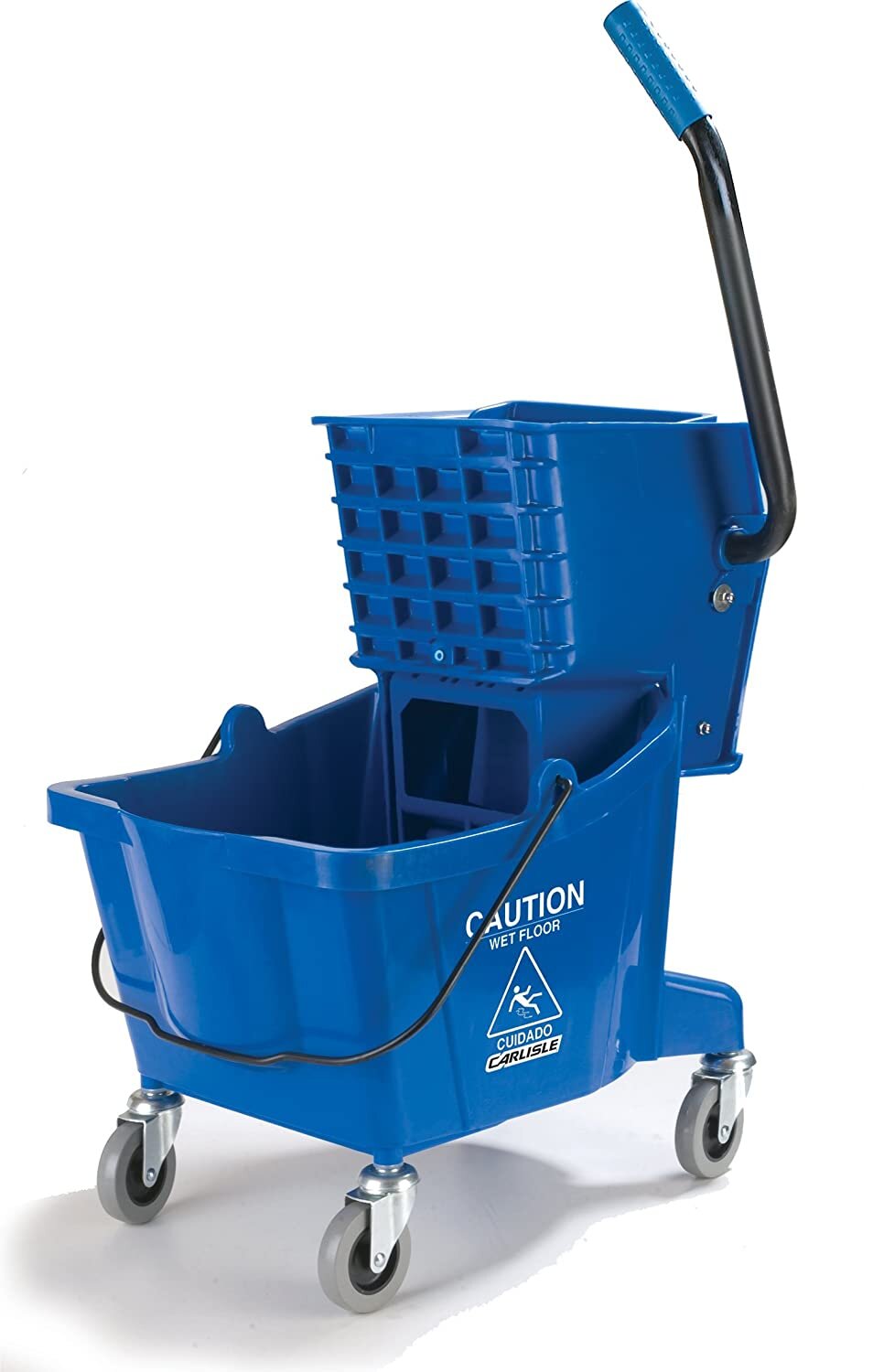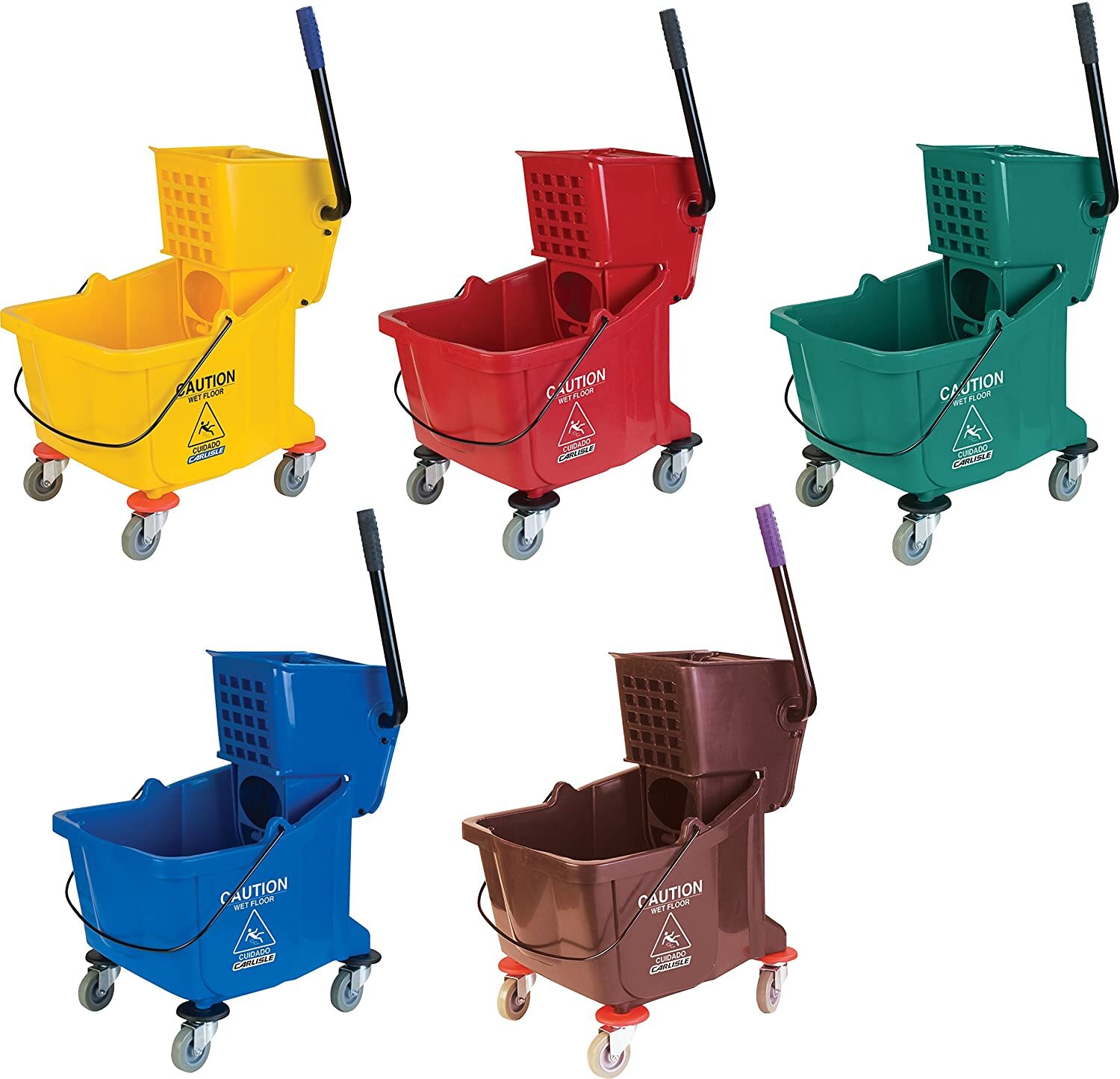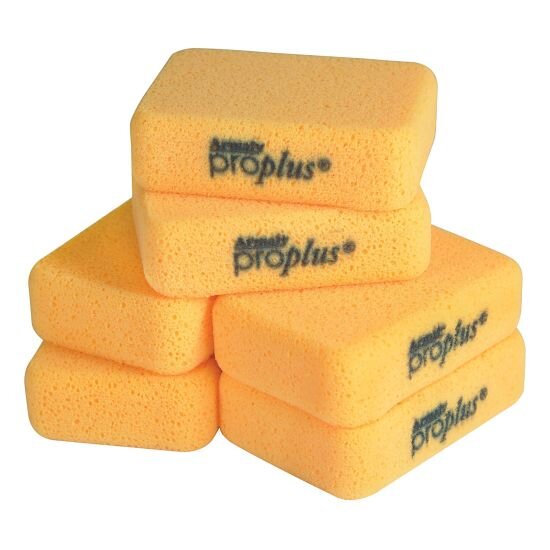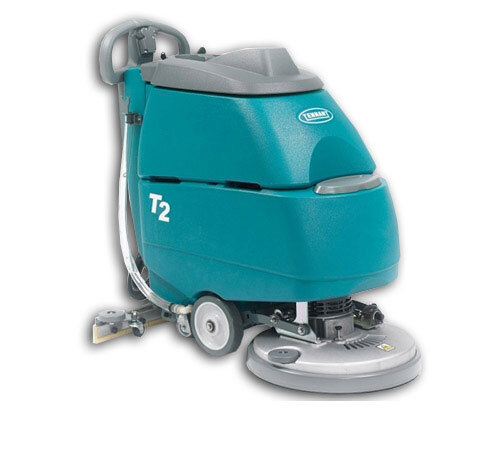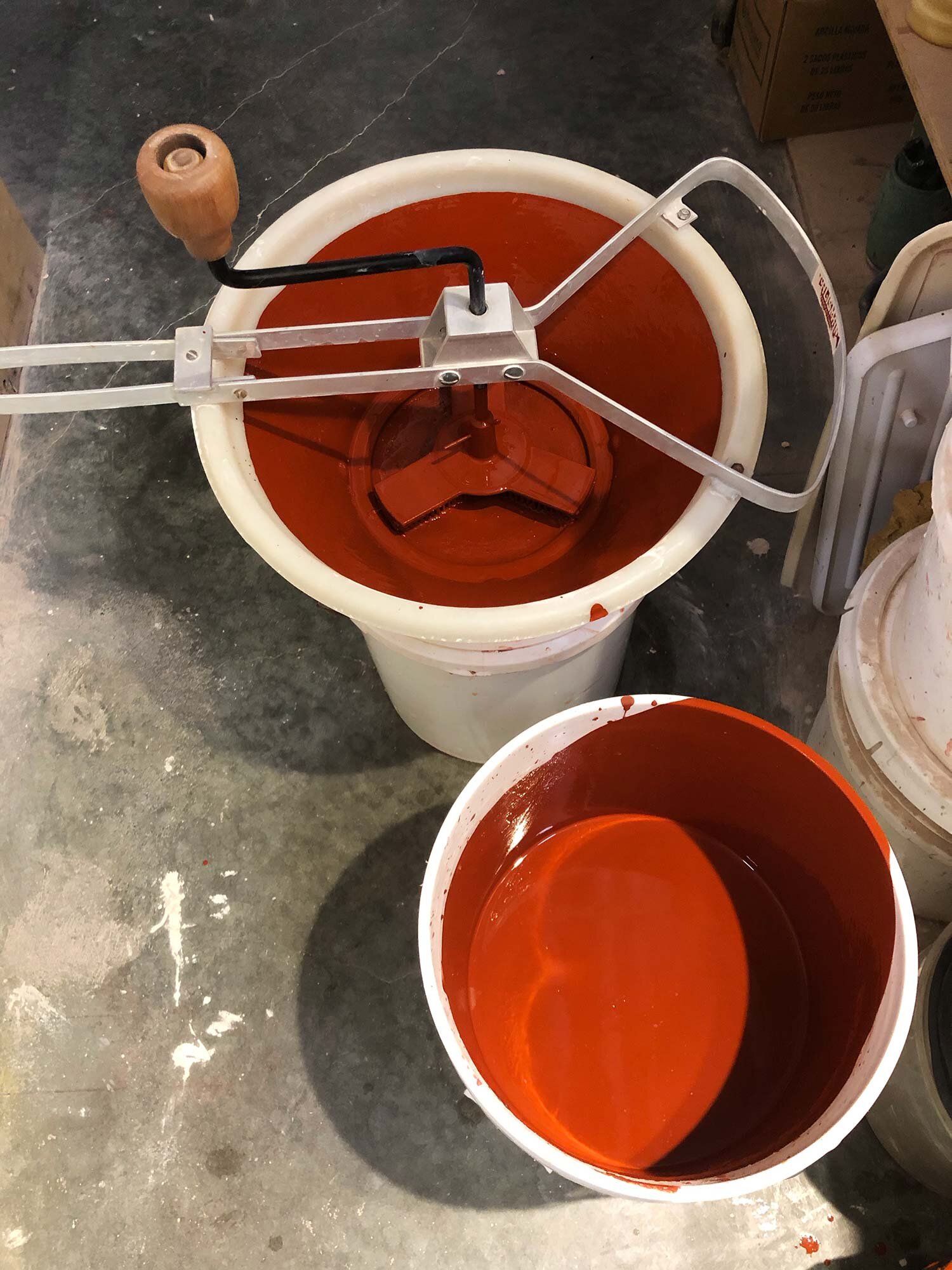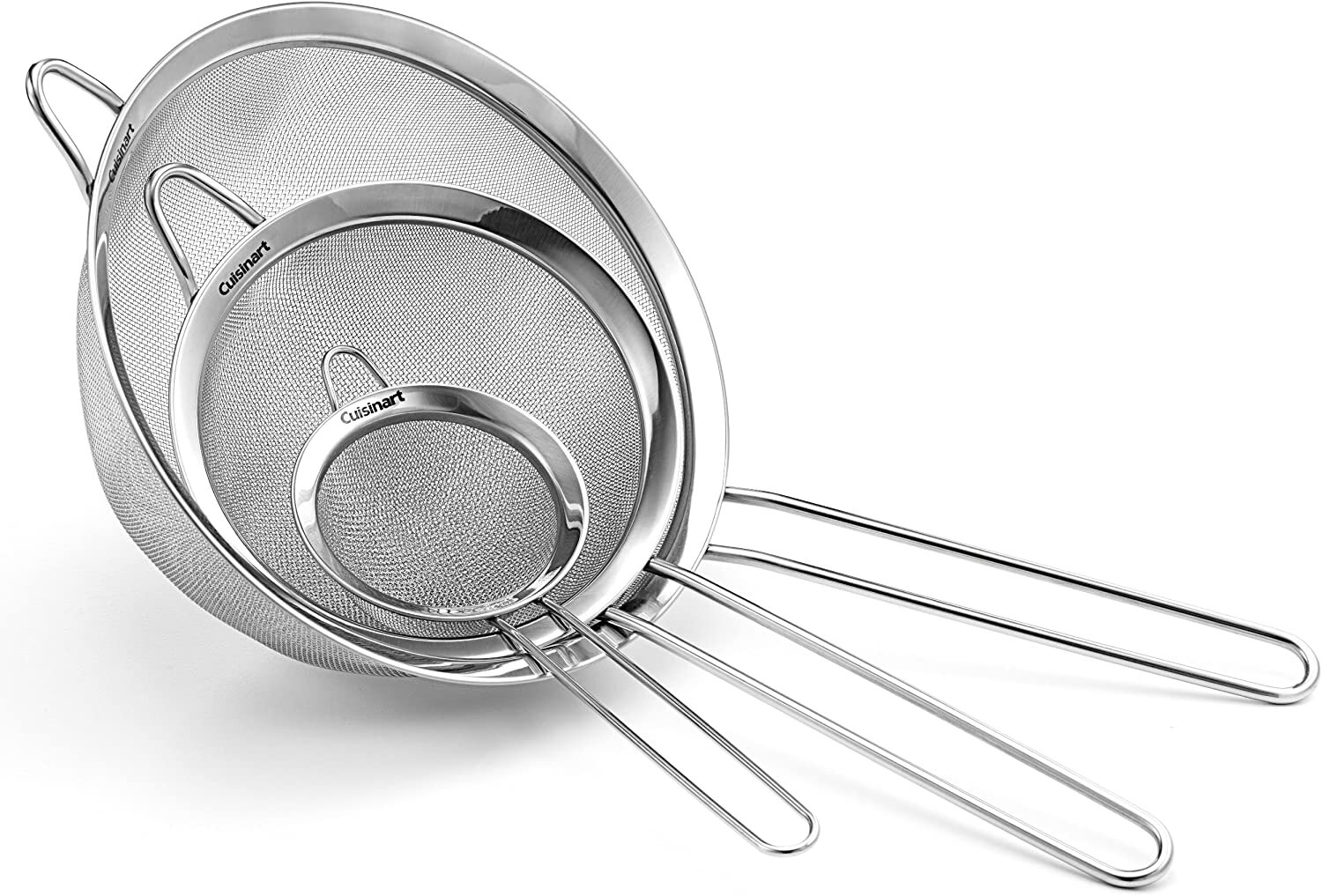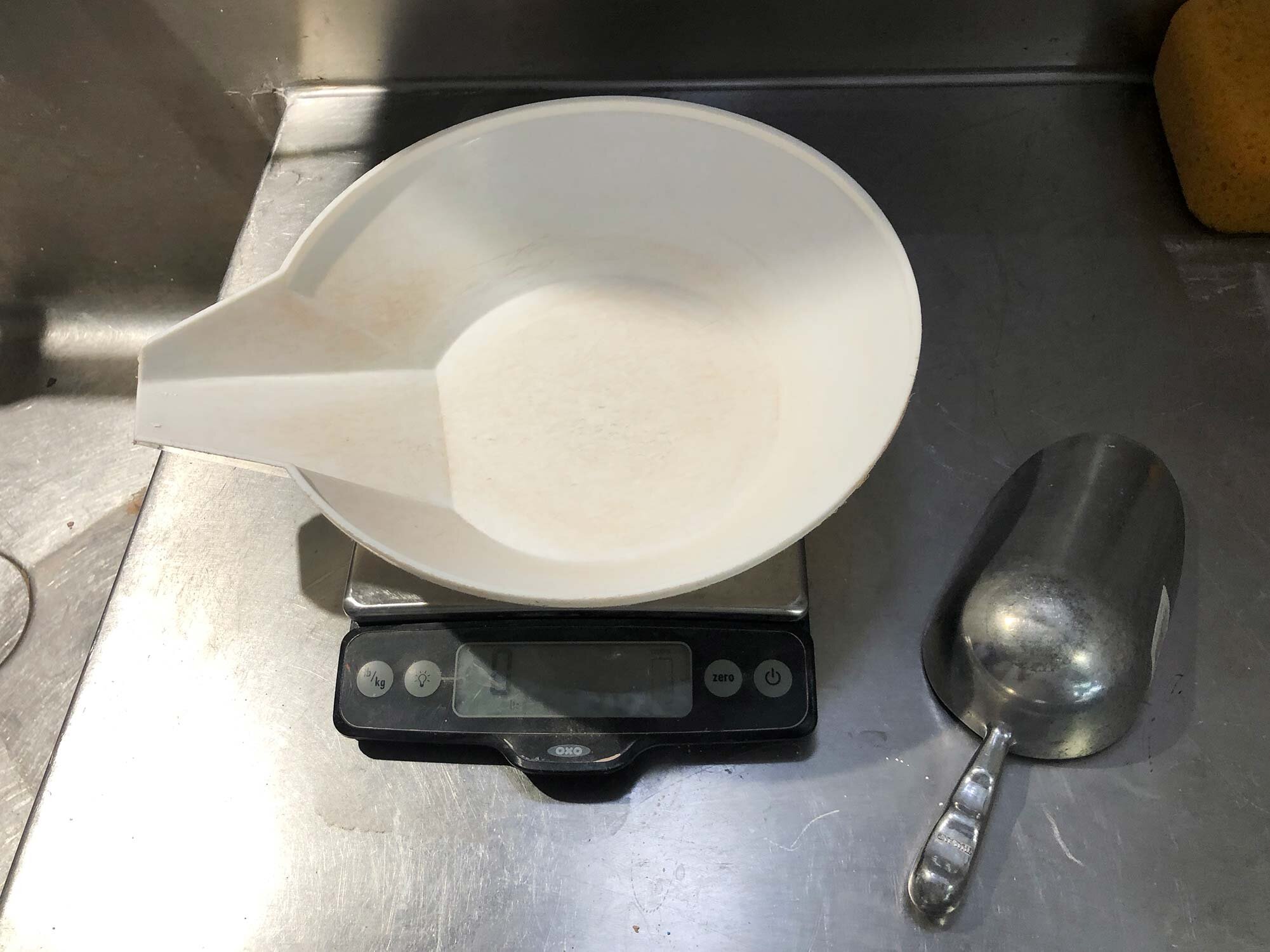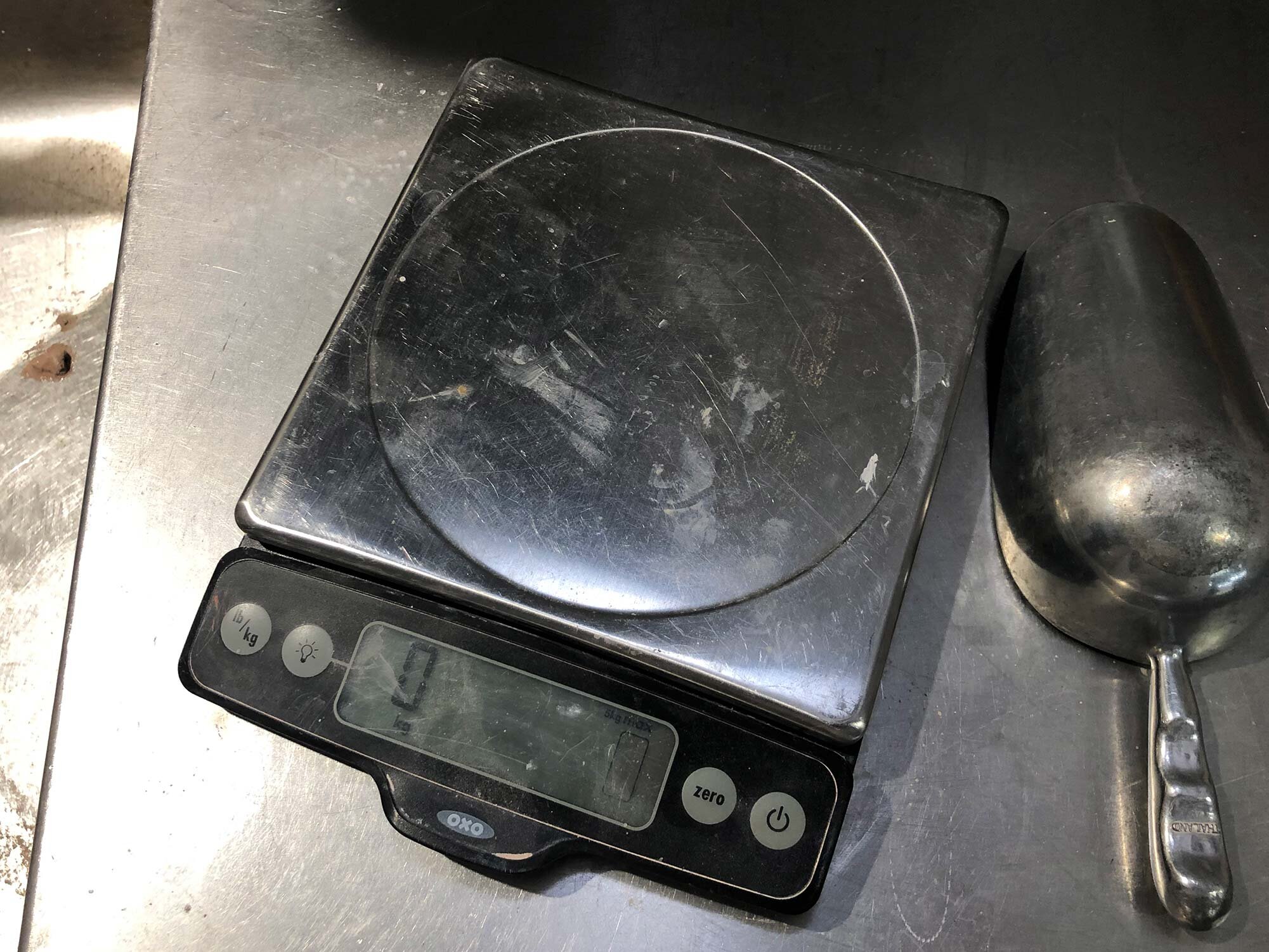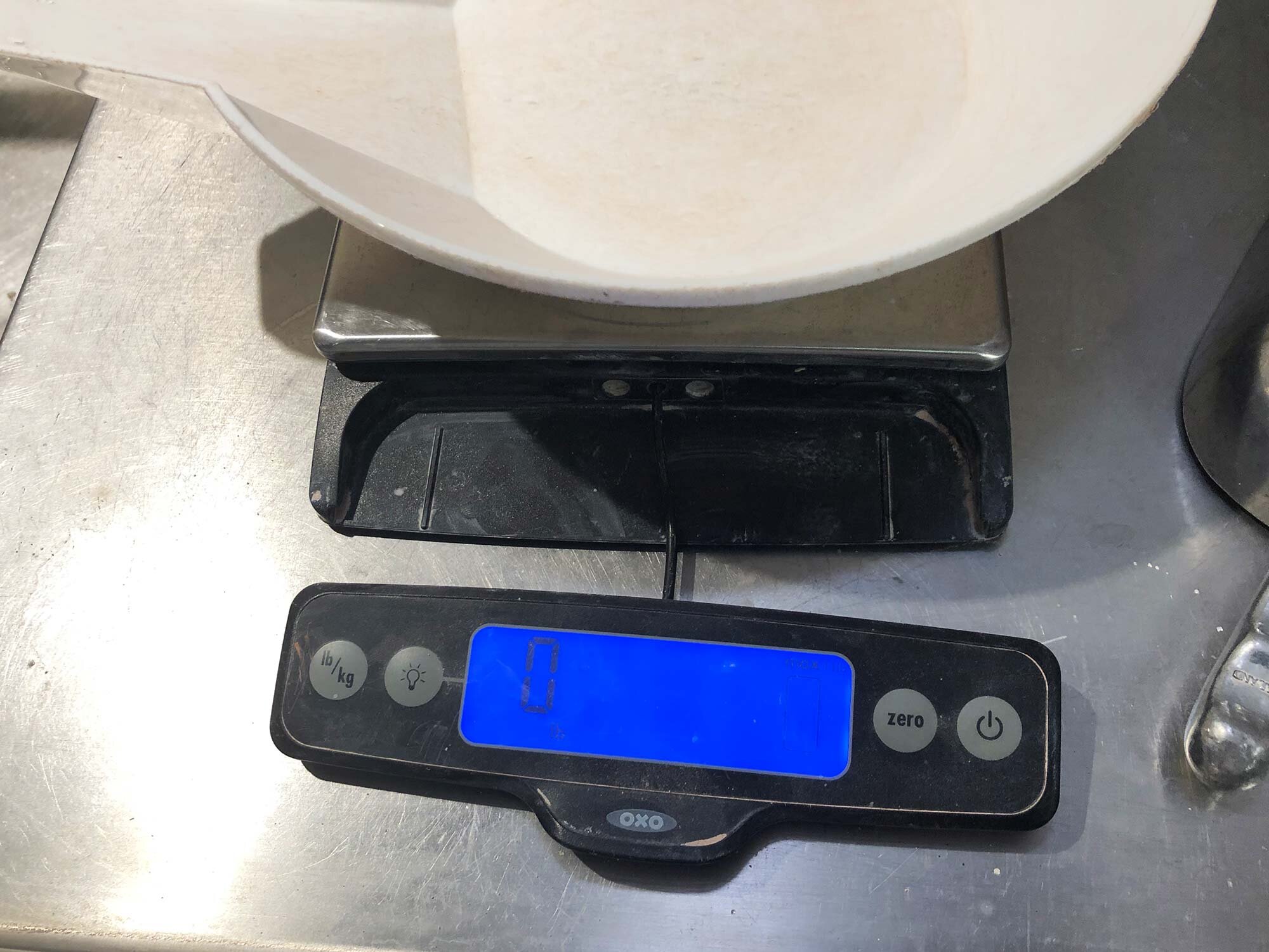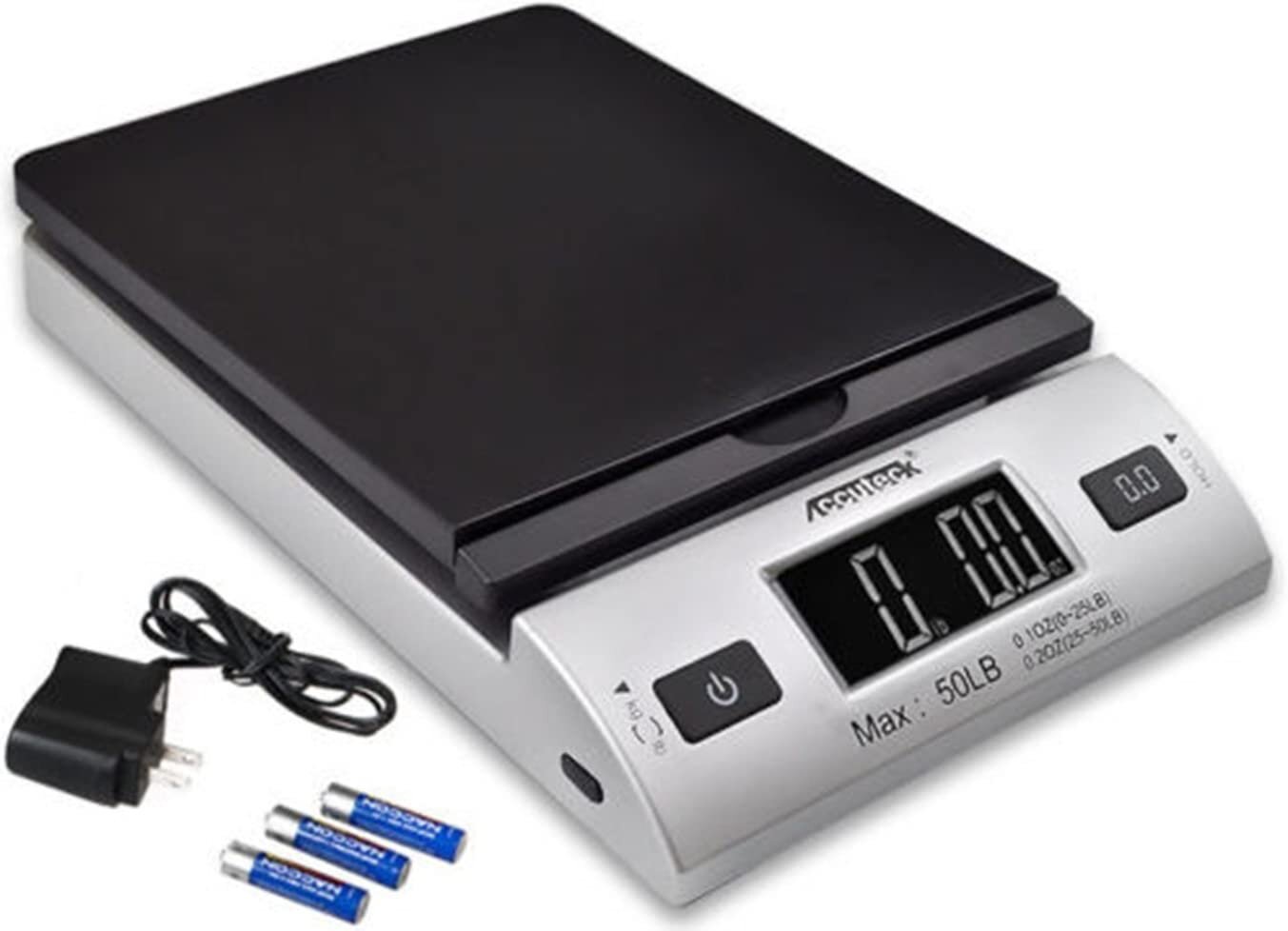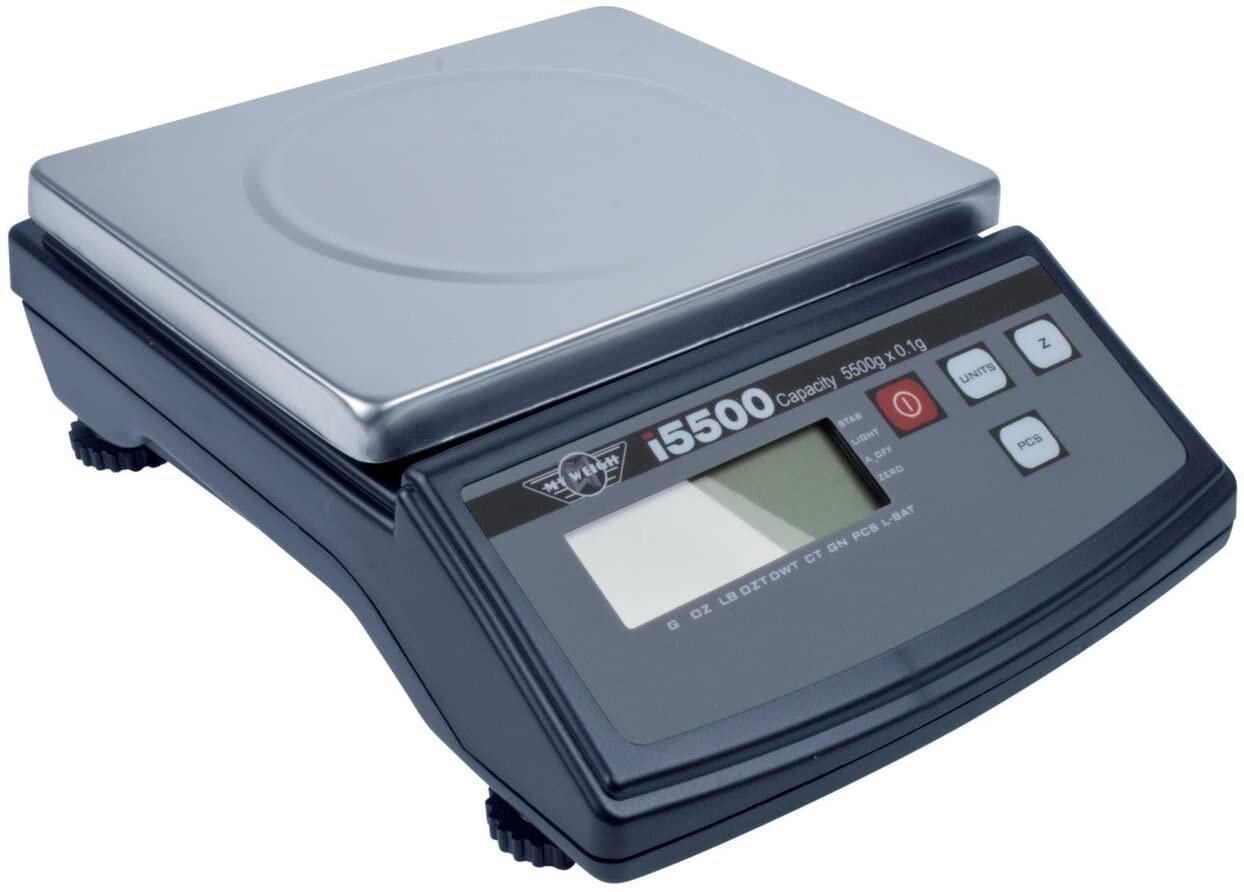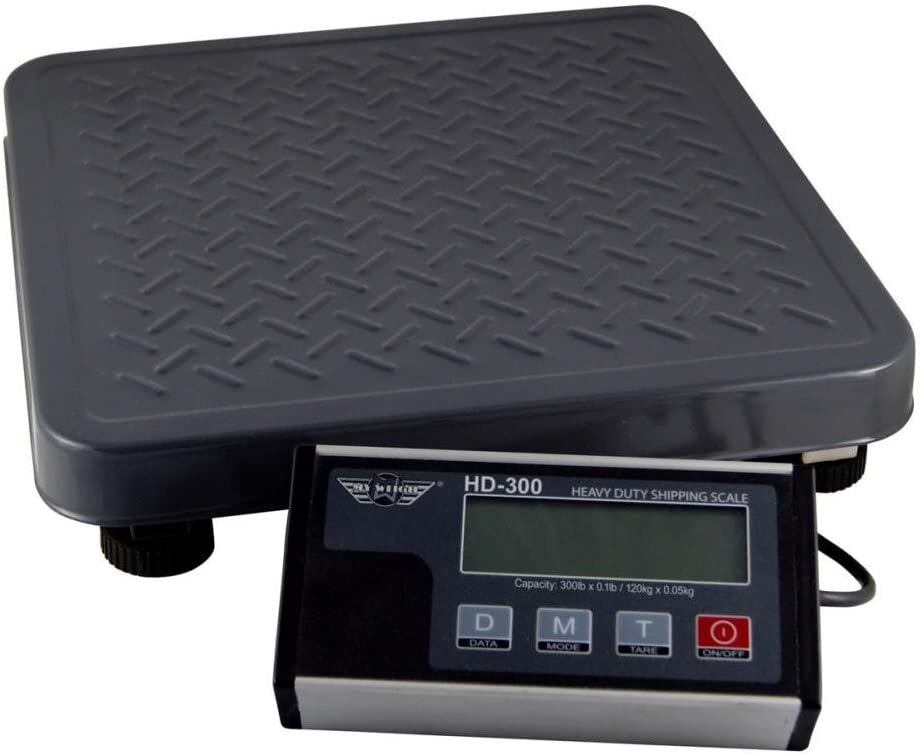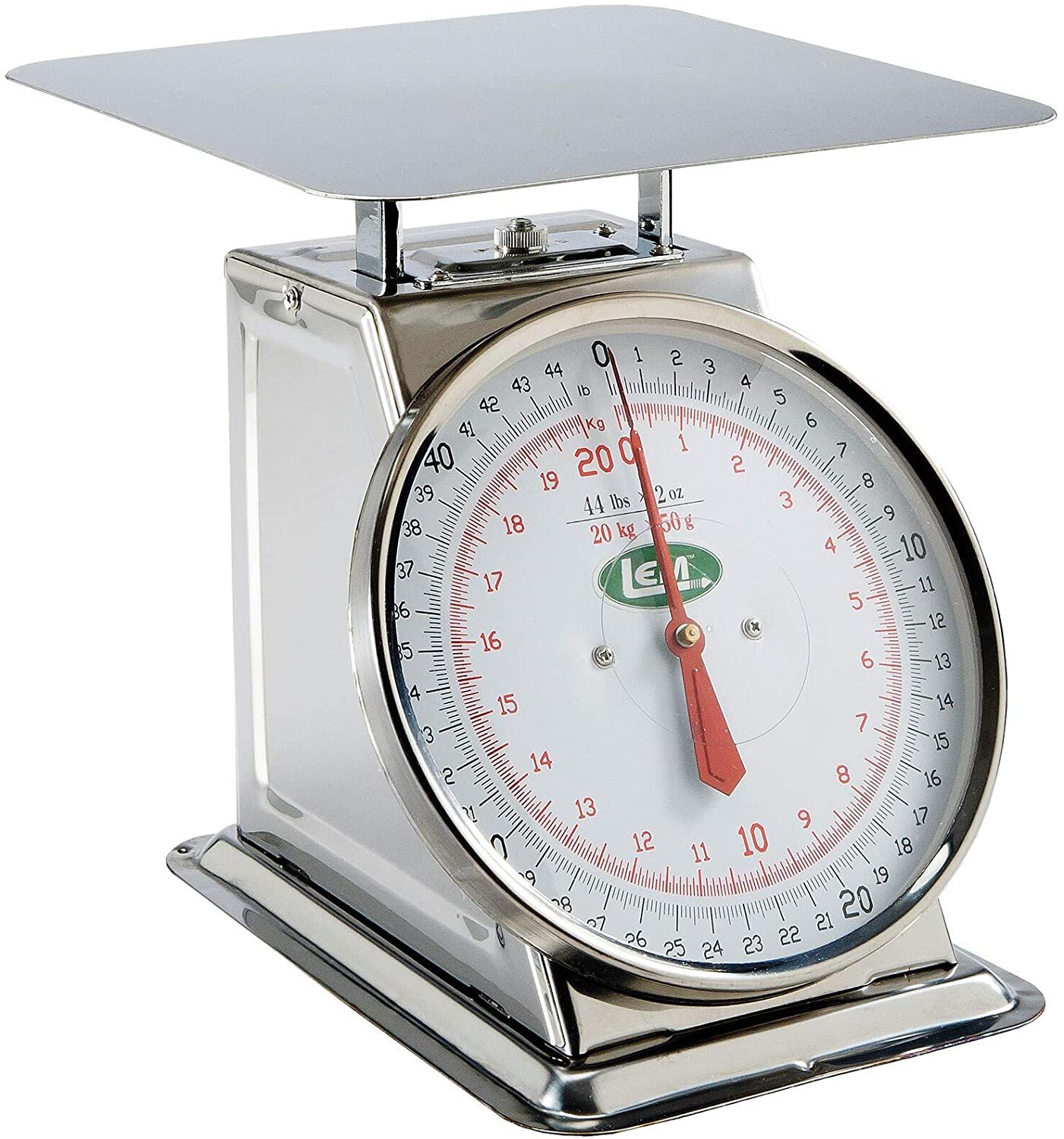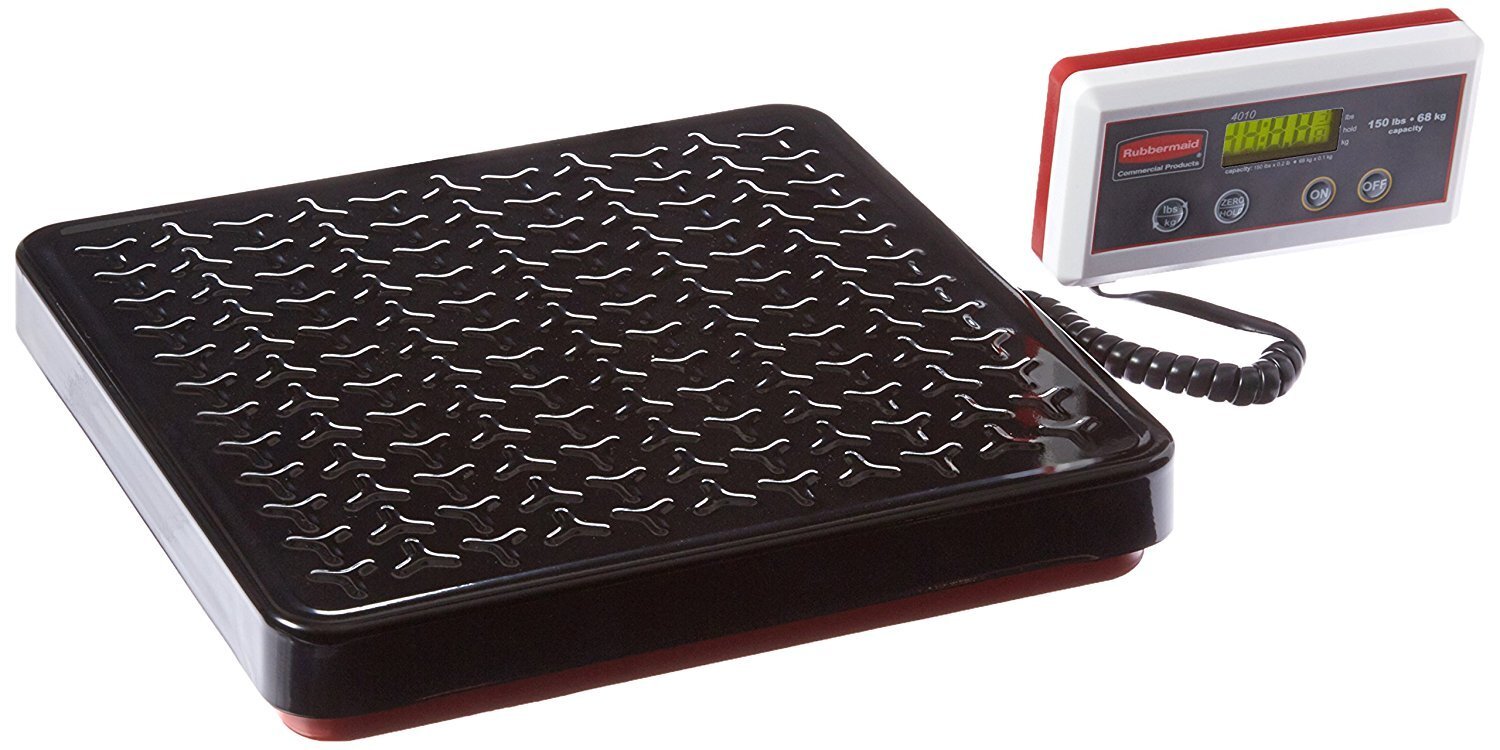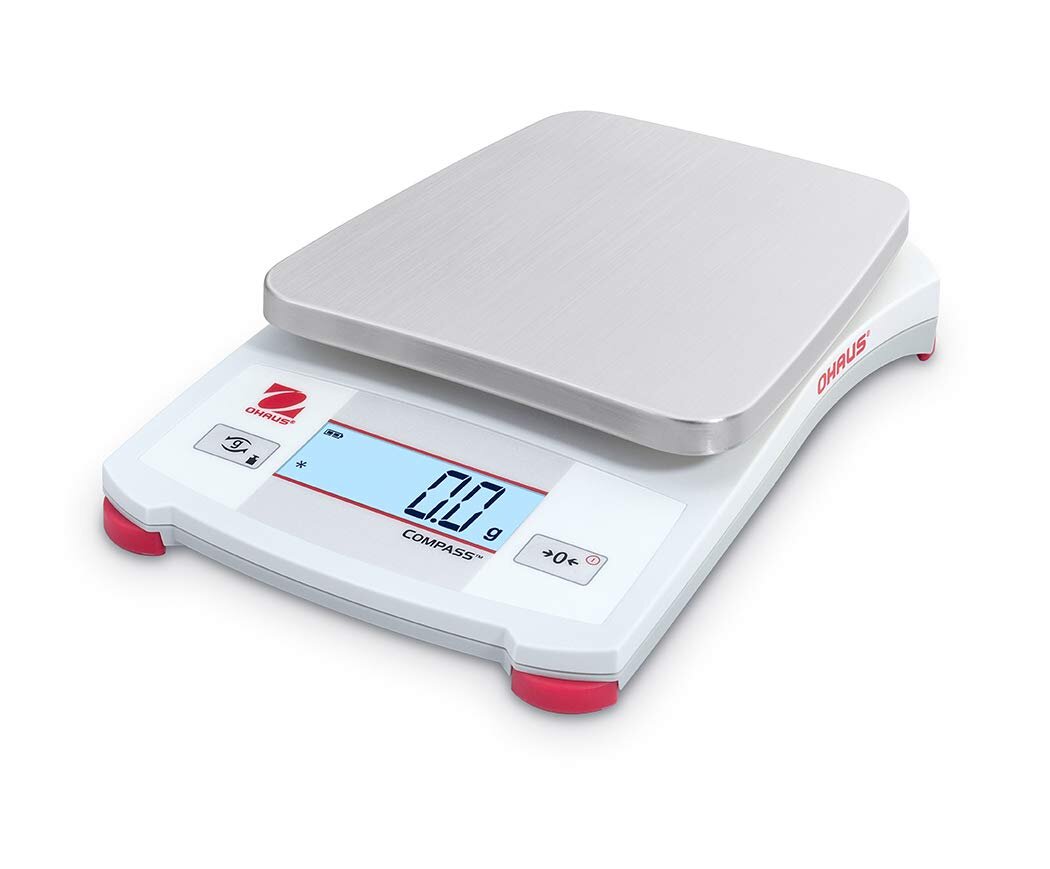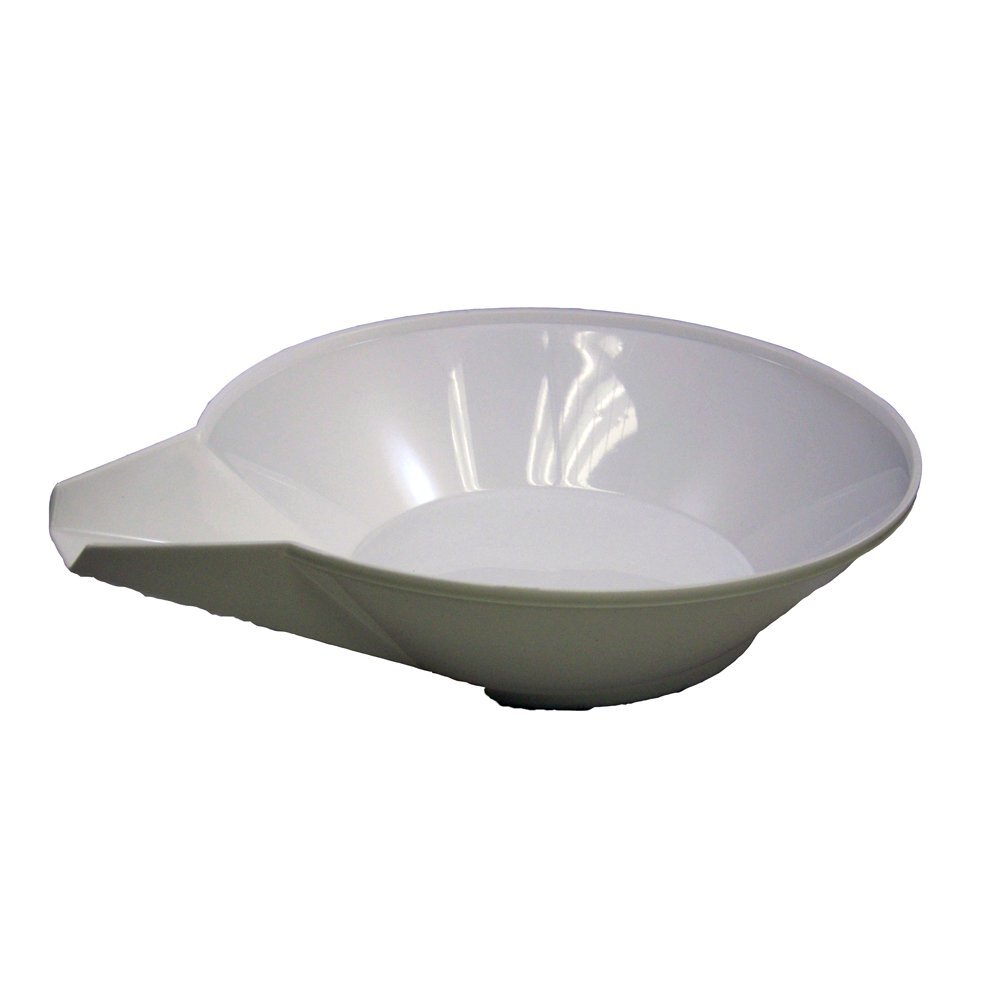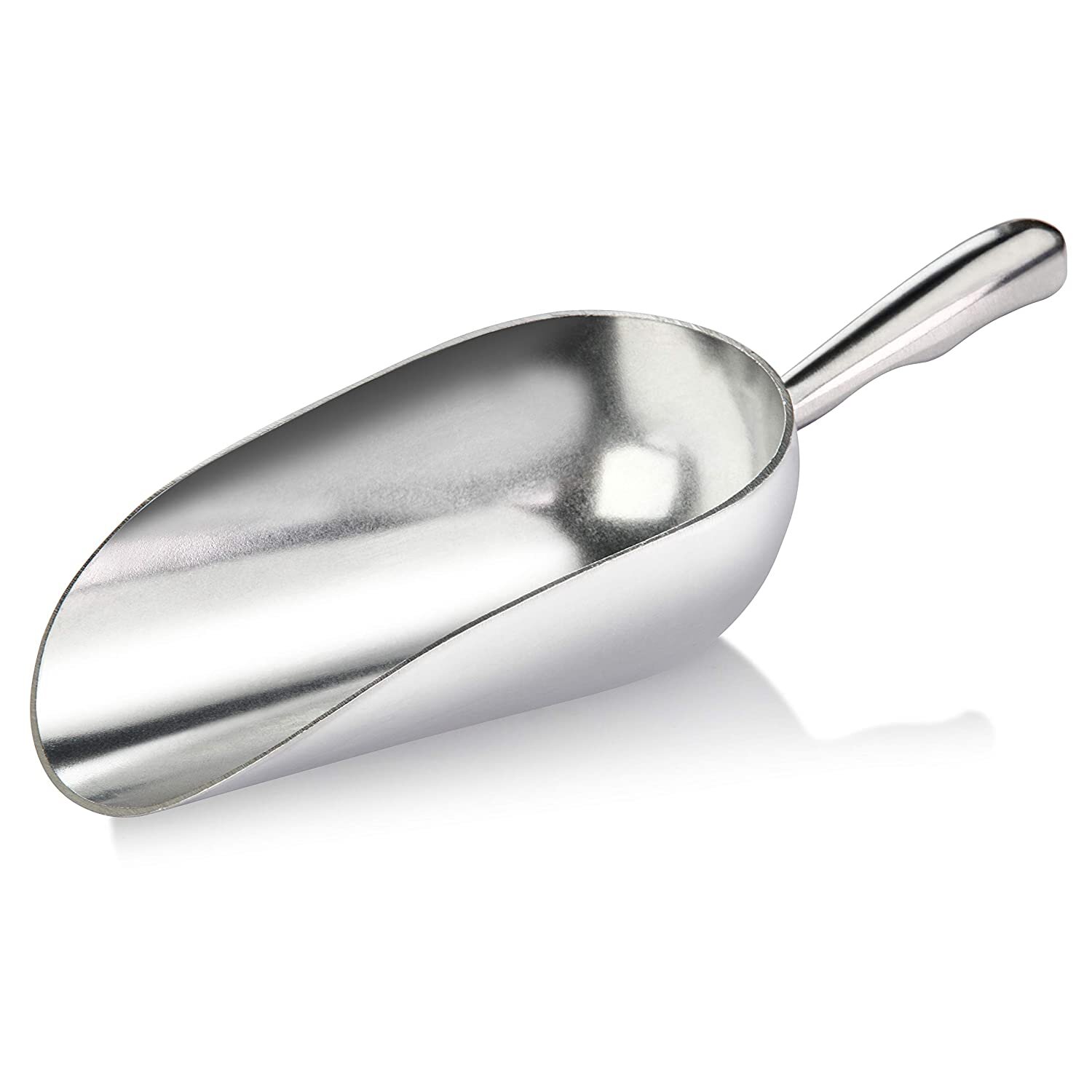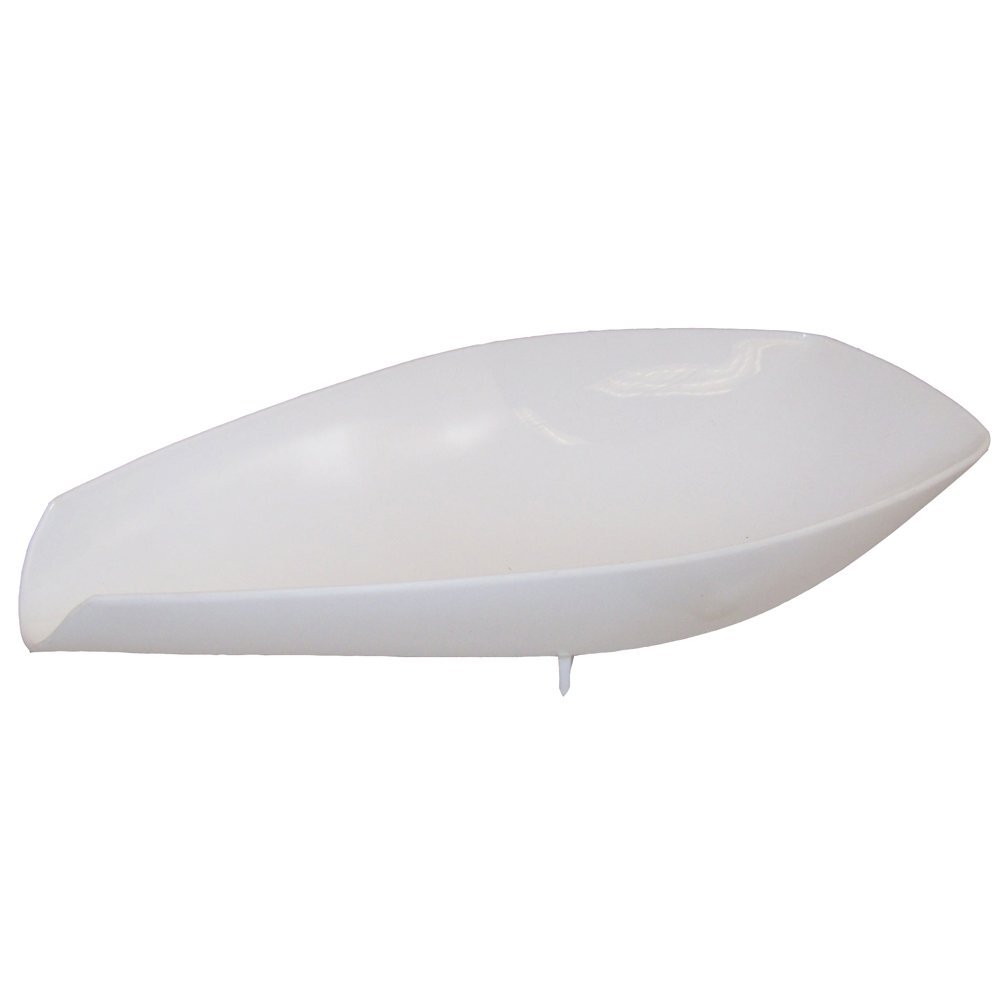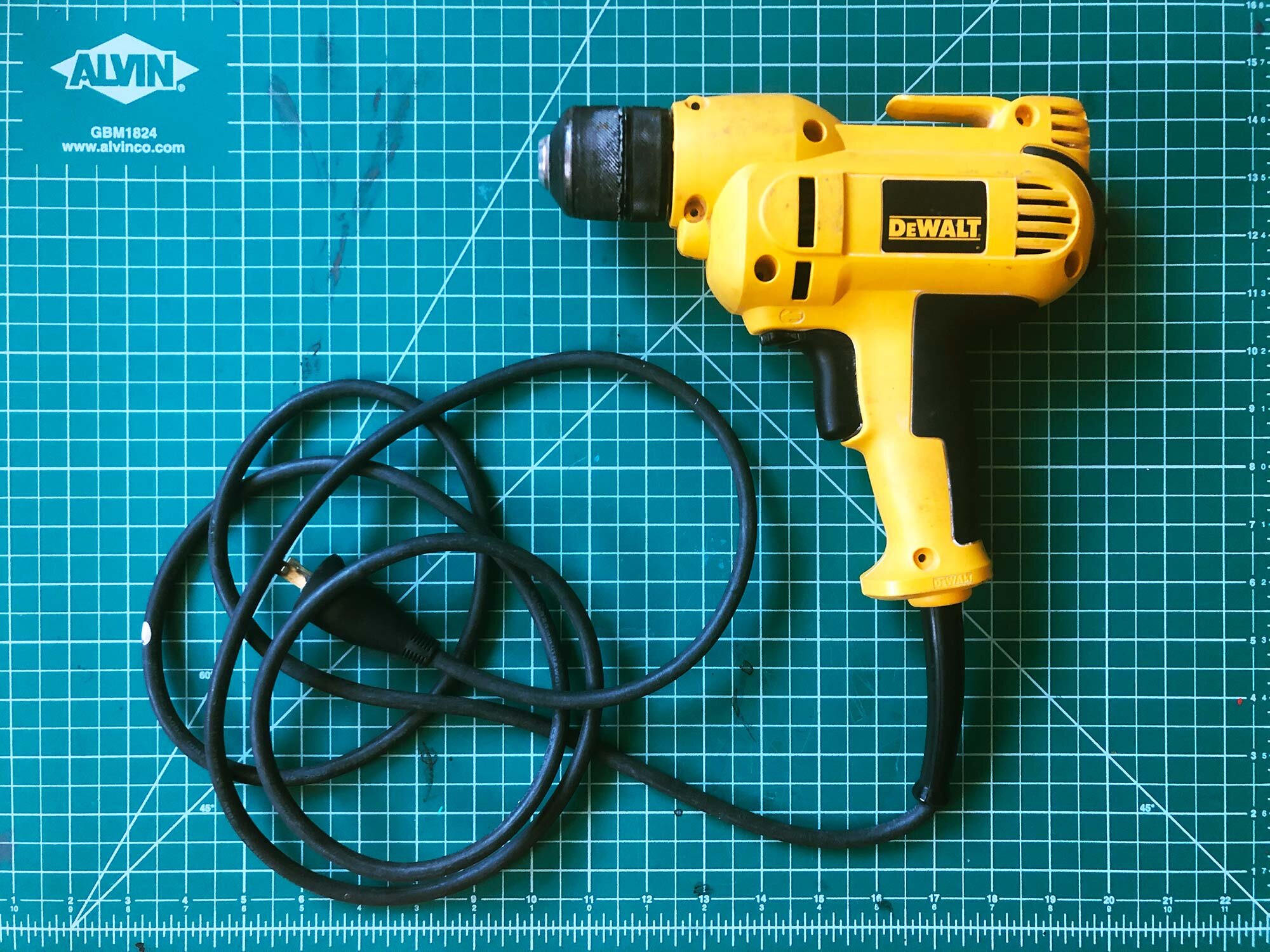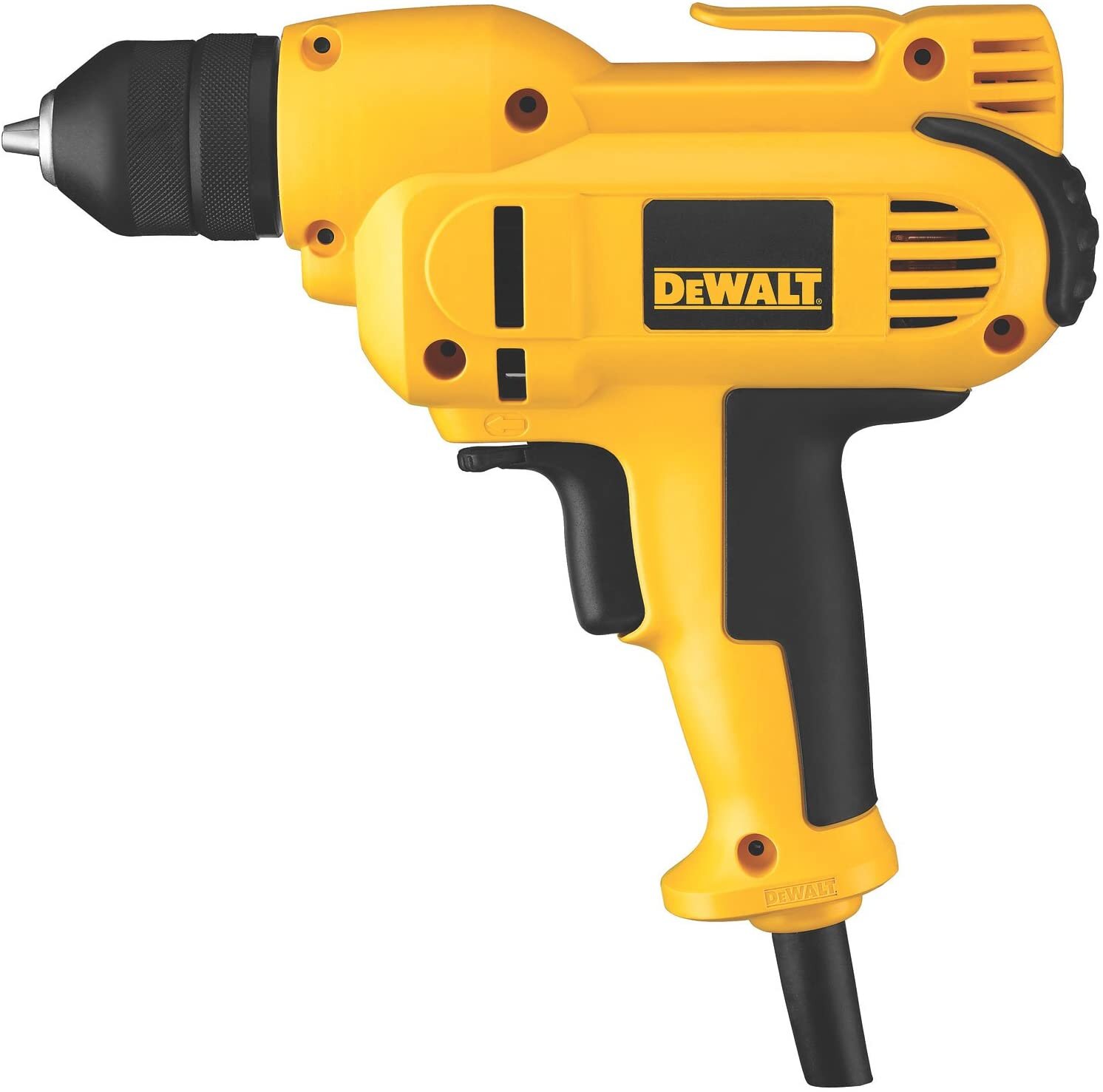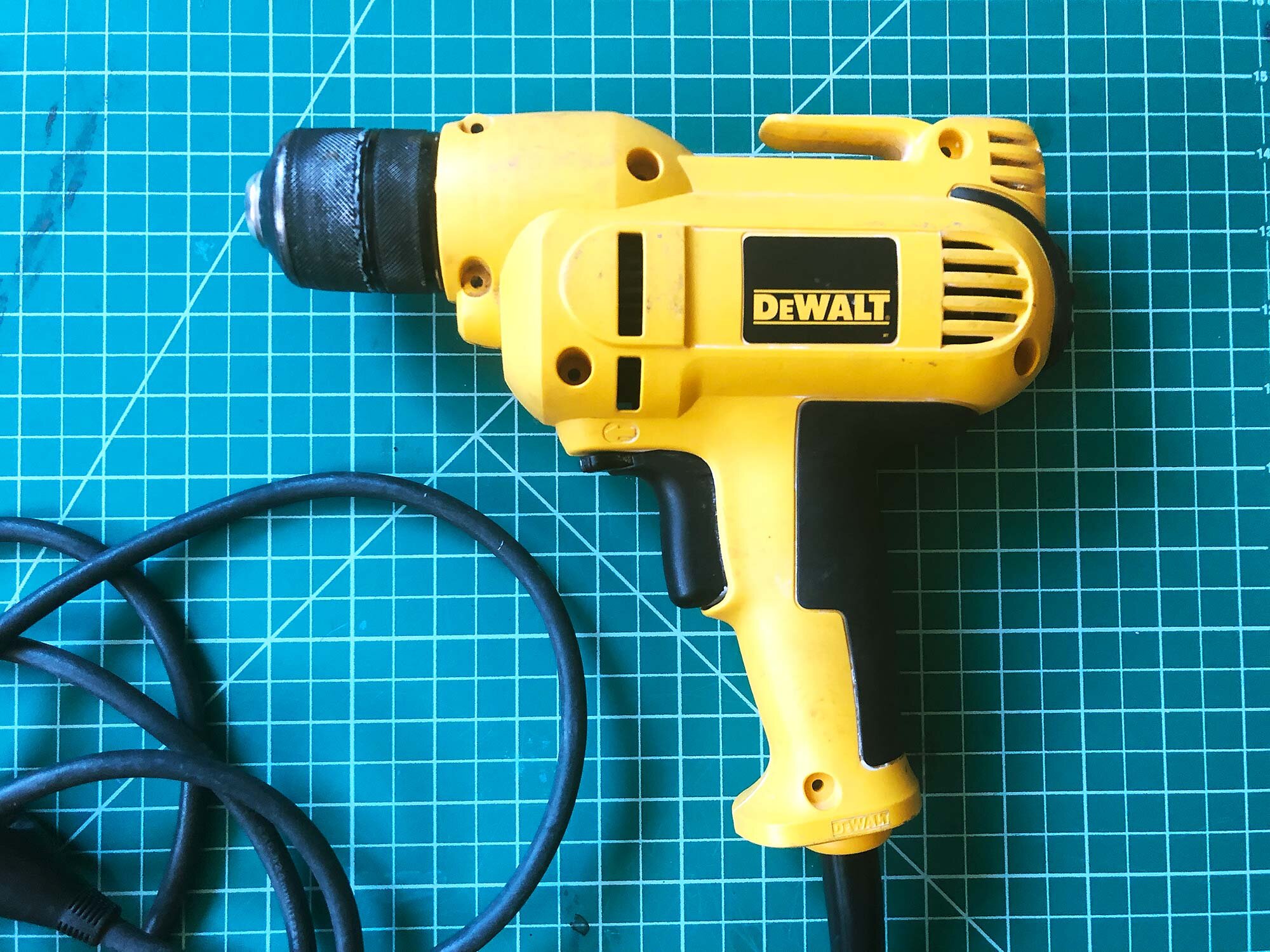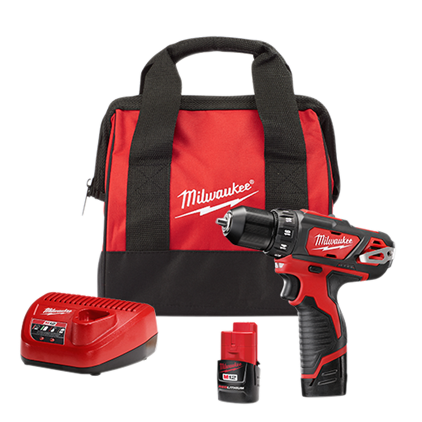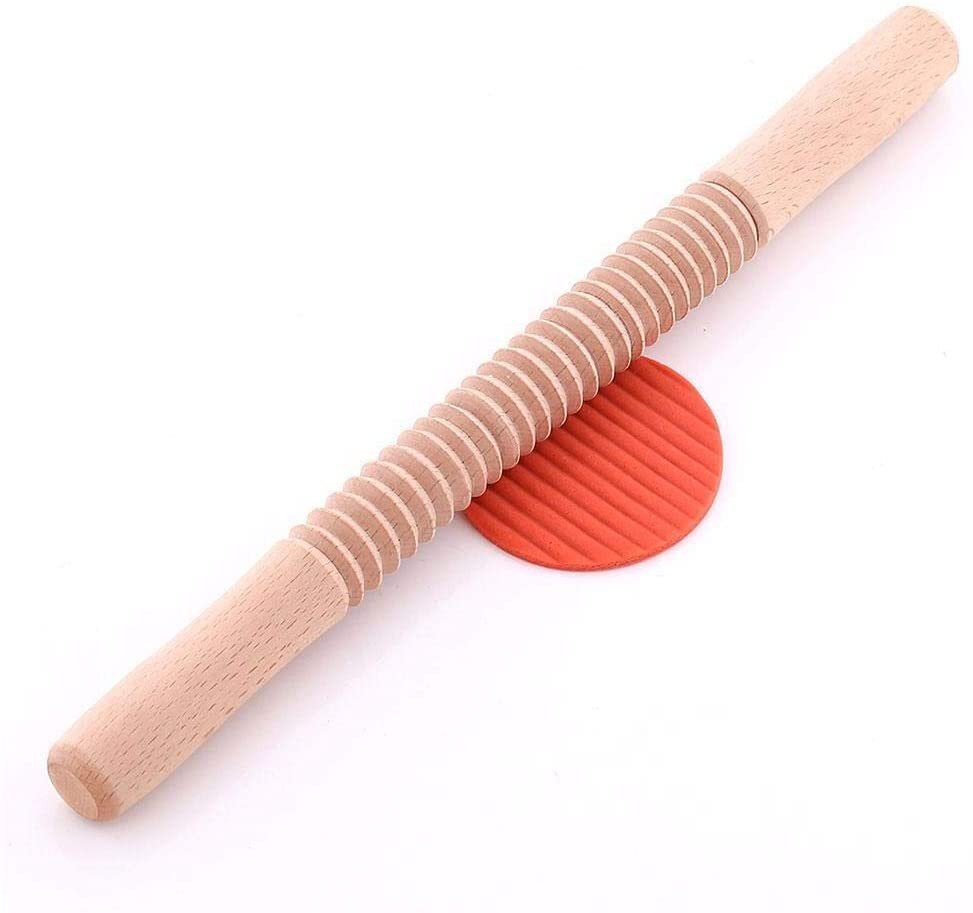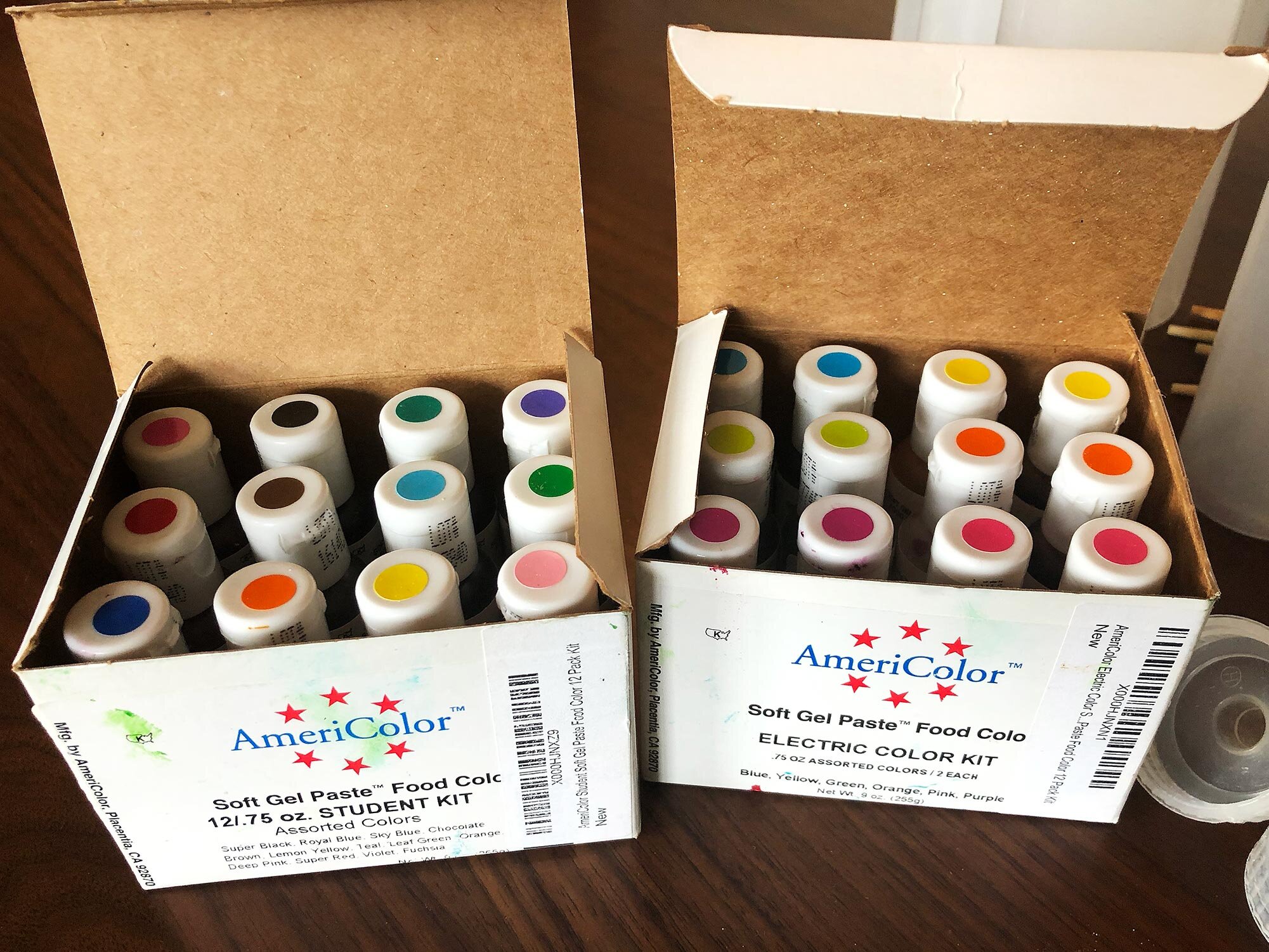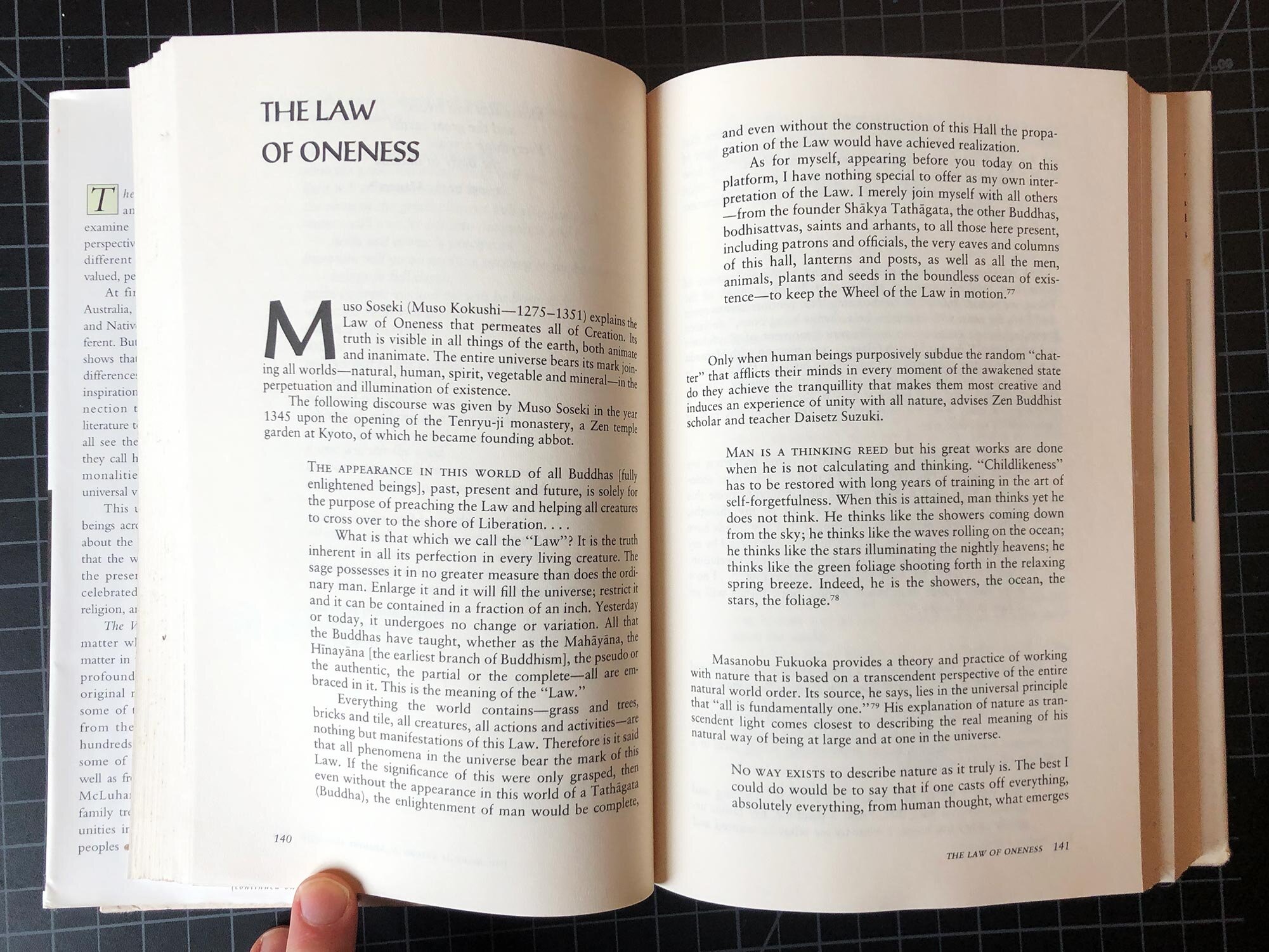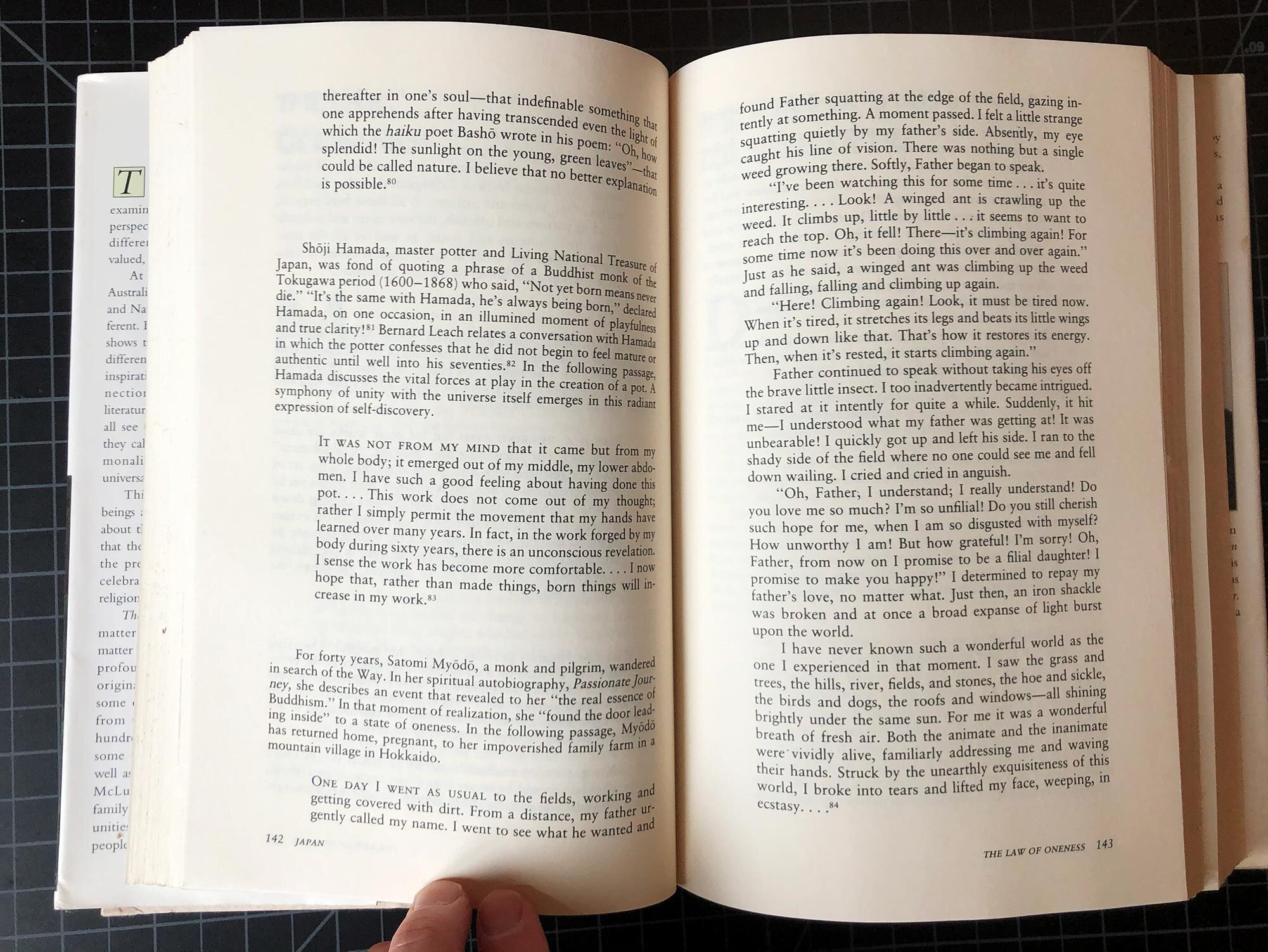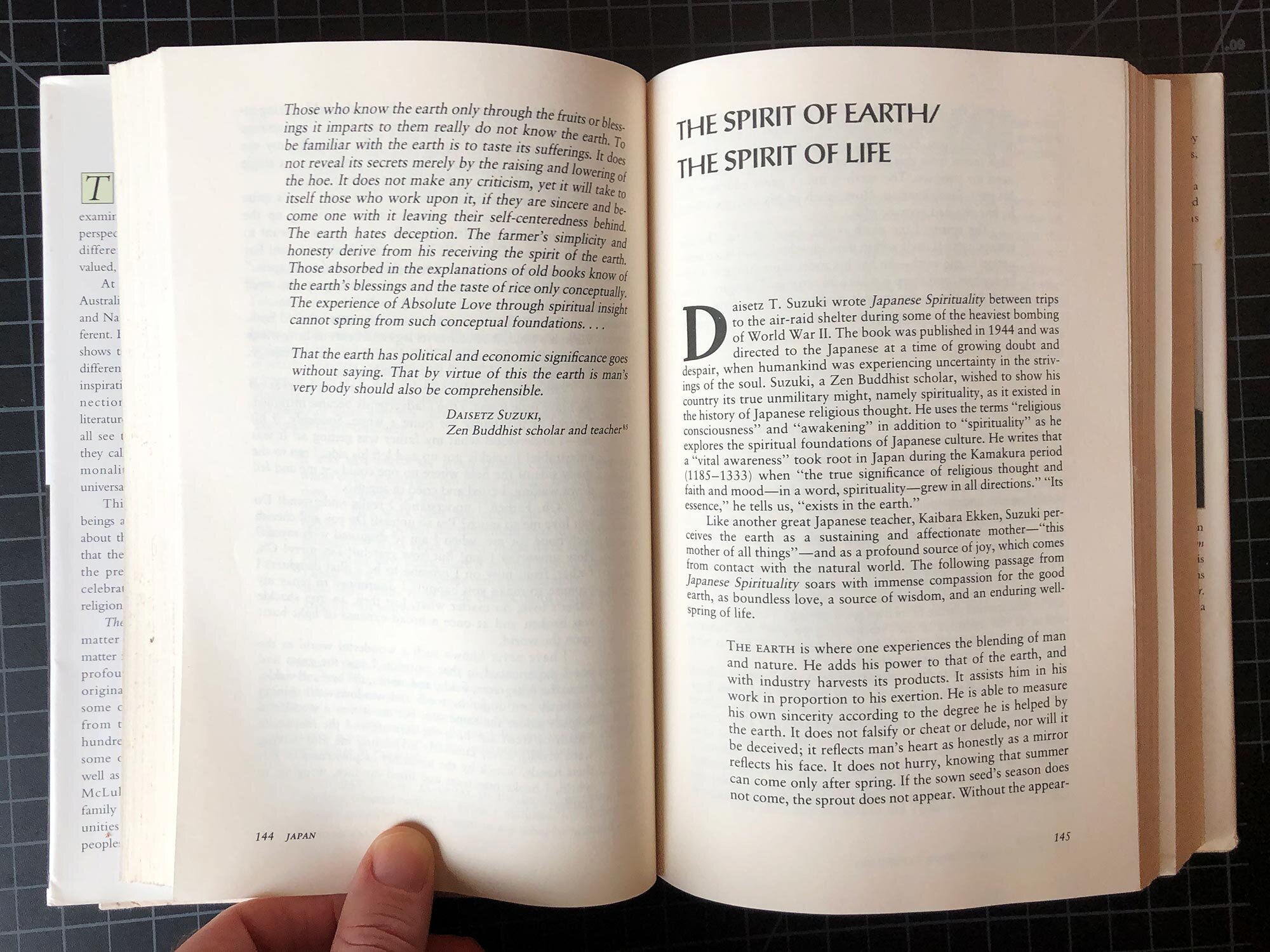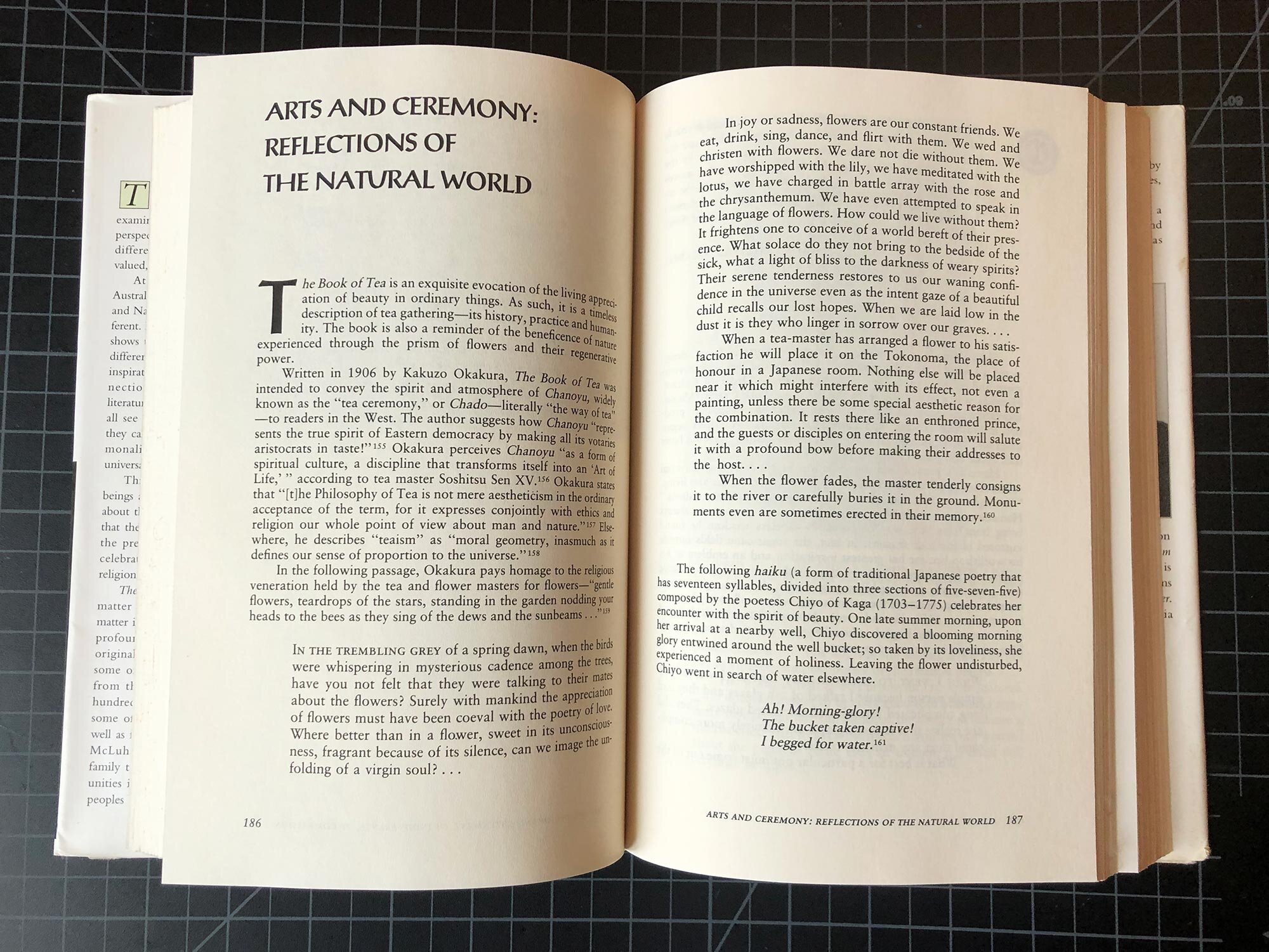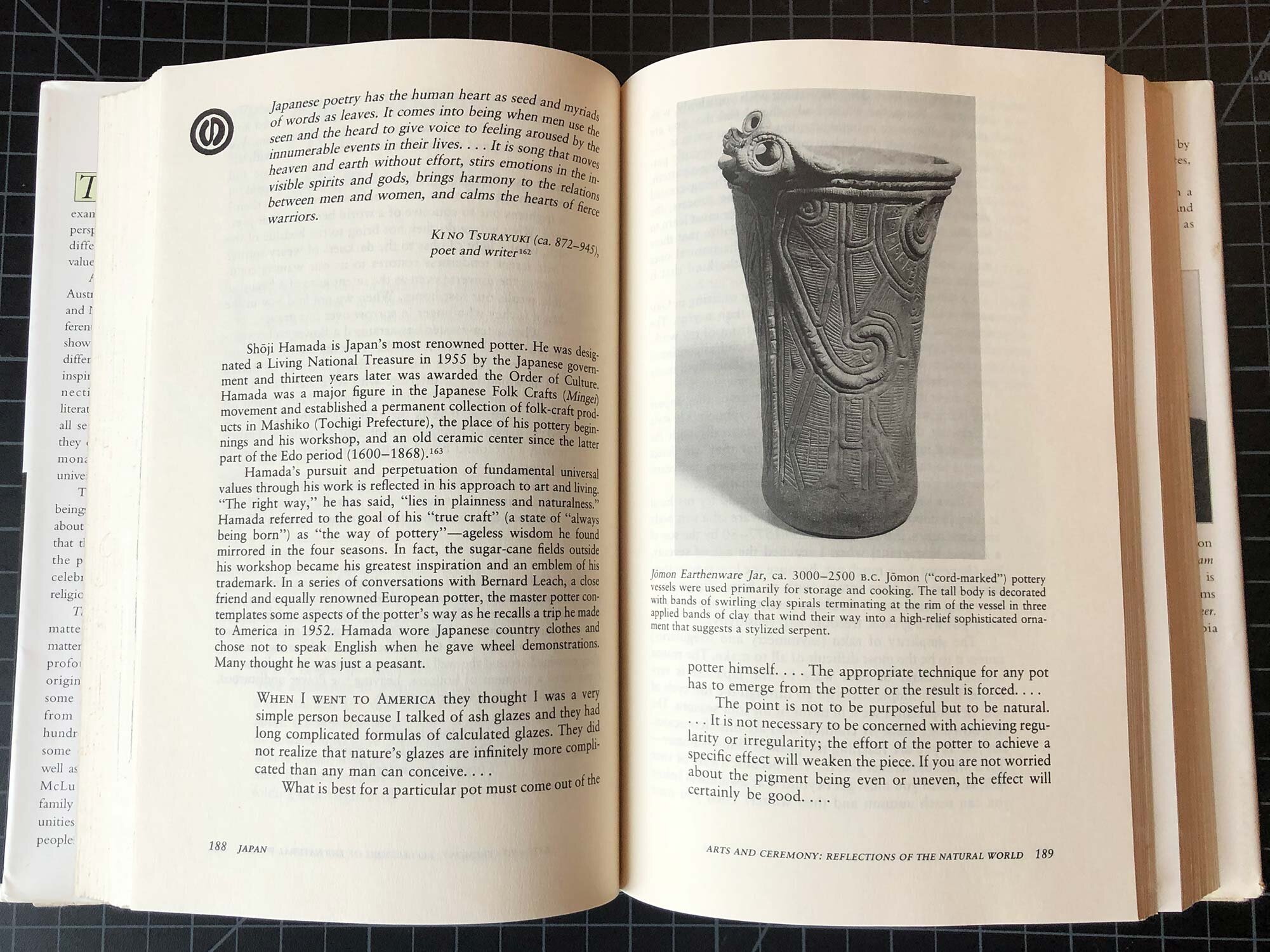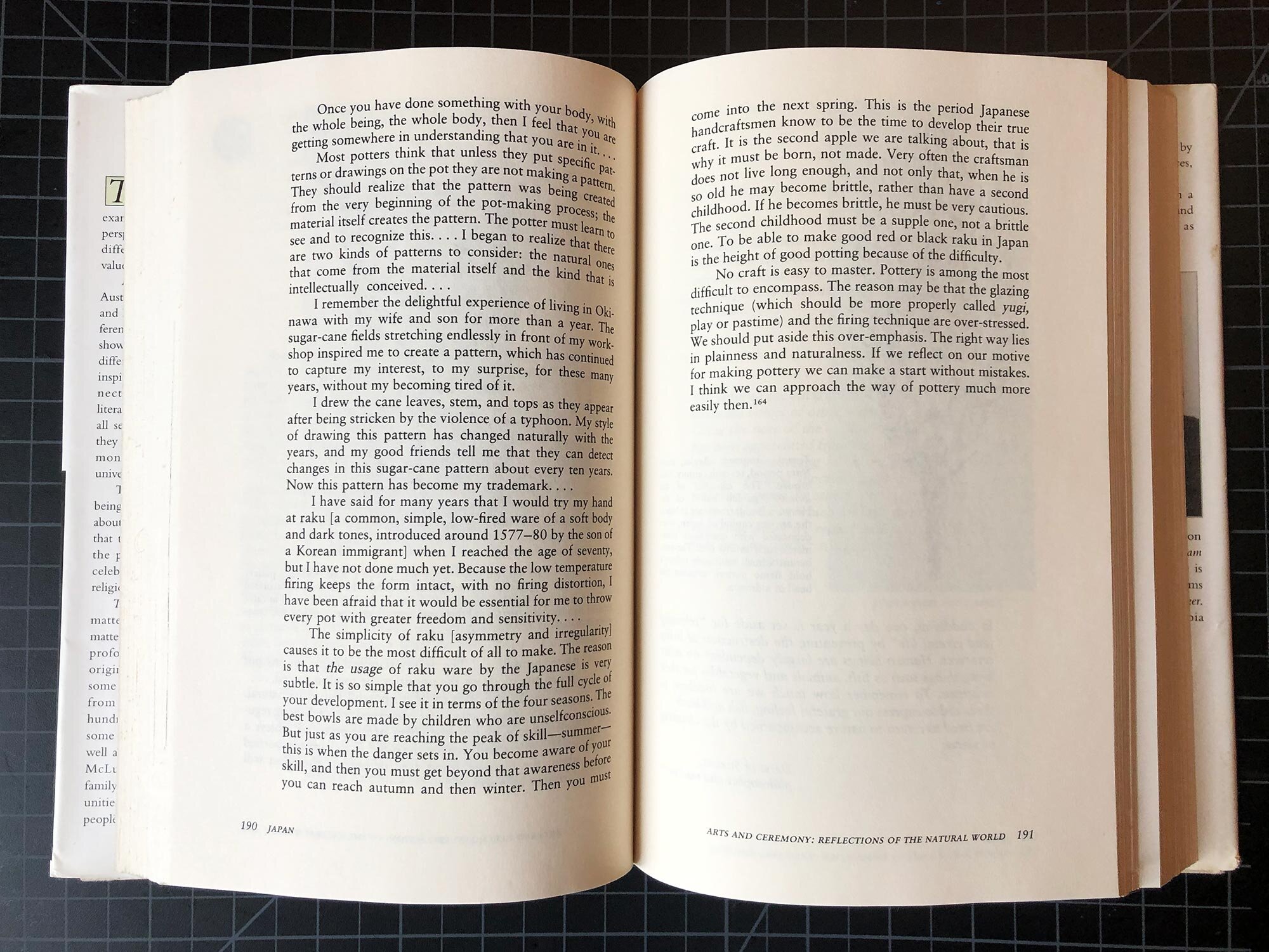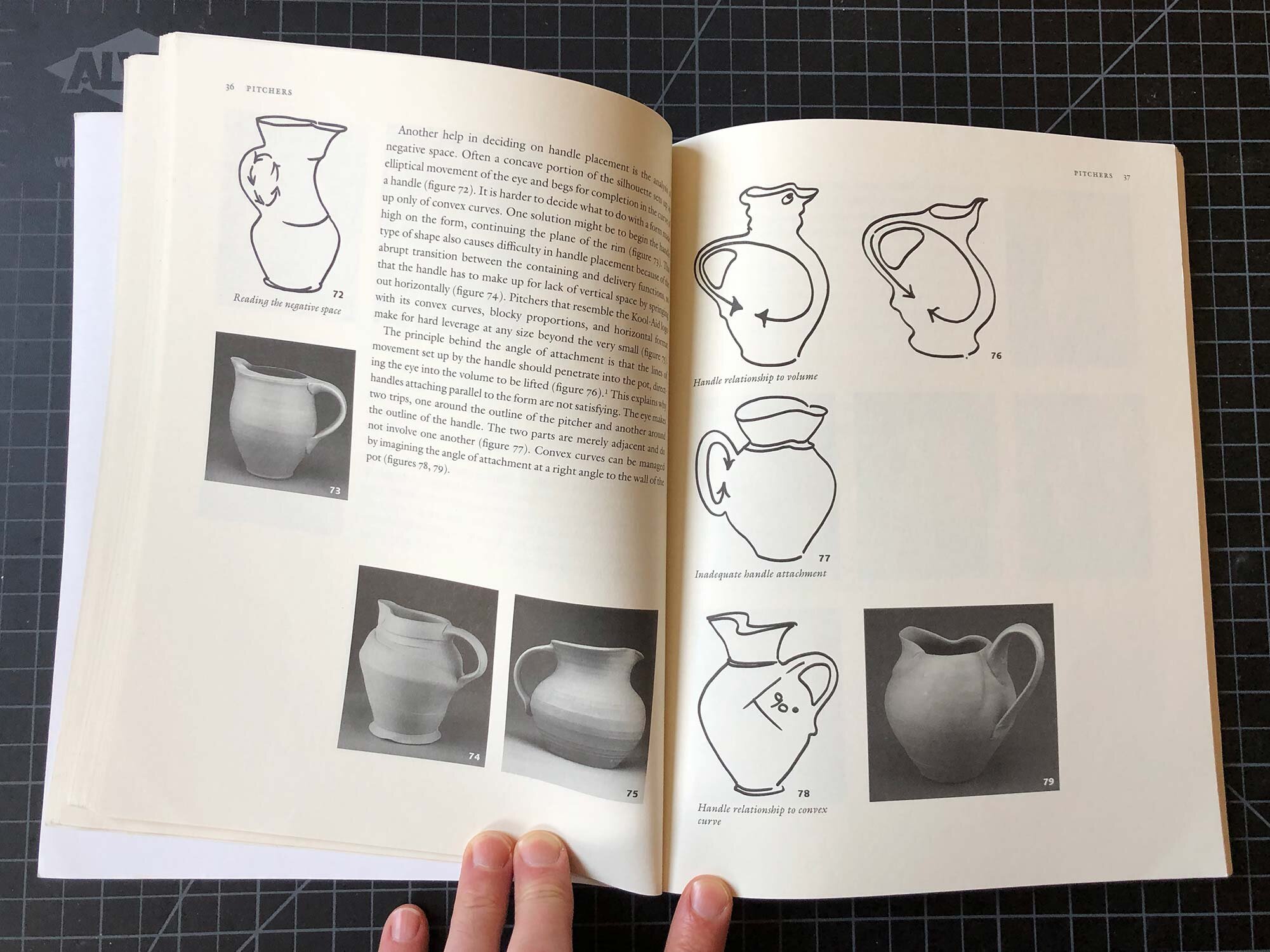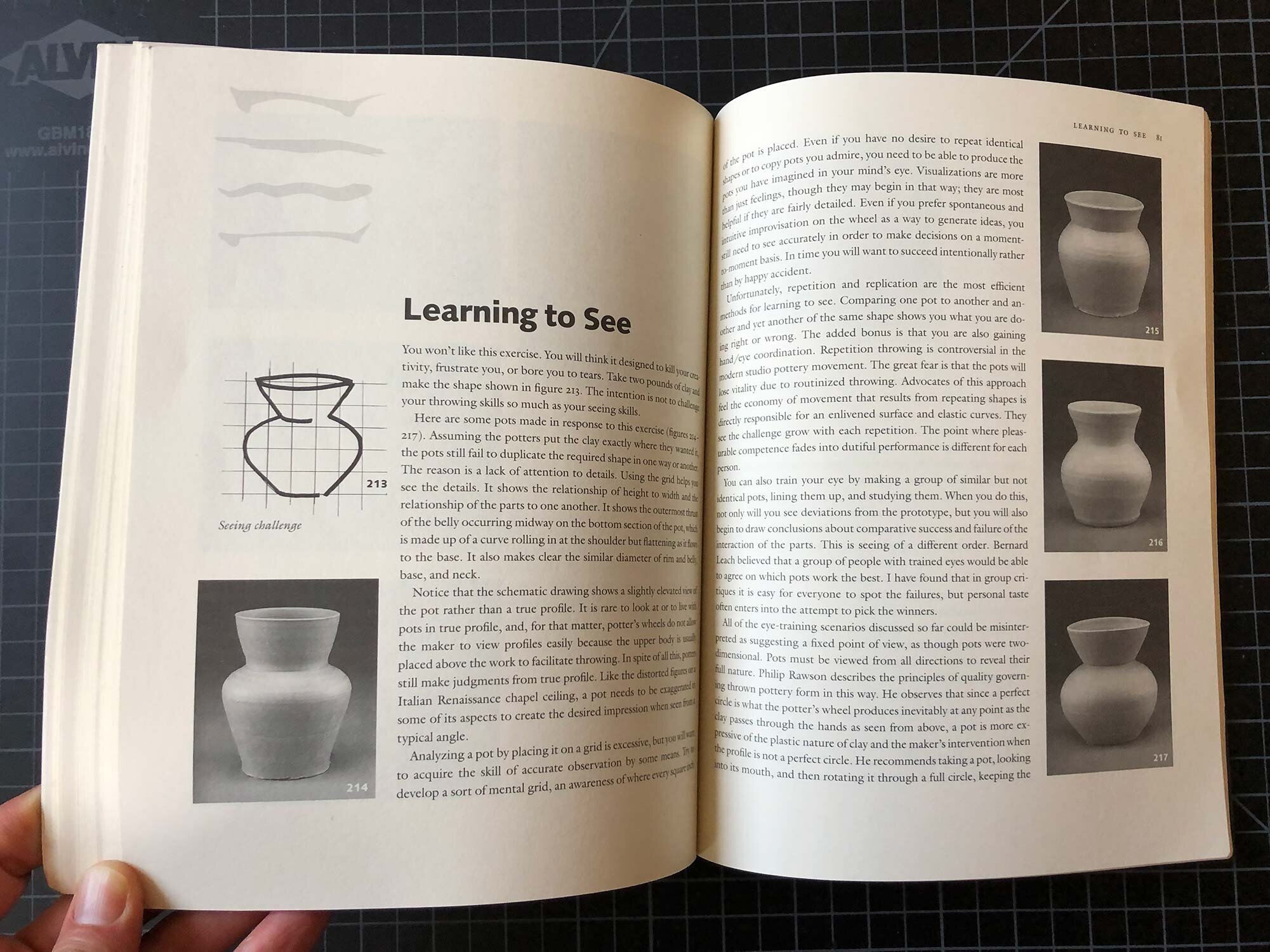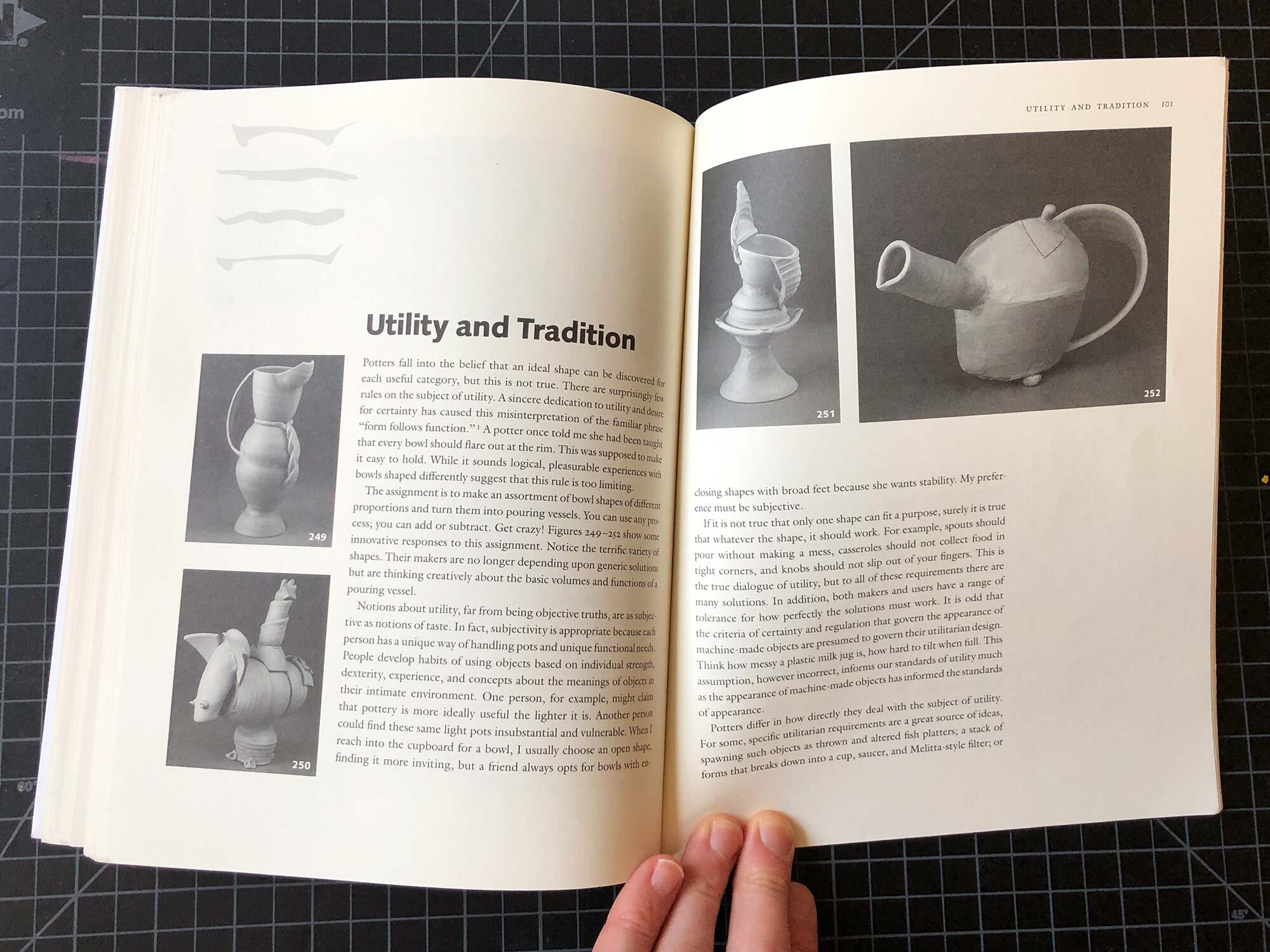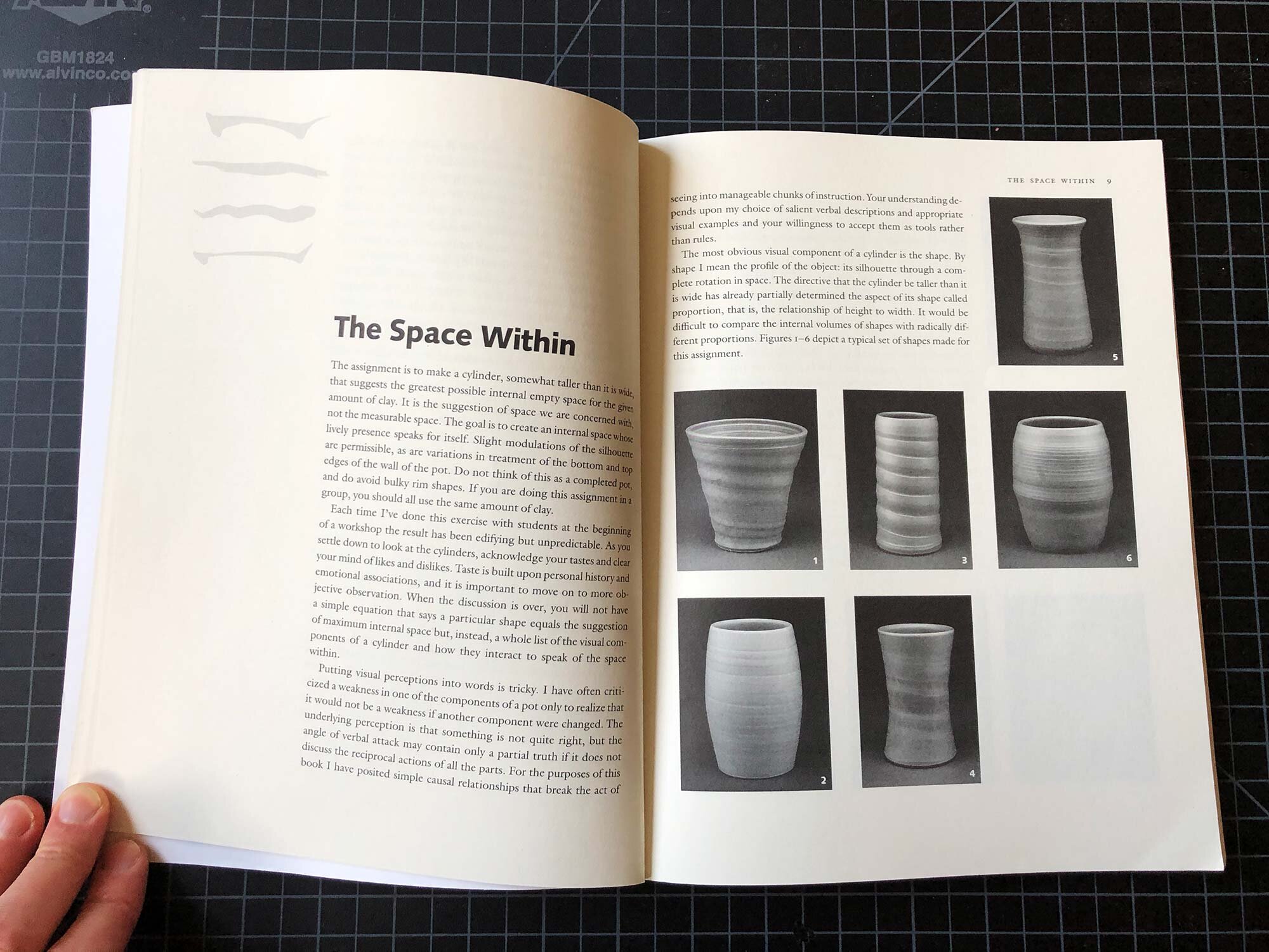The Speedball Artista table top wheel.
The Shimpo Aspire table top wheel.
NOTE: For an updated version of this guide, click here.
If you need a lightweight, compact pottery wheel your best option is a table top or portable wheel. These are especially popular for classrooms, at-home use, or if you need to put your wheel away on a shelf or closet. You can still get great results with table top wheels, but there are trade offs in power and other options found in full-size wheels. If portability isn’t your biggest concern, there are also larger wheels that can be used on table tops.
For portable wheels, there are basically two options:
Speedball Artista: A lightweight wheel with an 11” wheelhead and 1/3 HP motor (Shop Artista at Blick)
Shimpo Aspire: A lightweight wheel with a 7” wheelhead and 1/3 HP motor (Shop Aspire at Blick)
For full size wheels that can easily be converted to table top wheels, there are another two options:
Brent IE models: an entry-level full sized wheel that without legs is just 13” tall and can be used on a table top. (Shop IE at Blick) (Note: The IE models appear to have been discontinued as of 2021)
Shimpo VL-Whisper: Our top pick for a full size wheel, the VL-Whisper has a unique magnetic motor design that allows it to be used without legs as a table top wheel. (Shop VL-Whisper at Blick)
This guide will cover each of these models to help you make the decision that is right for you.
Table of Contents
Speedball Artist Portable Wheel
Shimpo Aspire Portable Wheel
Brent IE Wheel
Shimpo VL-Whisper
Other Table Top Options
Comparison Chart
Summary
Speedball Artista Table Top Wheel
The Speedball Artista wheel is designed for table top use.
The Speedball Artista is a popular table top pottery wheel that has optional foot pedal and leg attachments. It has a 1/3 horse power motor, an 11” wheelhead, can center up to 25 lbs of clay, and weighs just 26 pounds. The wheelhead, which has standard 10” bat pins, sits just 3 5/8” above whatever surface you set this on. That’s a lot of options in a small package that usually costs around $450 to $500.
The Speedball line of wheels. At right is the Artista with the optional leg and foot pedal attachments.
The optional legs and foot pedal will add about another $200 to the cost, giving you basically a full size pottery wheel. I wouldn’t recommend getting the Artista and all the attachments if what you really want is a full-size wheel (Check out the Speedball Clay Boss for that), but if you need something that you can move around, put away when not in use, and set up in a variety of places, then this is great option. It’s also a great wheel for kids, hobbyists, or that you can add to the corner of a classroom or home studio.
Shimpo Aspire Table Top Wheel
The Shimpo Aspire pictured with the optional foot pedal.
The Aspire is Shimpo’s table top option, with a 1/3 horse power, belt-driven 7 inch wheel head. It is rated to a 20 lb centering capacity, and the wheel has a max speed of 230 rpm via the hand lever, and up to 250 rpm if controlled by the optional foot pedal. The whole unit weighs 31 lbs, making it relatively easy to put away on a shelf or closet when not in use.
The Aspire costs about the same as the Speedball Artista, generally around $480 to $530, but unlike the Artista, it is solely a table top wheel. It does not have optional legs, but there is an optional foot pedal for an extra $60. The wheel head is small, but adequate for the amount of clay it can handle. And there are a variety of bats that will fit the 6” bat pin spacing.
The decision here is a bit simpler than with the Artista because it is a dedicated table top machine that is lightweight and dependable. Aside from the optional foot pedal, it doesn’t have a lot of bells and whistles but it’s a quality Shimpo machine that might be the right wheel for your situation.
Brent IE Pottery Wheel
The Brent IE-X, the upgraded 1/3 HP version of Brent’s entry-level wheel.
Note: as of spring 2021, the IE wheels are no longer listed on Brent’s website and appear to have been discontinued. You may still find them at some suppliers, or used.
The IE is the entry-level wheel from Brent, and while not exactly a portable wheel, it does feature adjustable legs that allow it to be easily used as a table top wheel. In this configuration, the wheelhead sits 13” above the surface it is placed on. The IE weighs around 90 lbs so once it is placed on a table top, you’re probably not going to want to move it that often.
The IE has a 1/4 horse power motor, a 12” wheelhead, a 75 lb centering capacity, a top speed of 240 RPM, and the legs are adjustable from 20 high to 25” high. The base IE model can be upgraded to the same features with a reversing switch (the IE-R model), or the IE-X features a 1/3 HP motor with a 14” wheelhead.
The IE will give you the same dependable quality that Brent is known for, but to me, it’s a model that doesn’t really fill a niche. With a base price of around $1200 to $1300, it is a LOT more expensive than an entry-level budget wheel such as the Speedball Clay Boss. And it’s not too much cheaper than a really great, more powerful wheel found in the Brent line or other manufacturers.
Where the IE does shine is the flexibility for table top use. If you want a full-size table top wheel and you prefer Brent wheels, than this is the wheel for you.
Shimpo VL-Whisper
With the legs removed, the Shimpo VL-Whisper makes a great table top wheel.
The Shimpo VL-Whisper is not only our top-rated full-size wheel, it is also a great option for table top use. With the virtually silent, magnet-driven wheel, the VL-Whisper has a flat design that can sit on a table top when the legs are removed. Like the IE, the wheelhead does sit relatively high off the table top, but if you want a table-top or standing wheel with all the bells and whistles of a top-of-the-line wheel, this is a great option.
Rather than a motor and belt, the VL-Whisper is driven by a virtually silent series of magnets that spin the wheel.
The VL-Whisper (or Velocity) has a 1/2 horse power motor, a 14” wheel head, a reversible switch, and can center up to 100 lbs. At around 135 lbs, it is heavy, but it’s a sturdy machine with the quietest motor on the market. At a typically price of $1350–$1450, it hits that sweet spot of great performance and options, while being in about the middle of the price range for full size wheels.
While it can be a table top wheel, the VL-Whisper is certainly not portable or that easy to move and put away. But if you are comparing it to the IE, it’s got a lot more options for just a bit more money. It’s a great wheel.
Other Table Top Wheel Options
Another option is the U.S. Art Supply 3/4 HP Table Top pottery wheel. It has a stronger motor than other table top options, an 11” wheelhead with proprietary 3-pin bats, can go forward and reverse, tops out at 300 rpm, has a foot pedal, and weighs around 43 lbs.
They have really packed a lot of features into this table top wheel and it is in the same price range as the Artista and Aspire—around $500, though it is heavier.
The reviews on this wheel are really mixed. Some people love it and have had great success, recommending it for beginners or intermediate potters. Some say it wobbles but others describe it as quite sturdy. In general, everyone agrees that the splash pan is not the best. With a one-year warranty, I can only recommend this wheel with reservations. For the price, I would go with the Artista or Aspire. And for around $200 more, you could get a full-size wheel like the Speedball Clay Boss.
In addition to the U.S. Art Supply table top wheel, there are a variety of generic wheels for sale. They range anywhere in price from $150 to $500, so they seem like a great budget option. But you may end up with a machine that breaks down quickly and is not well built. In general, I would go with the trusted pottery wheel manufacturers that provide a 2, 5, or even 10 year warranty on their wheels. The last thing you want is to buy a junky machine, so go with a wheel that will stand the test of time.
Table Top Pottery Wheel Comparison Chart
Below is a chart with all the wheels mentioned in this post.
Table Top Pottery Wheels
Click the model name to shop at Dick Blick or Amazon.| Model | Typical Price | Motor (HP) | Wheelhead Diameter |
Bat Pin Diameter |
Reversible | Dimensions | Weight | Speed (RPM) | Warranty | Capacity |
|---|---|---|---|---|---|---|---|---|---|---|
| Speedball Artista | $459–$567 | 1/3 HP | 11" | 10" | No, but available as R or L handed | 24 x 18 x 9" | 26 lbs | 0-220 | 2 years | 25 lbs |
| Shimpo Aspire | $480–$565 | 1/3 HP | 7" | 6" | No | 14.5 x 20 x 9" | 31 lbs | 0-230 hand, 0-250 foot pedal | 5 years | 20 lbs |
| US Art Table Top | $500 | 3/4 HP | 11" | Custom 3 pin design | Yes, switch | 17 x 26 x 13" | 42.3 lbs | 0-300 | 1 year | 25 lbs |
| Brent IE | $1,198–$1,475 | 1/4 HP | 12" | 10" | Optional upgrade | 21 x 26 x 13" high or 20-25 with legs" | 93 lbs | 0-240 | 5 years | 75 lbs |
| Brent IE-X | $1,348–$1,685 | 1/3 HP | 14" | 10" | Yes, switch | 21 x 26 x 13" high or 20-25 with legs" | 93 lbs | 0-240 | 5 years | 100 lbs |
| VL-Whisper | $1,250–$1,550 | 1/2 HP, 400w | 14" | 10" | Yes, switch | 23.2 x 27.5 x 22.75" | 122 lbs | 0-250 | 5 years | 100 lbs |
For a comparison of all types of wheels including full size wheels, click here.
And for our buyer’s guide to full-size wheels, click here.
Summary
Table top pottery wheels are great options for a wide variety of potters. Portable wheels work for kids, classrooms, home use, or if you need to bring a wheel for a demo. If you just want table top wheels, you can also easily modify a few heavier full-size wheels to use on table tops. The wheels covered in this post are all well-built, dependable options for table top use, and a few are light enough to be truly portable. Given the choice, I would recommend a full-size wheel such as the VL-Whisper, but if you are going for your first wheel or need a lightweight, portable option, dropping $500 on the Shimpo Aspire or Speedball Artista will get you a wheel that will hold up under years of use.
What table top pottery wheels do you prefer? Let us know in the comments.
